Title
Heiland
Category
Photography
Format
Long-term multimedia project
Year
2020–ongoing
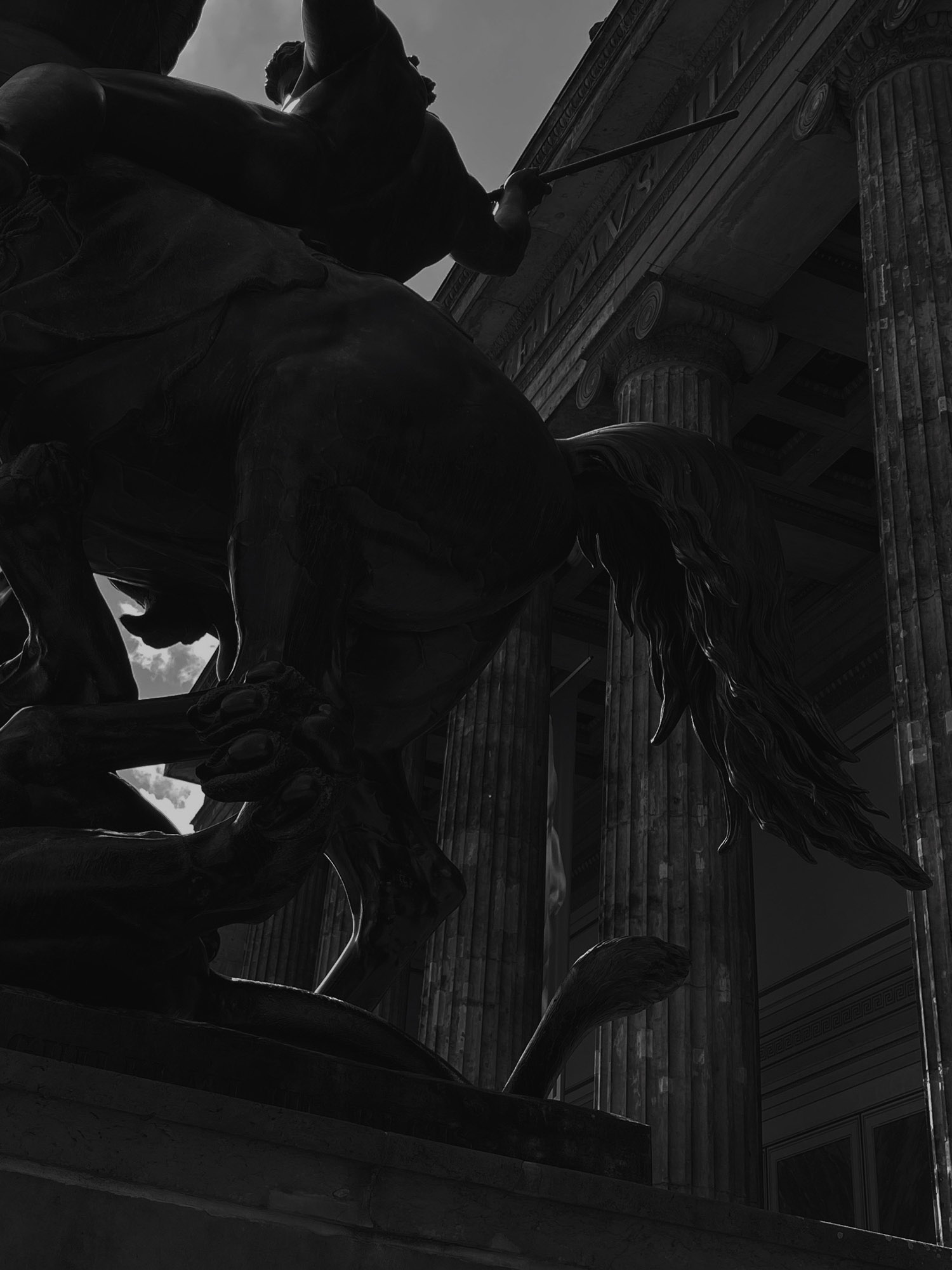
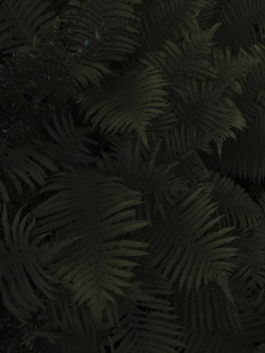
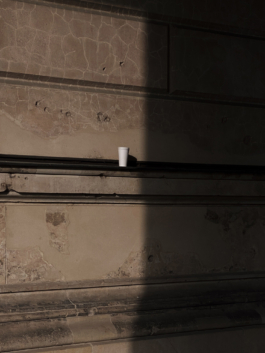
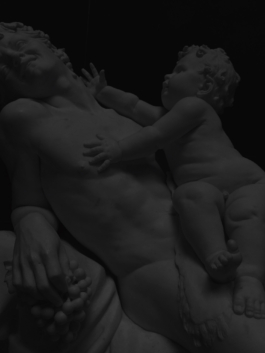
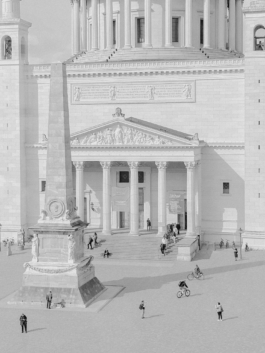
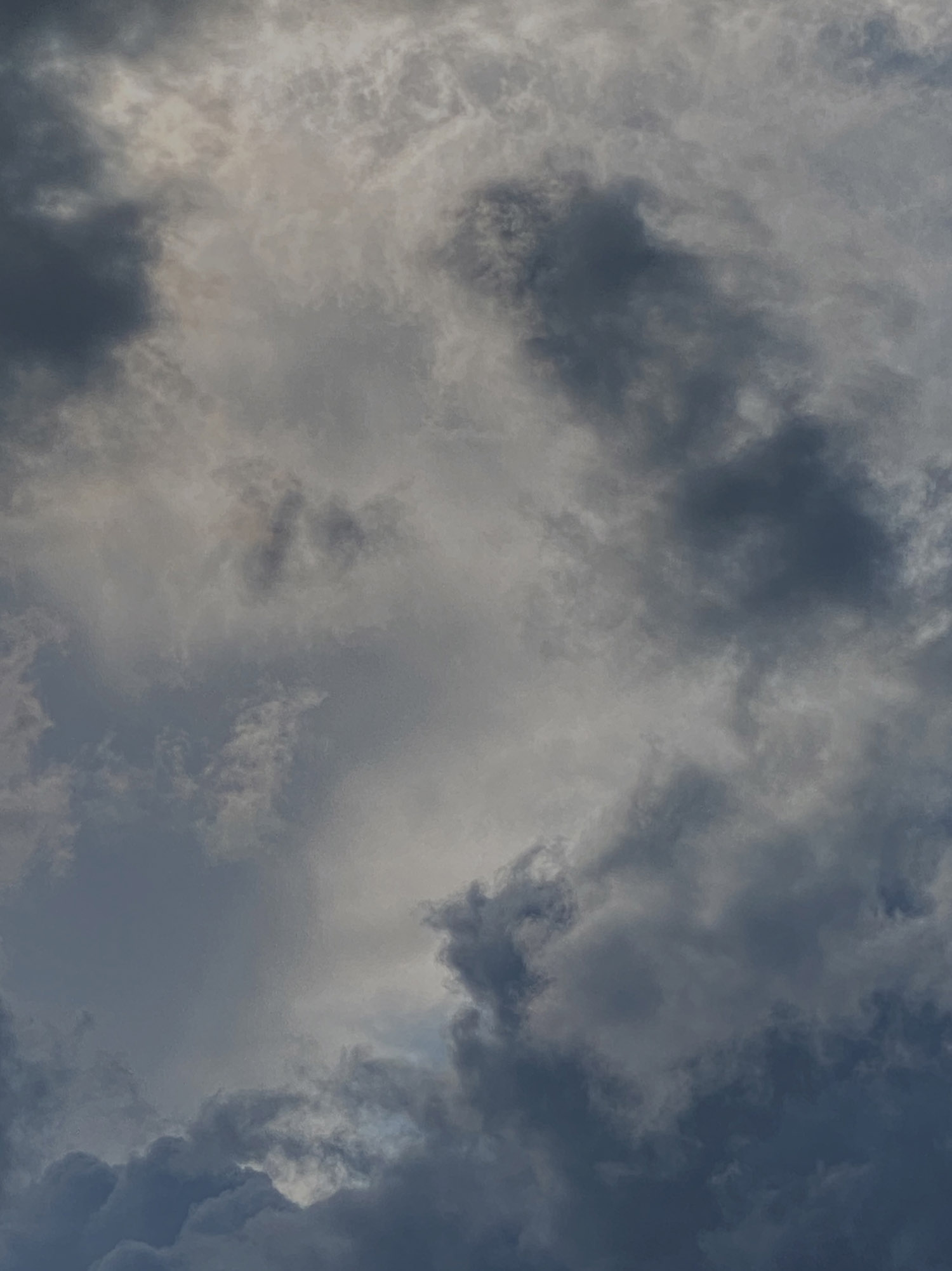
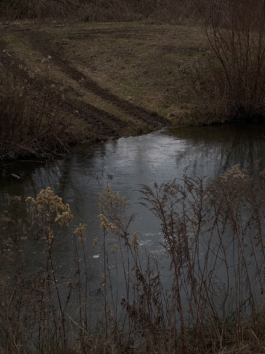
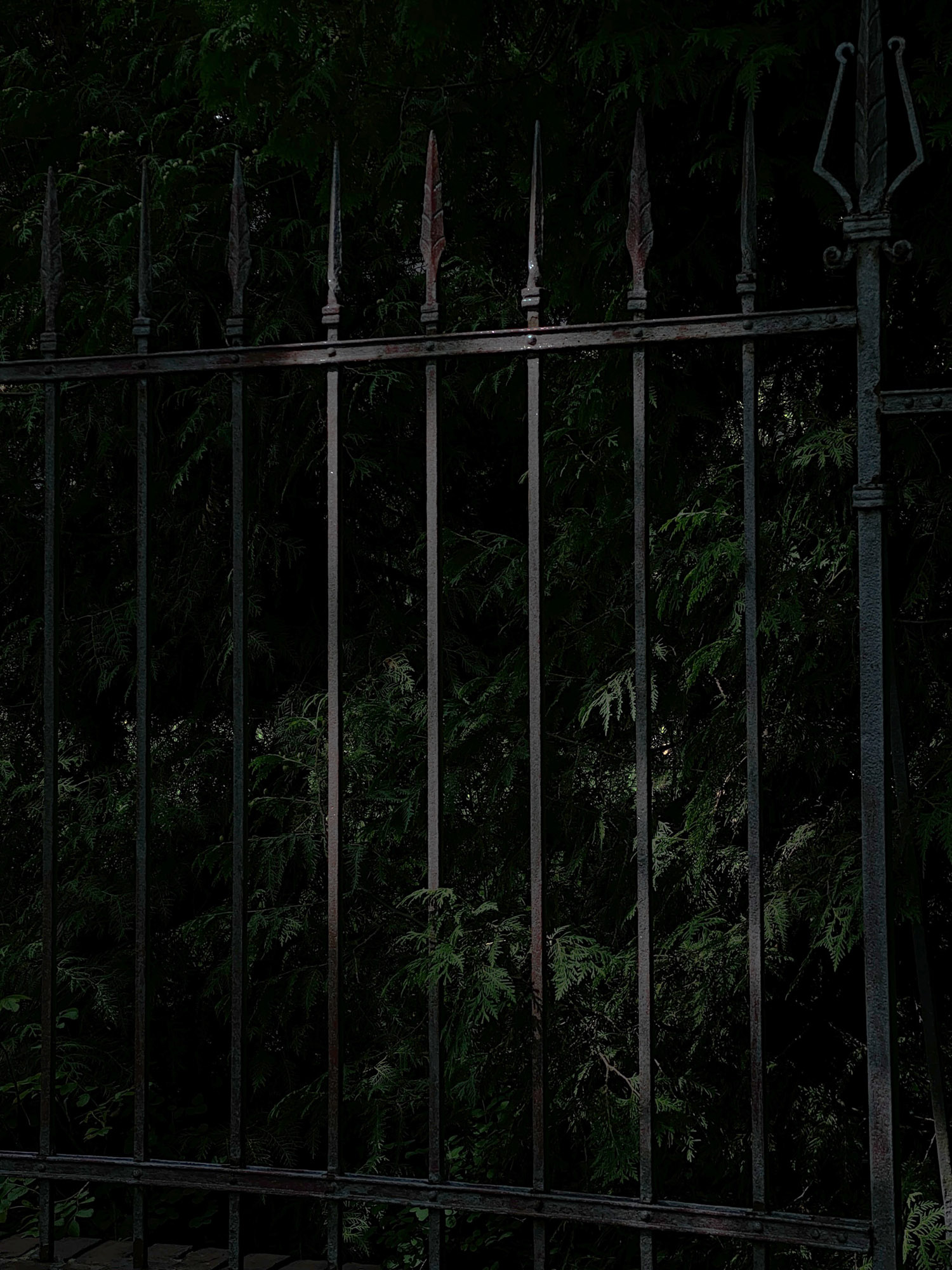
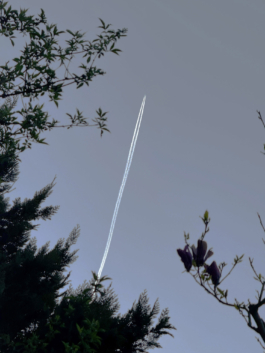
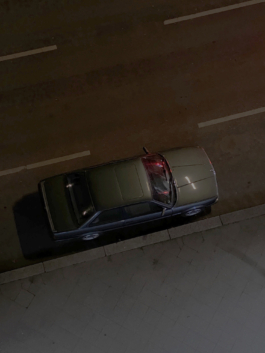
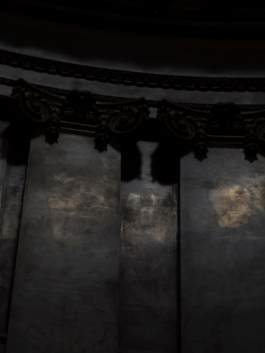
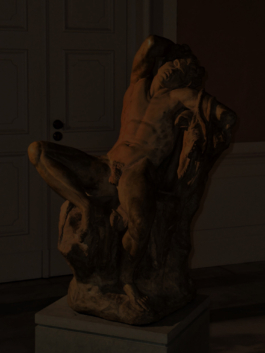
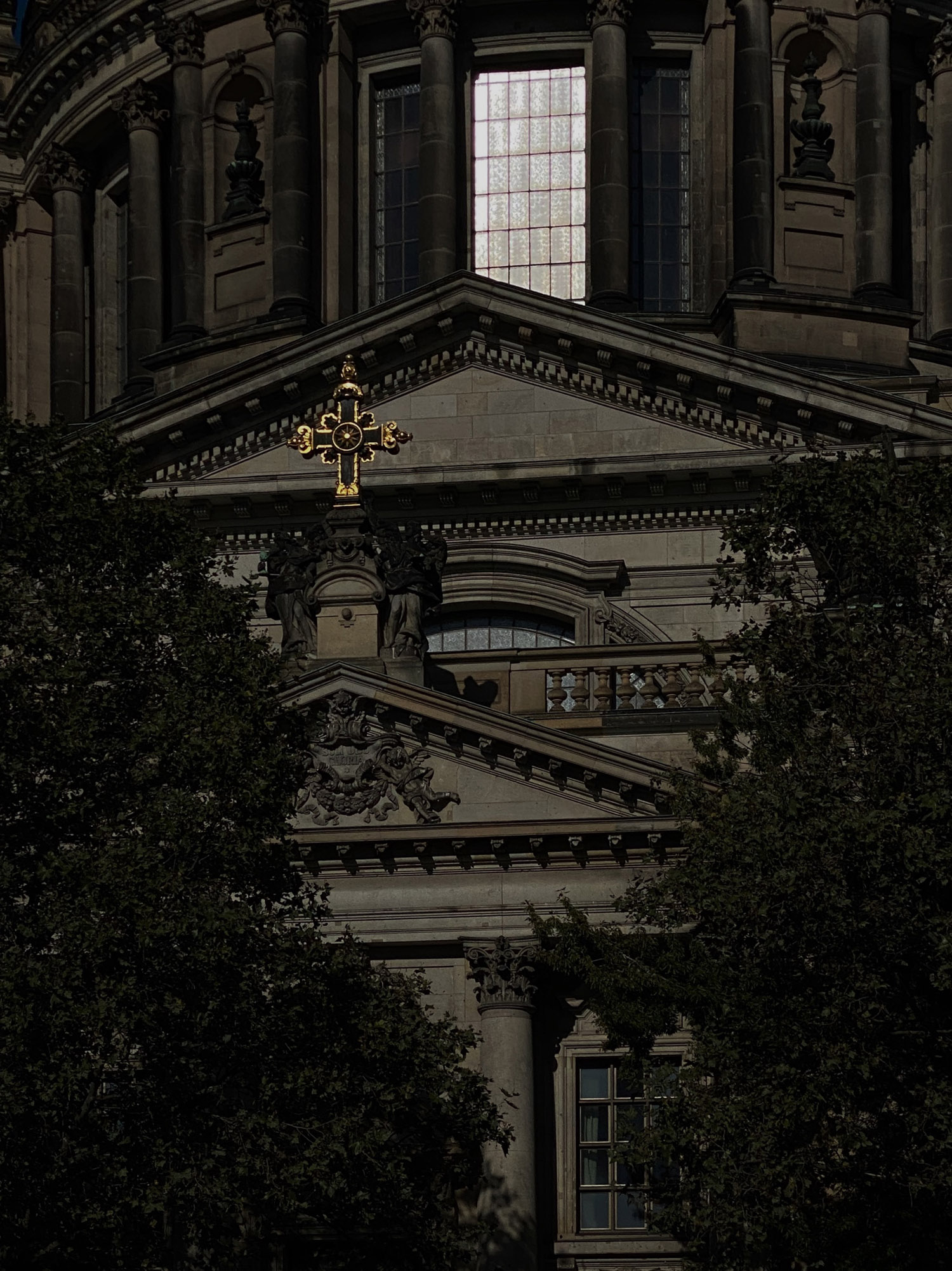
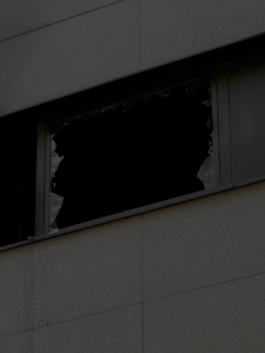
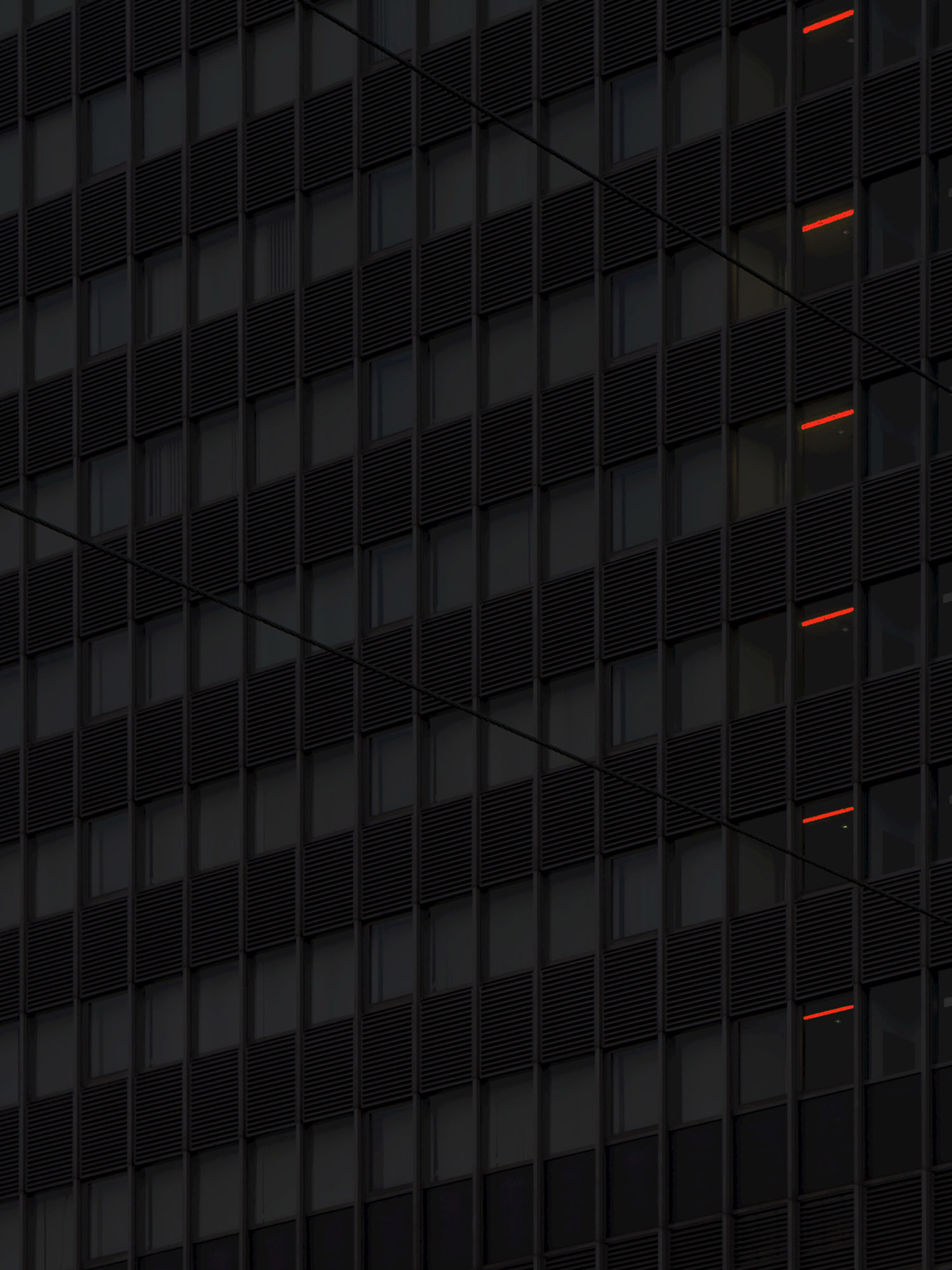
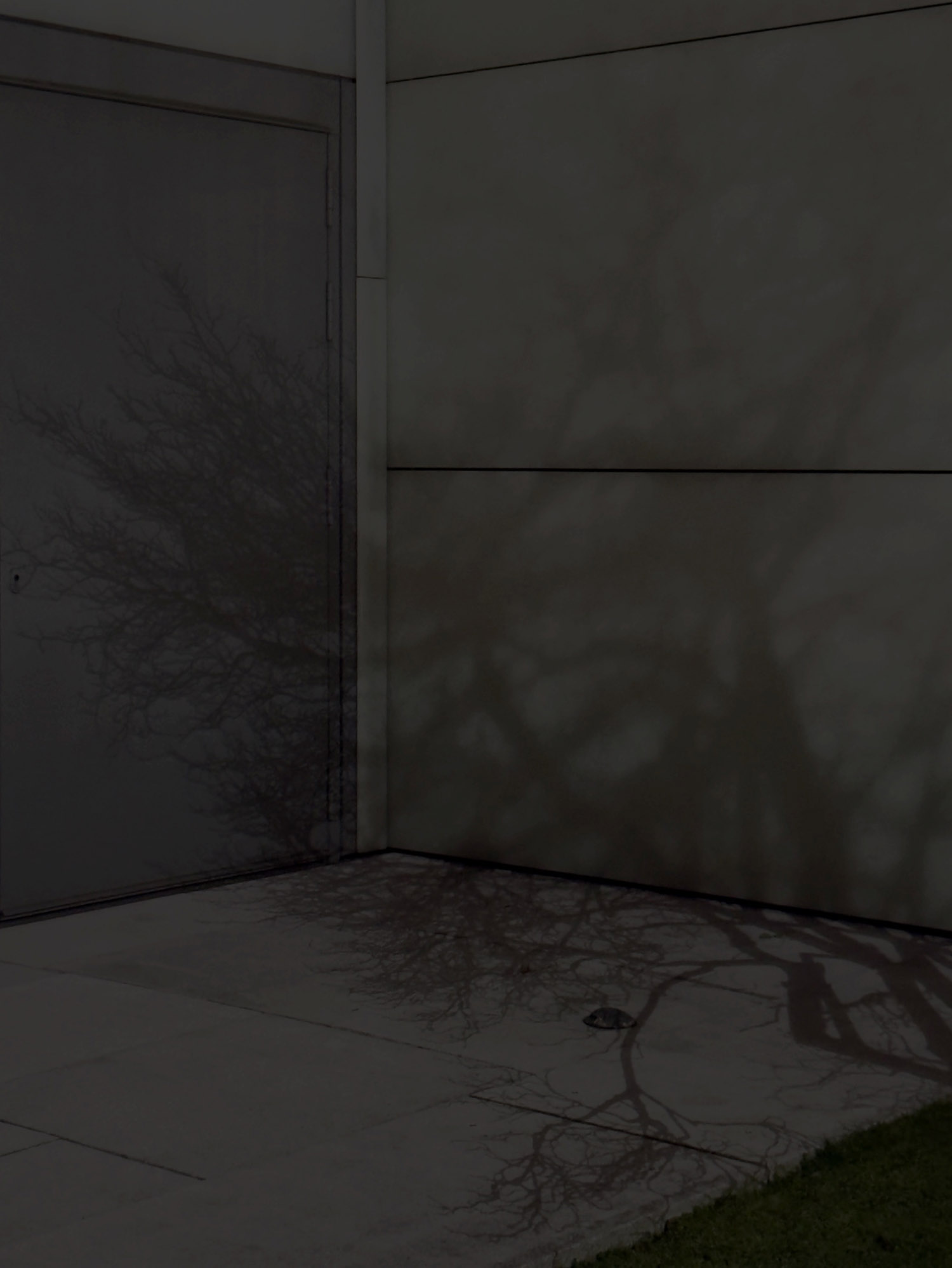
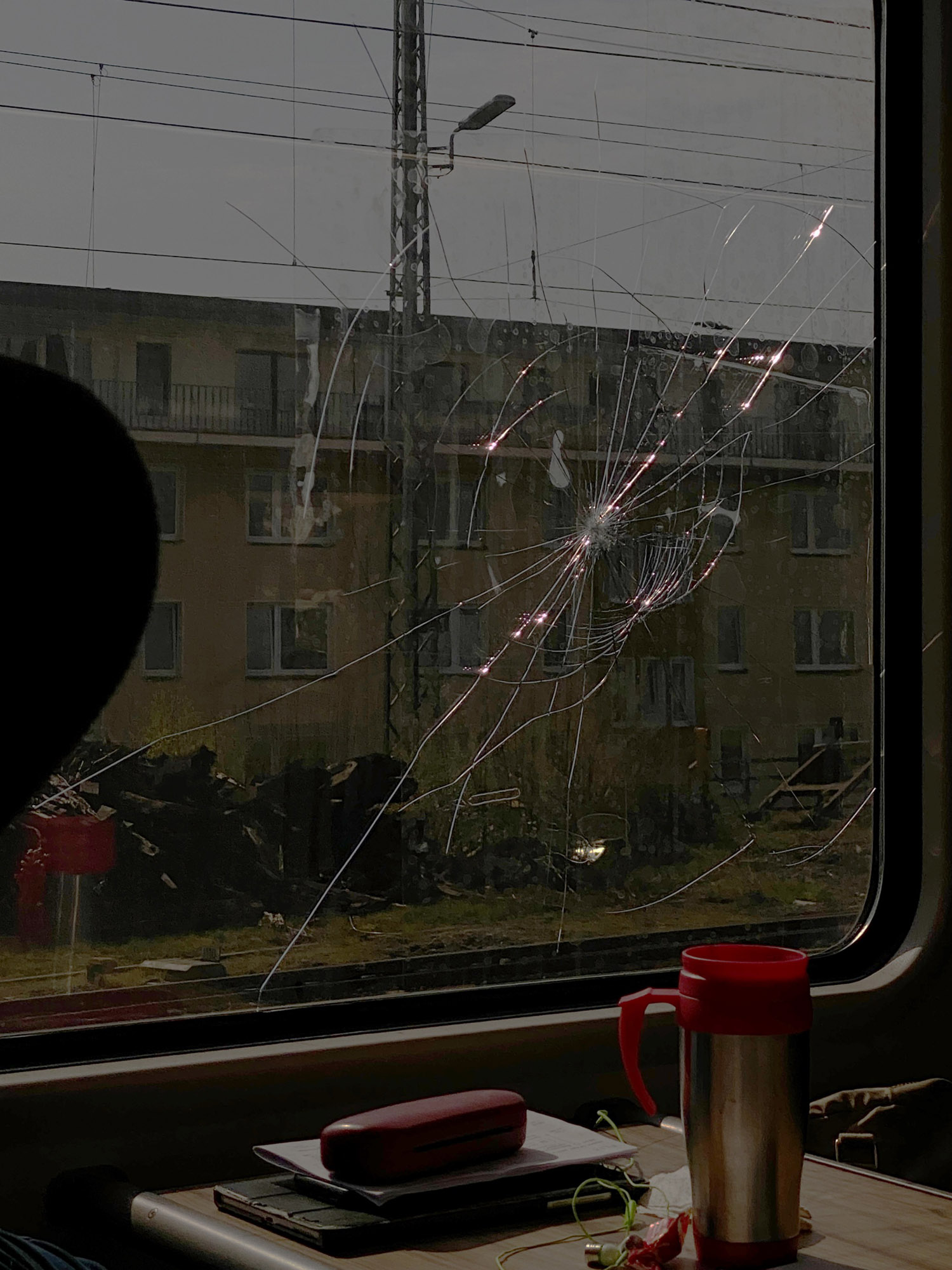
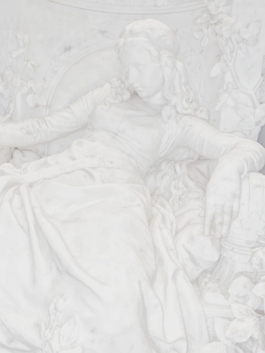
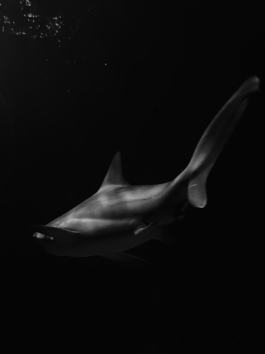
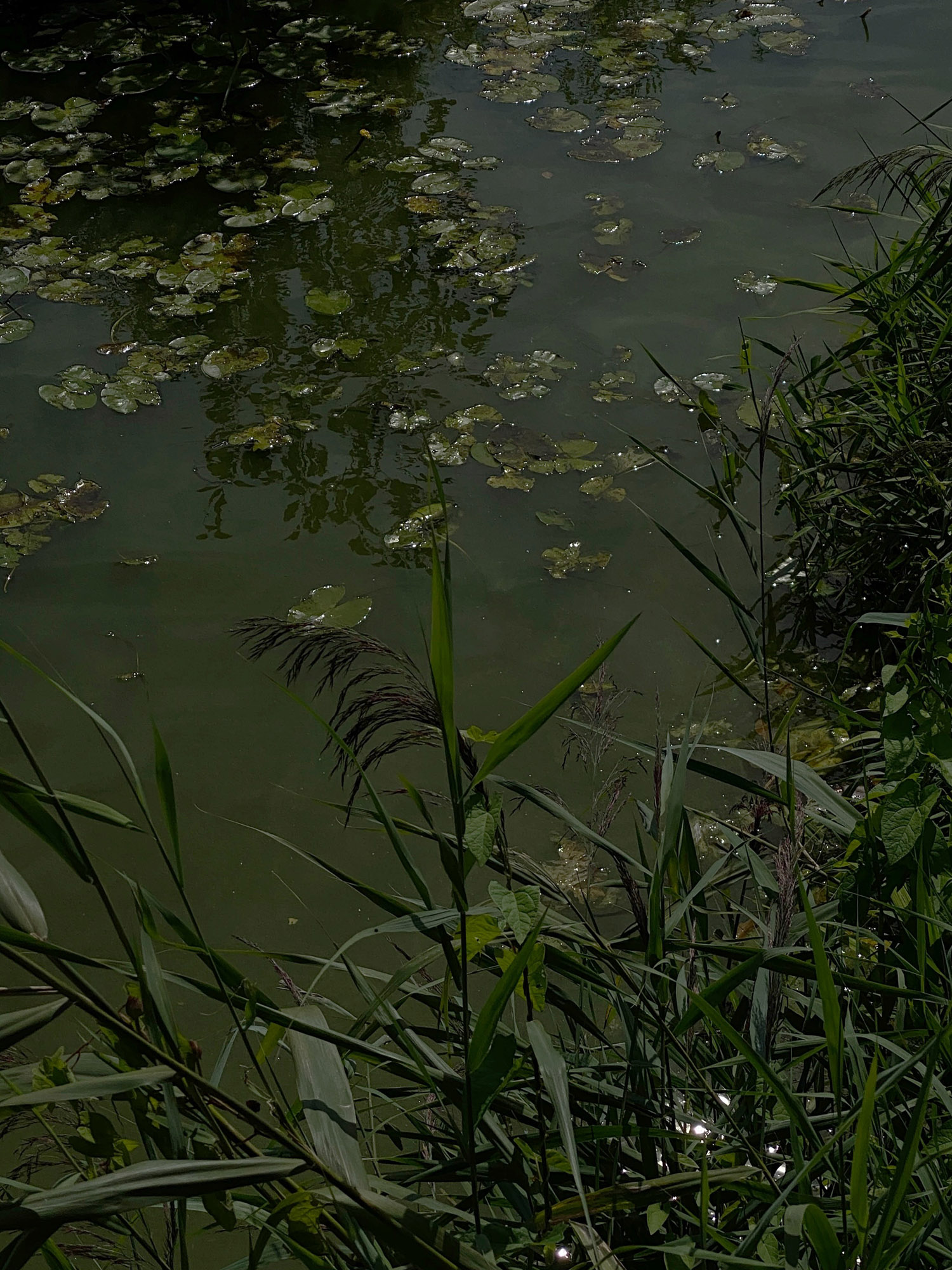
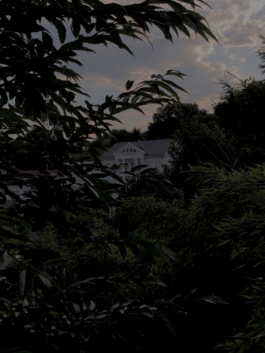
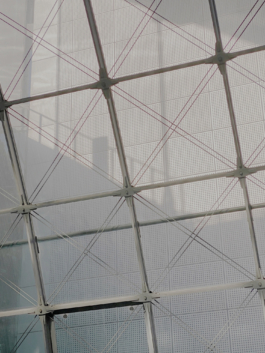
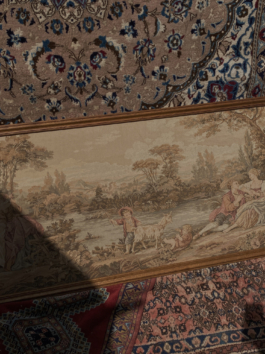
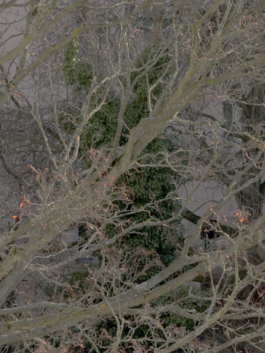
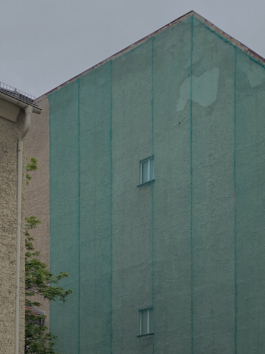
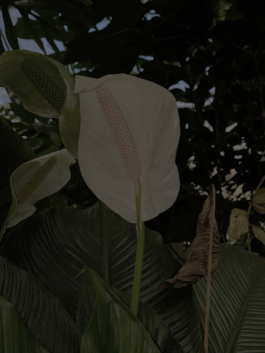
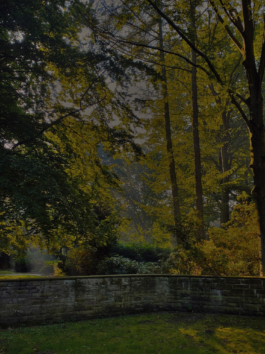
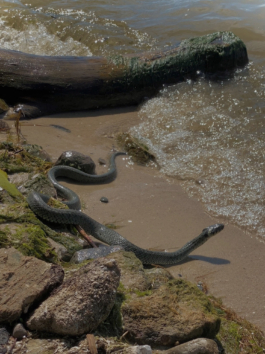

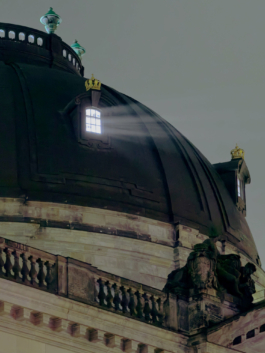
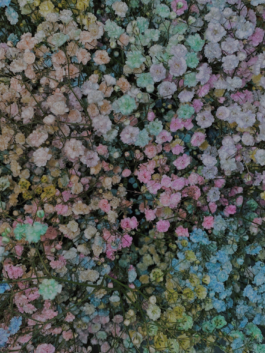
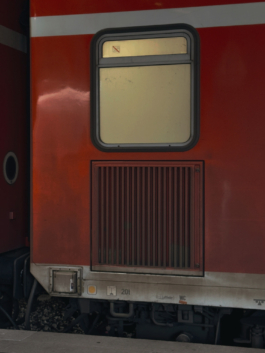
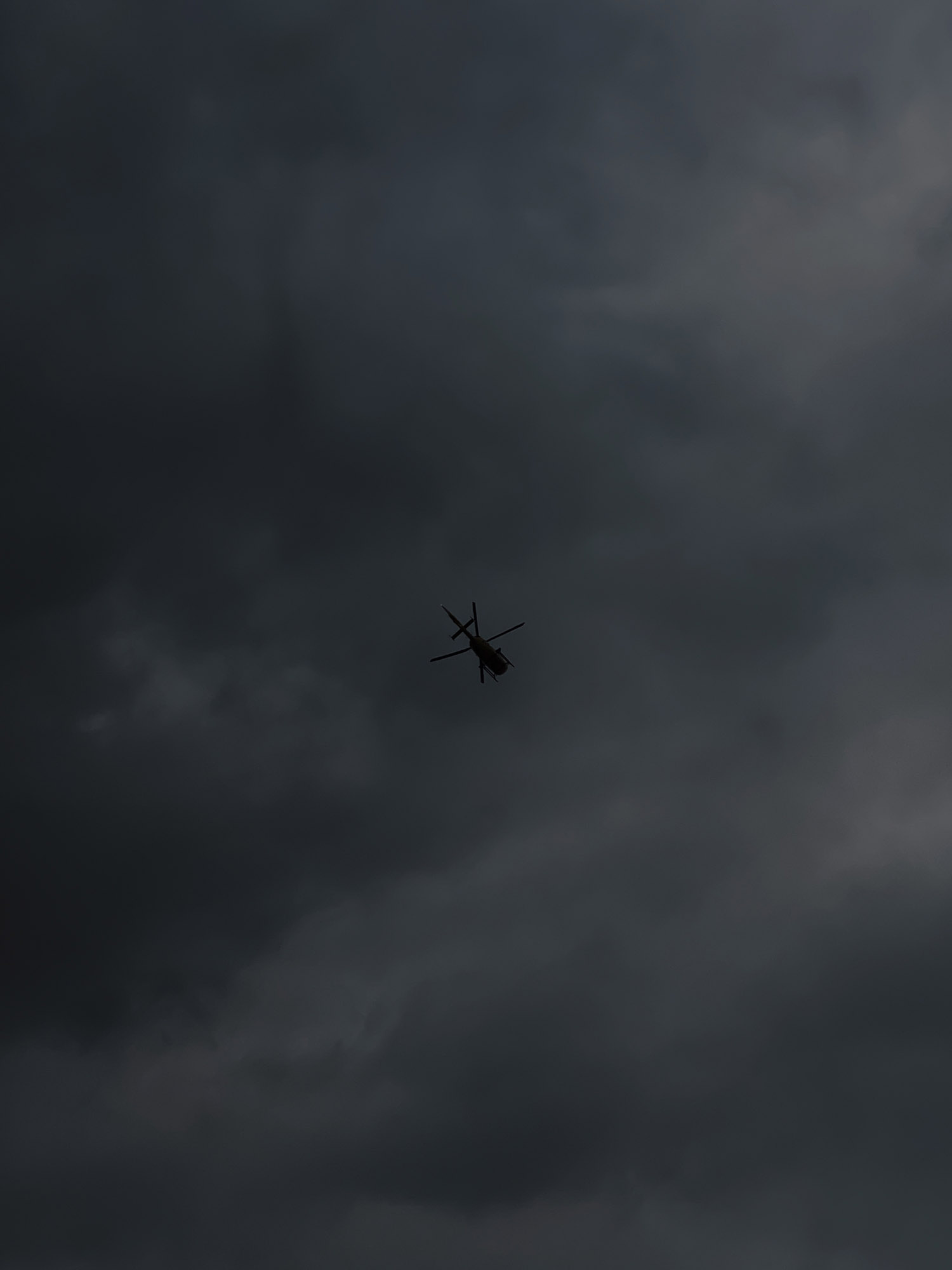
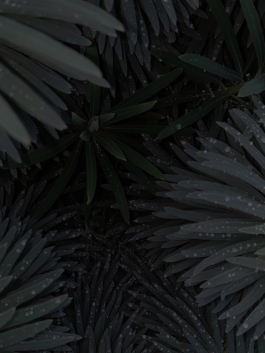
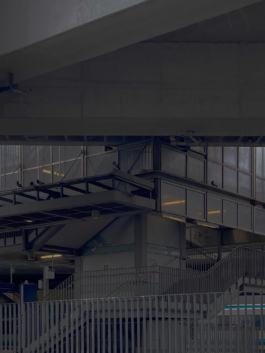
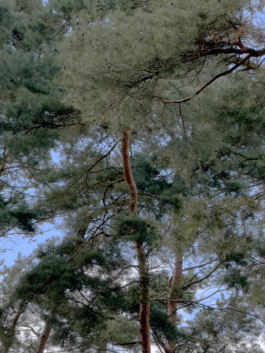
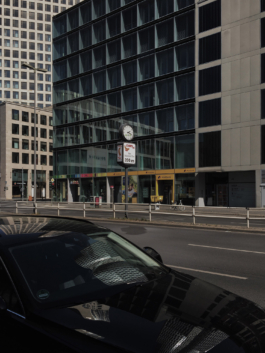
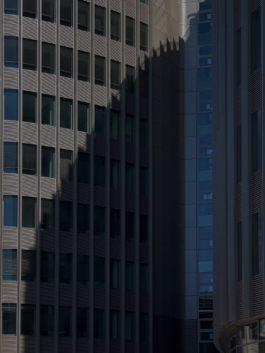
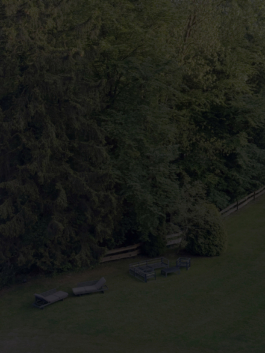
Notes on an Urban Landscape
Photography, text, book design
14,8x21 cm
2025
The urban landscape is a space where nature and architecture meet, intersect, and are continually renegotiated. Notizen einer Stadtlandschaft engages with this relationship between urban space and nature by making visible how green areas, trees, and hedges are embedded in the architecture of Berlin. The work focuses on the everyday, inconspicuous aspects of this urban nature that are often overlooked, showing how they can nonetheless serve as places of retreat and contemplation.
The 36 black-and-white photographs trace the boundaries of the Berlin district Tempelhof-Schöneberg and draw on classical motifs and topoi found in depictions of Arcadia—an idealized landscape in art history. The aim is not to repeat these concepts in a romanticizing way, but to translate them into the context of the contemporary city: the locus amoenus (the pleasant or idyllic place) is reinterpreted and situated within urban life.
Notizen einer Stadtlandschaft is a visual reflection on the transience and presence of nature within the city. It asks where we go to withdraw, where we pause, and whether it is possible to find a personal connection to nature within a structured urban environment. It invites viewers to consider the significance and value of these seemingly banal places and to sharpen their perception for the unspectacular.
↘︎ Download full text PDF (DE)
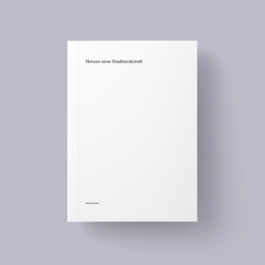
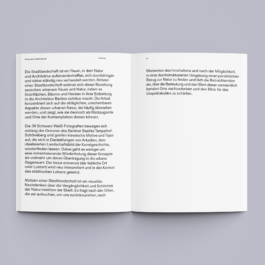
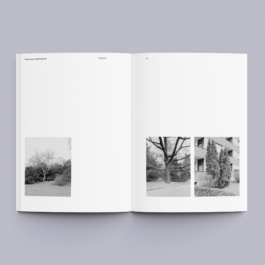
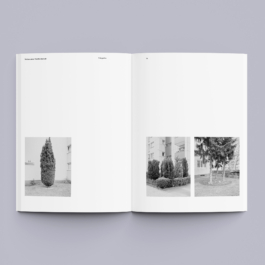
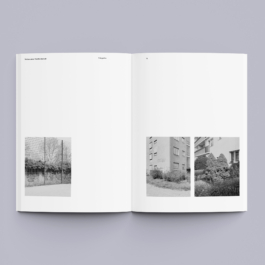
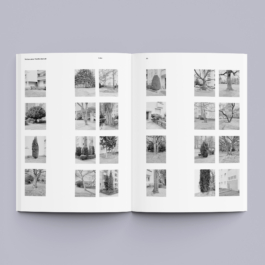
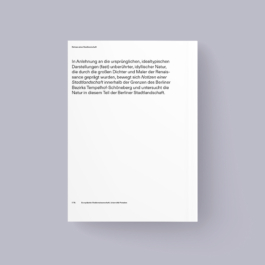
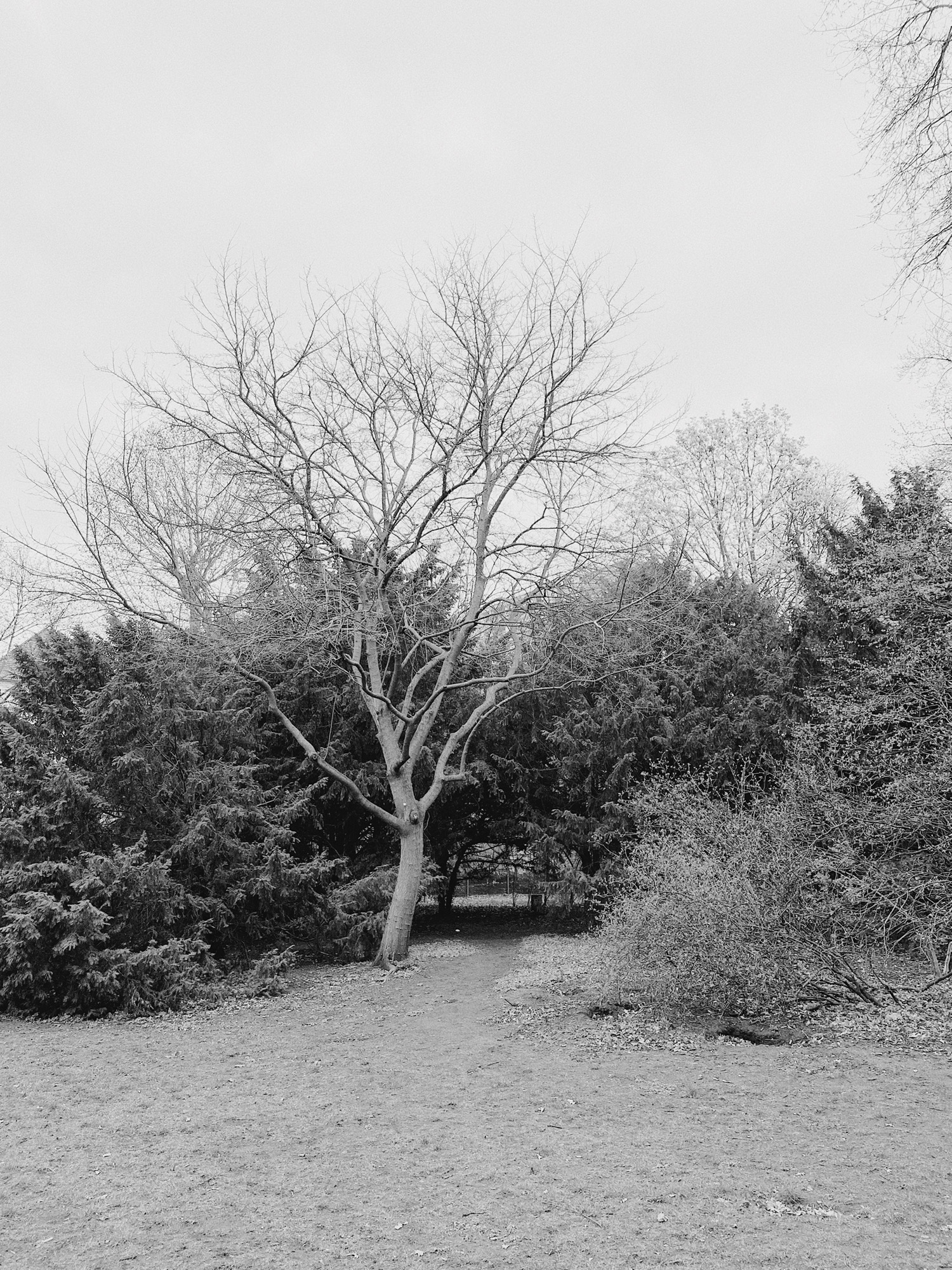
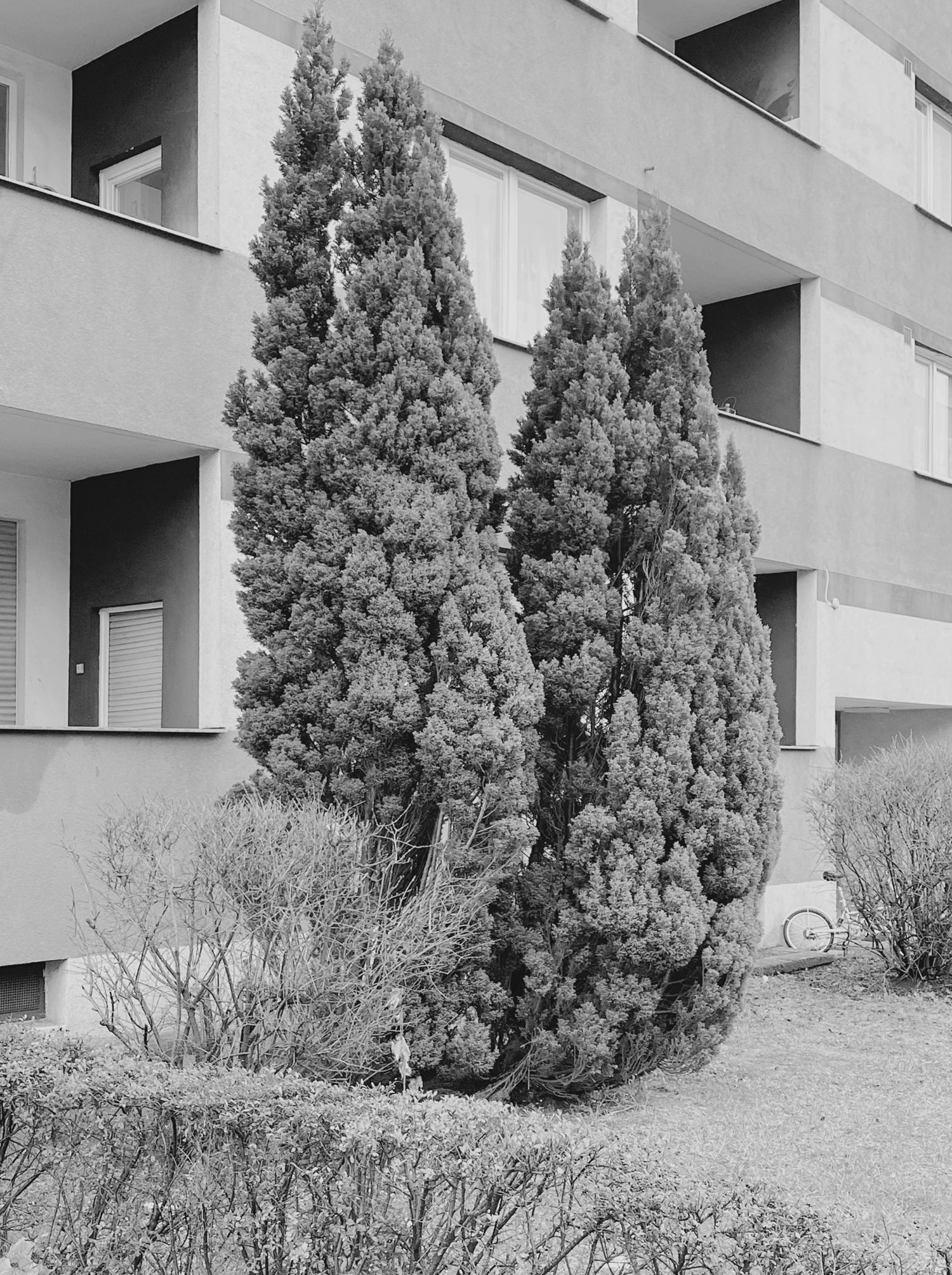
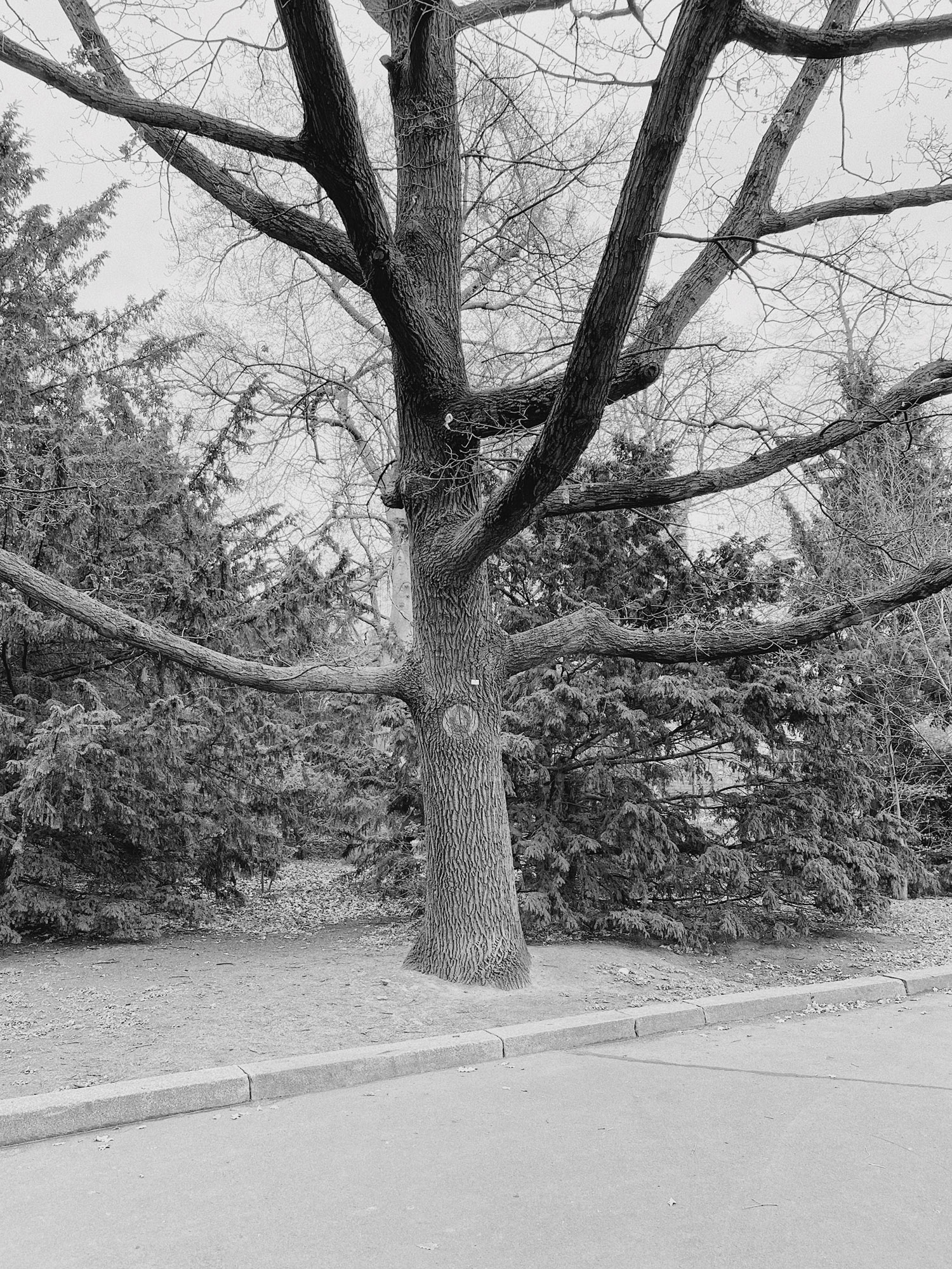
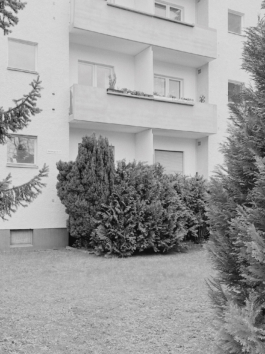
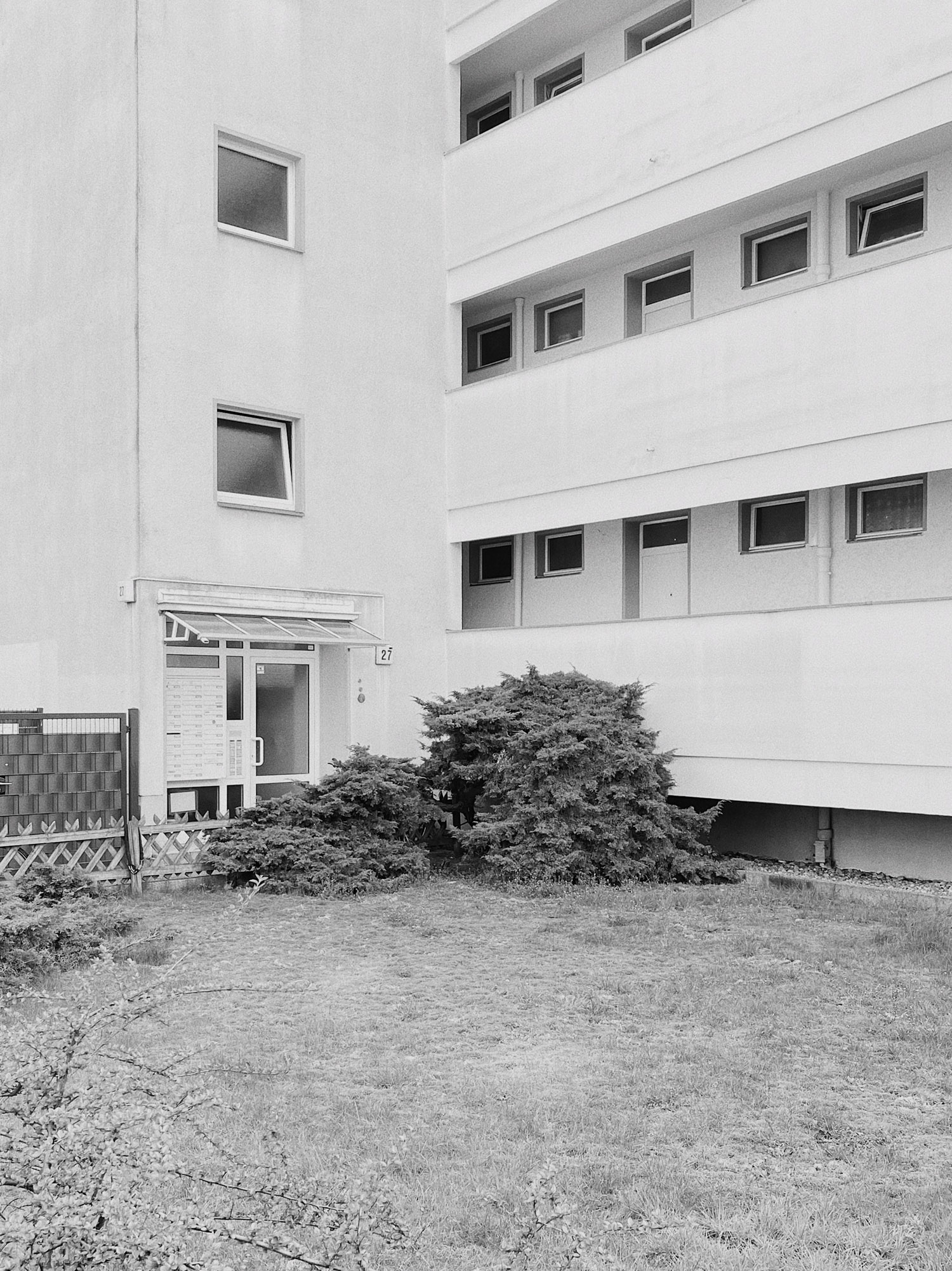
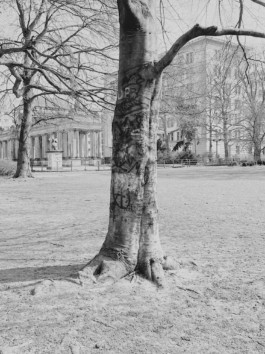
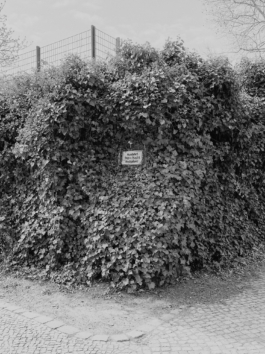
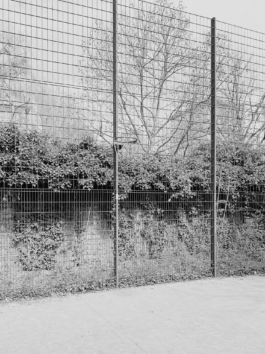
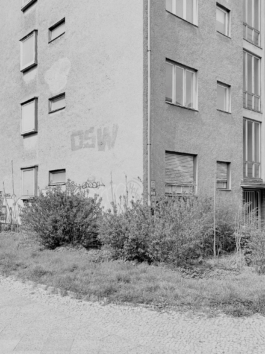
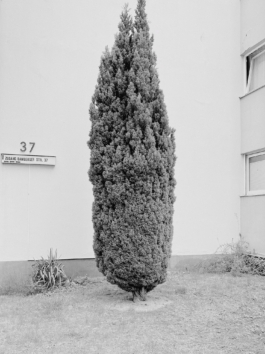
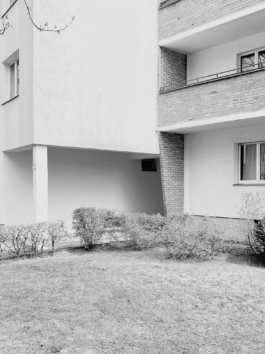
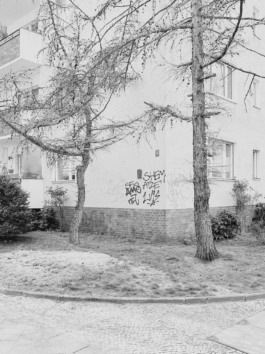
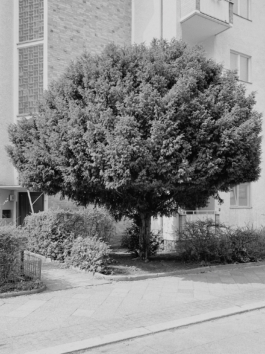
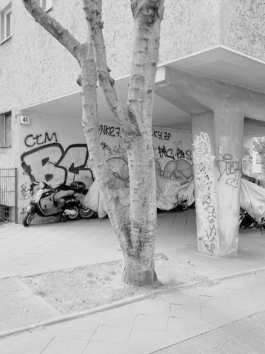
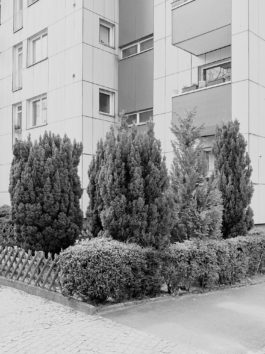
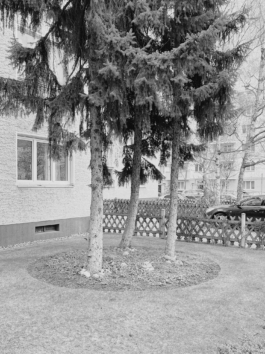
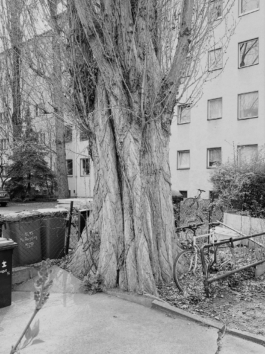
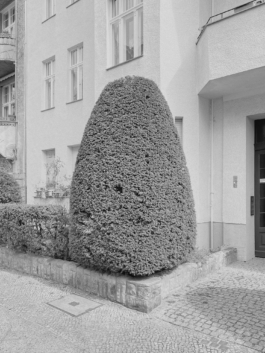
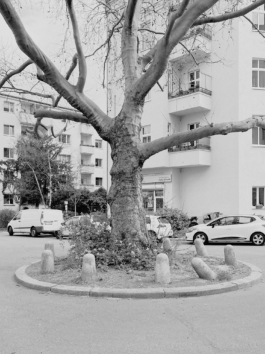
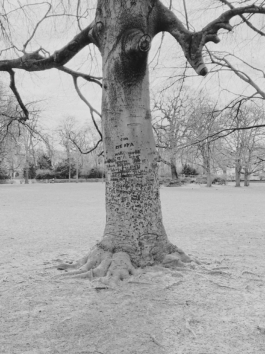
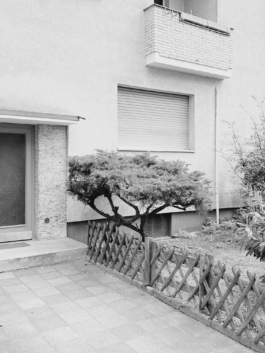
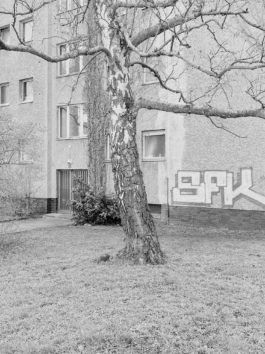
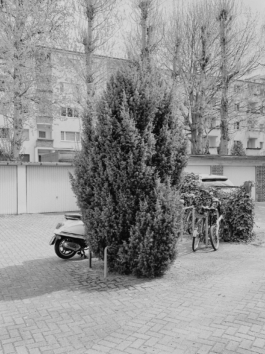
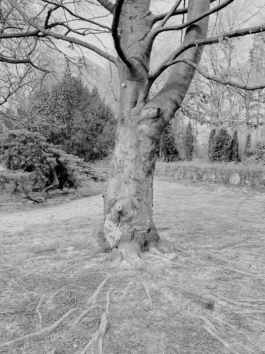
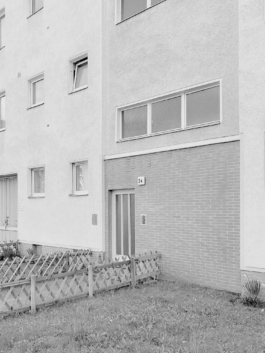
SEOUL
Photography
Field notes
2025
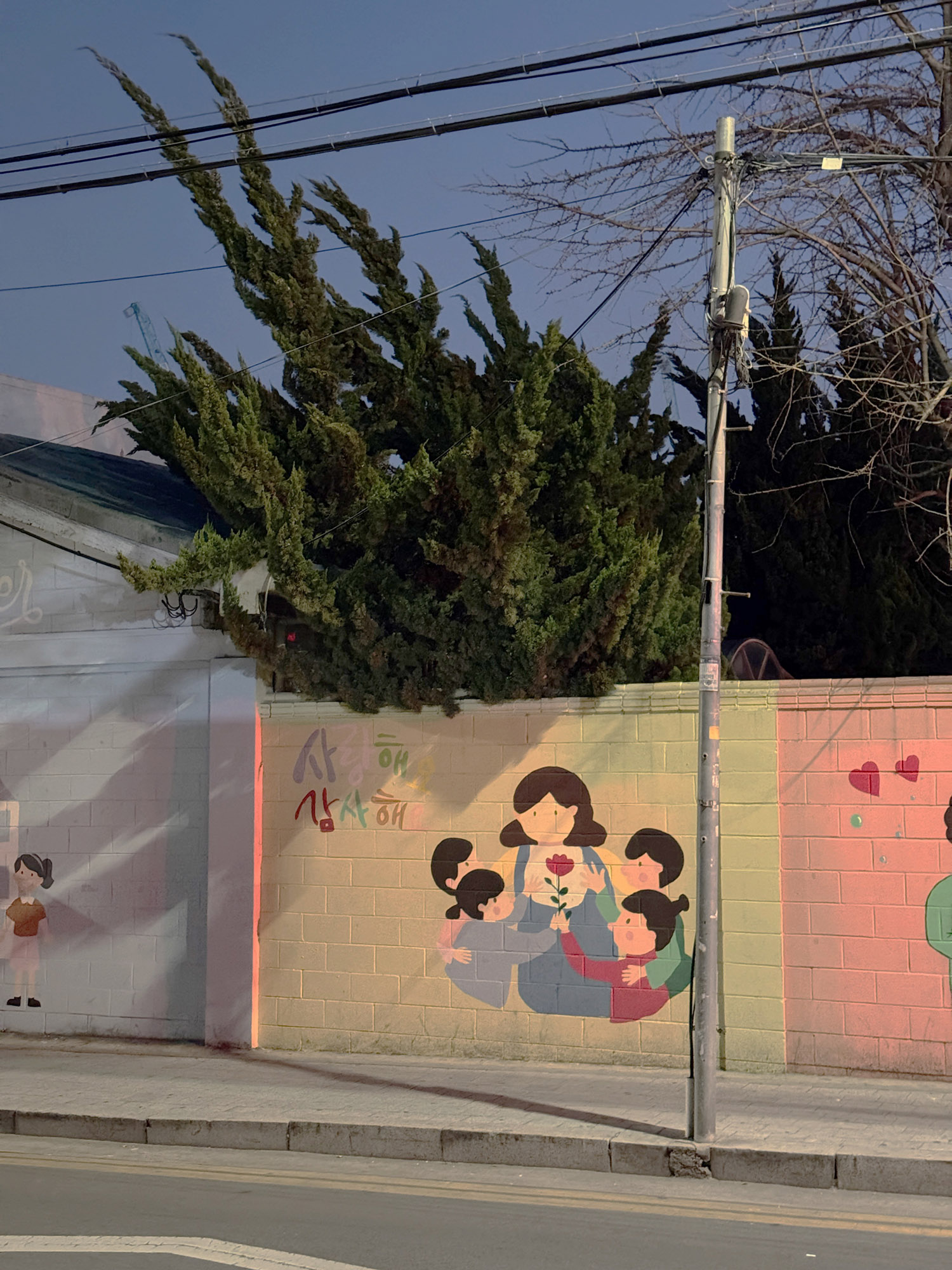
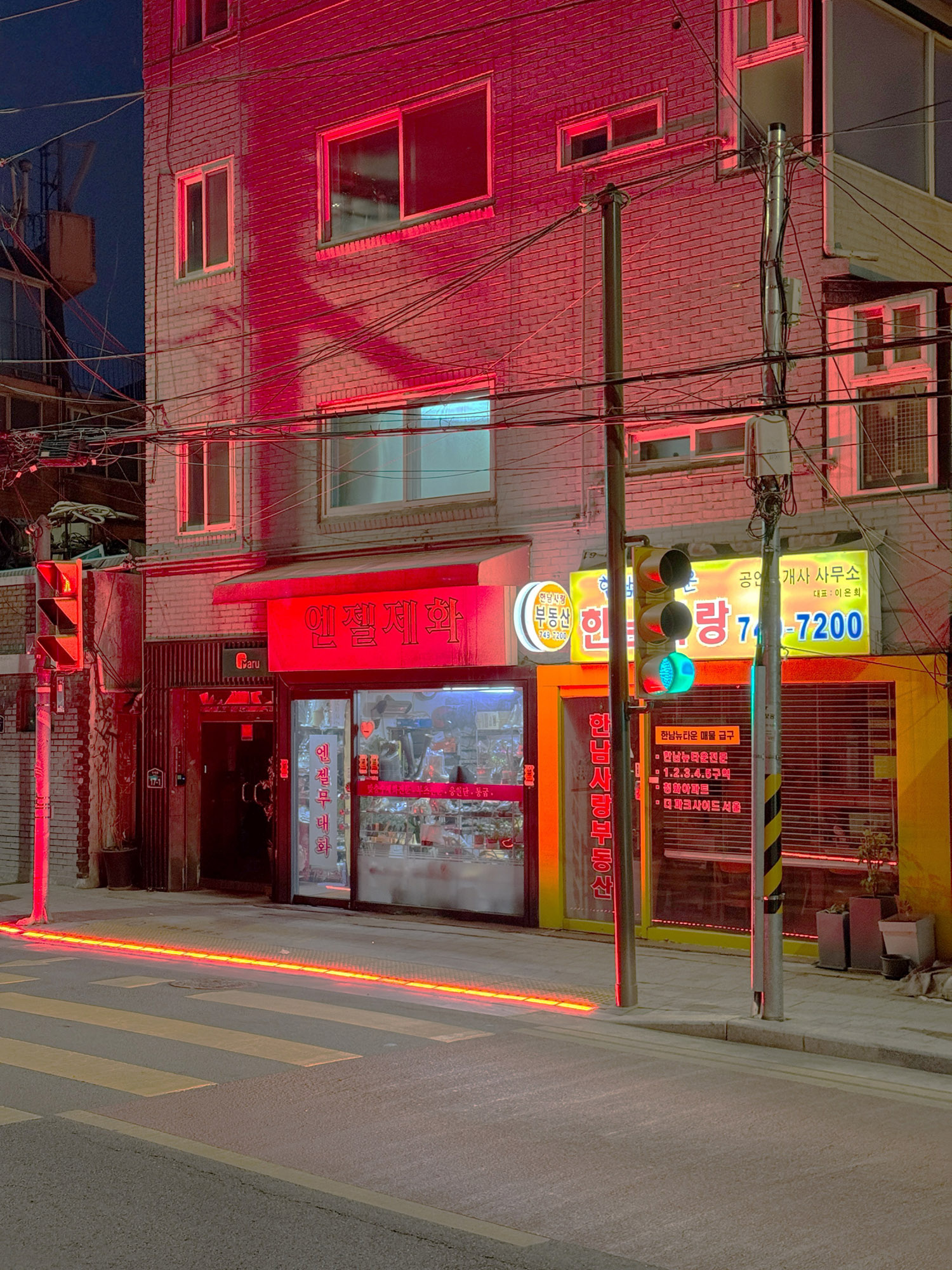
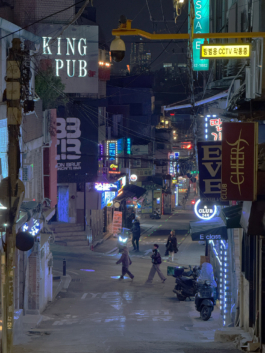
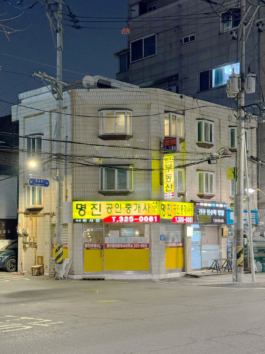
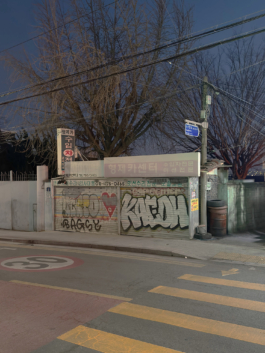
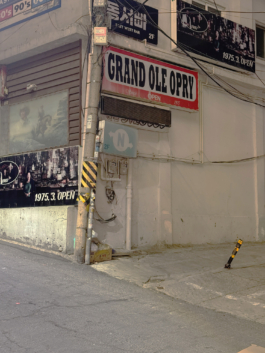
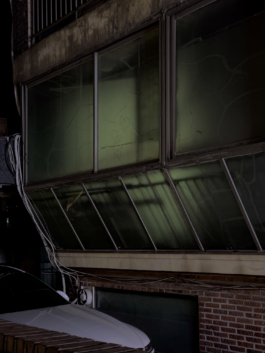
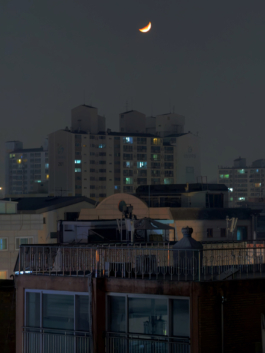
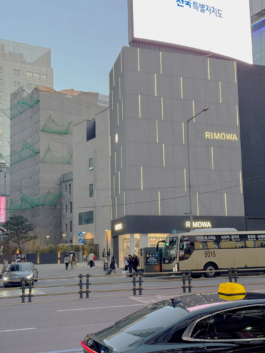
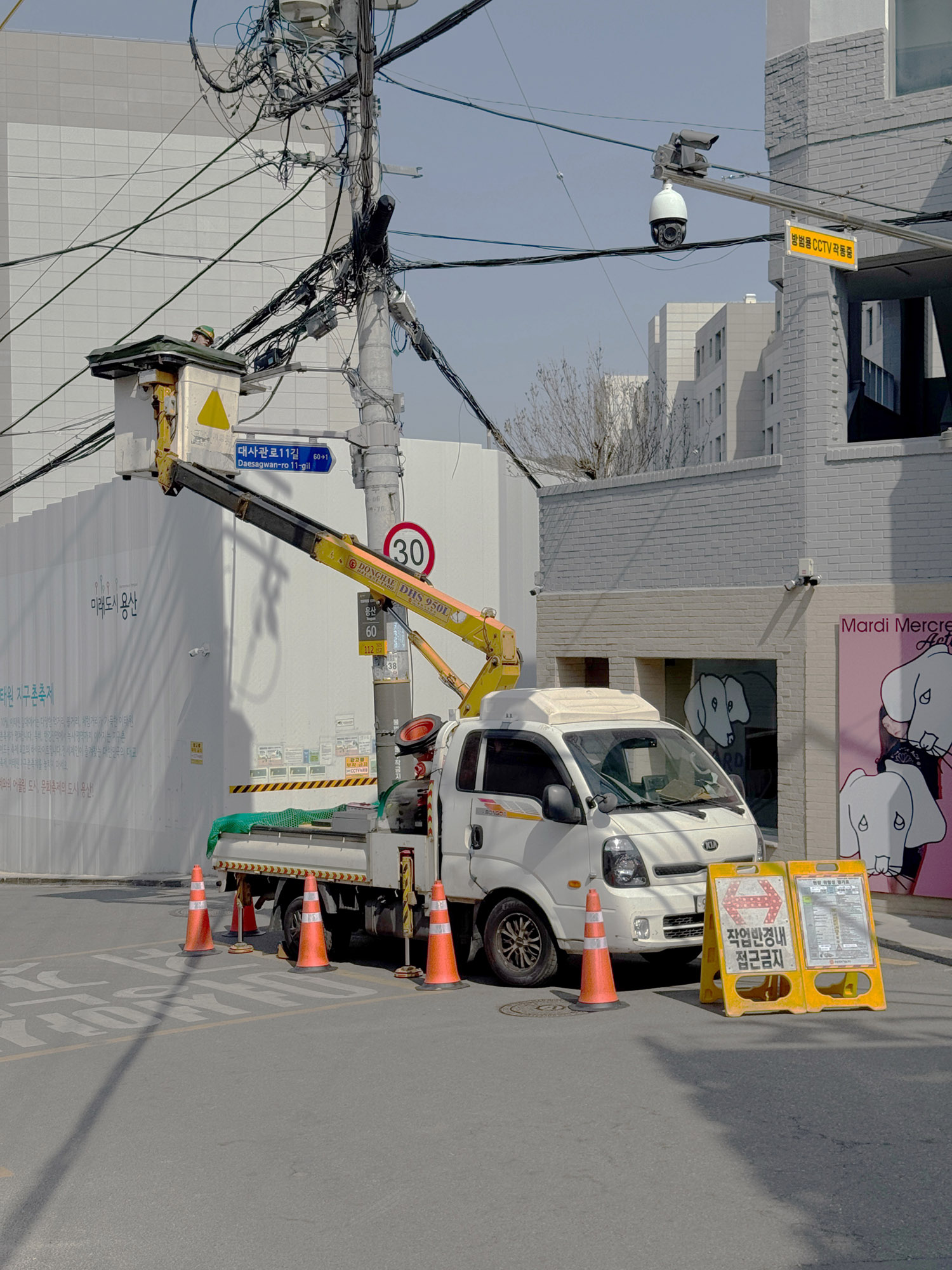
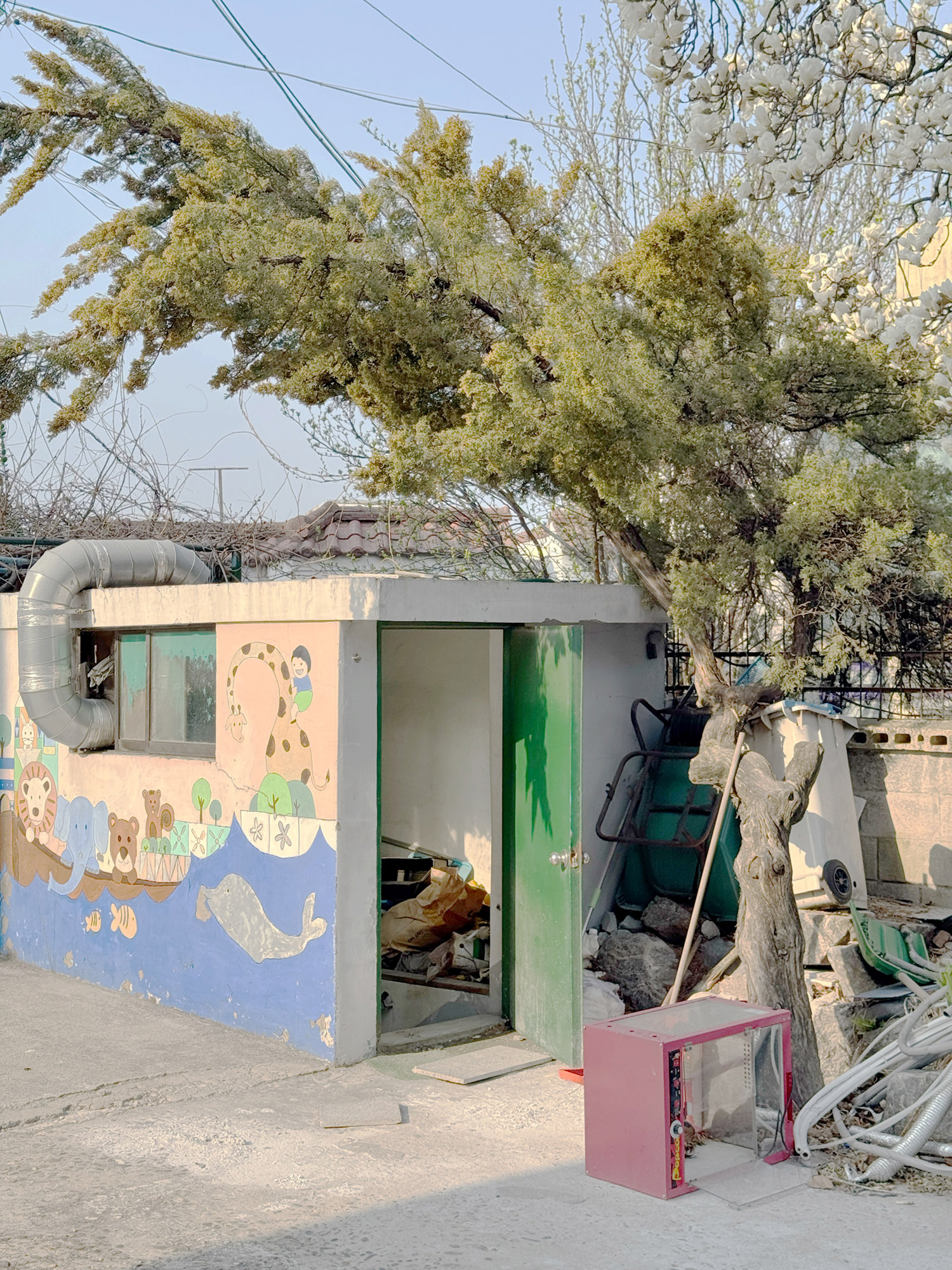
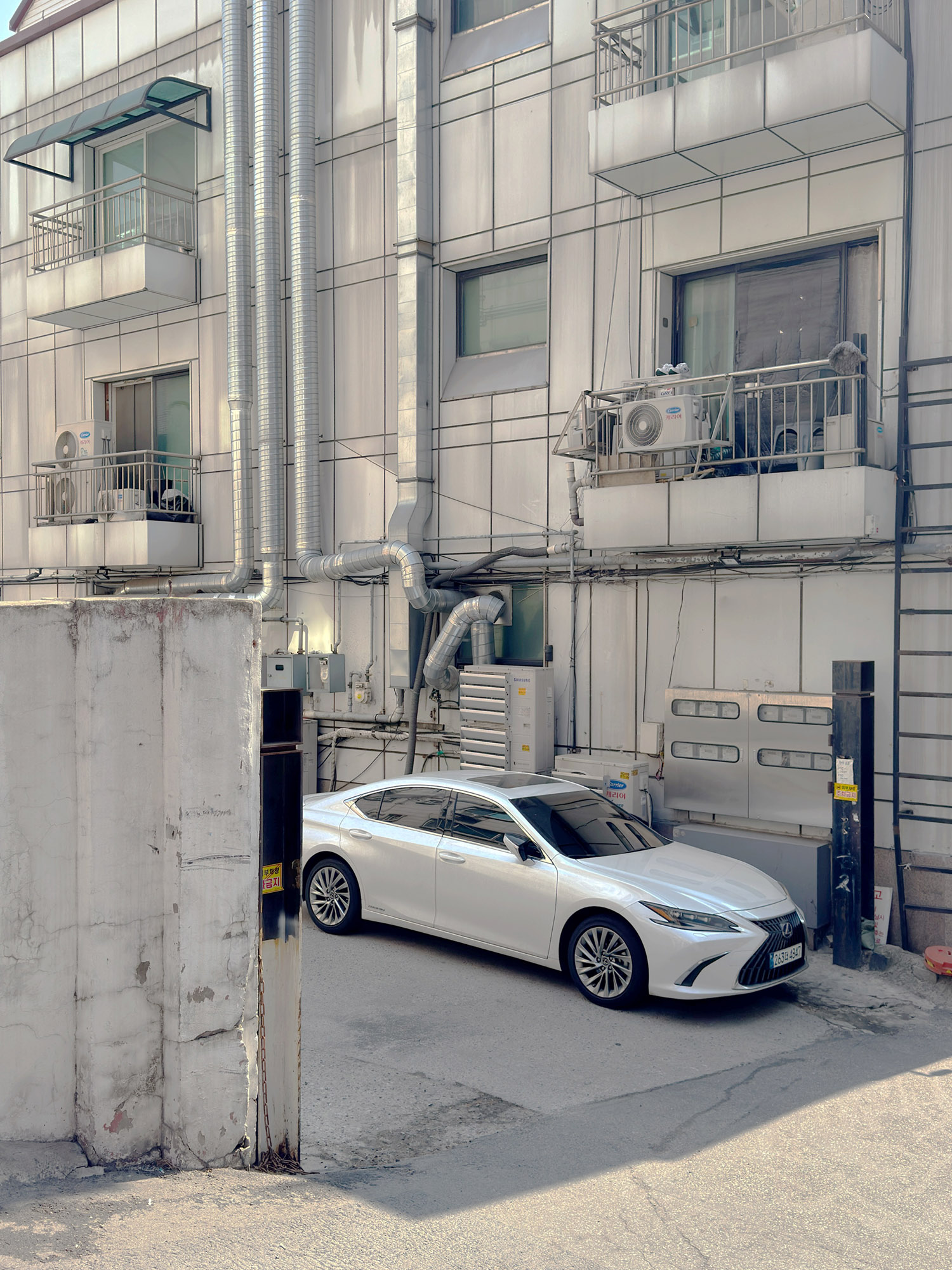
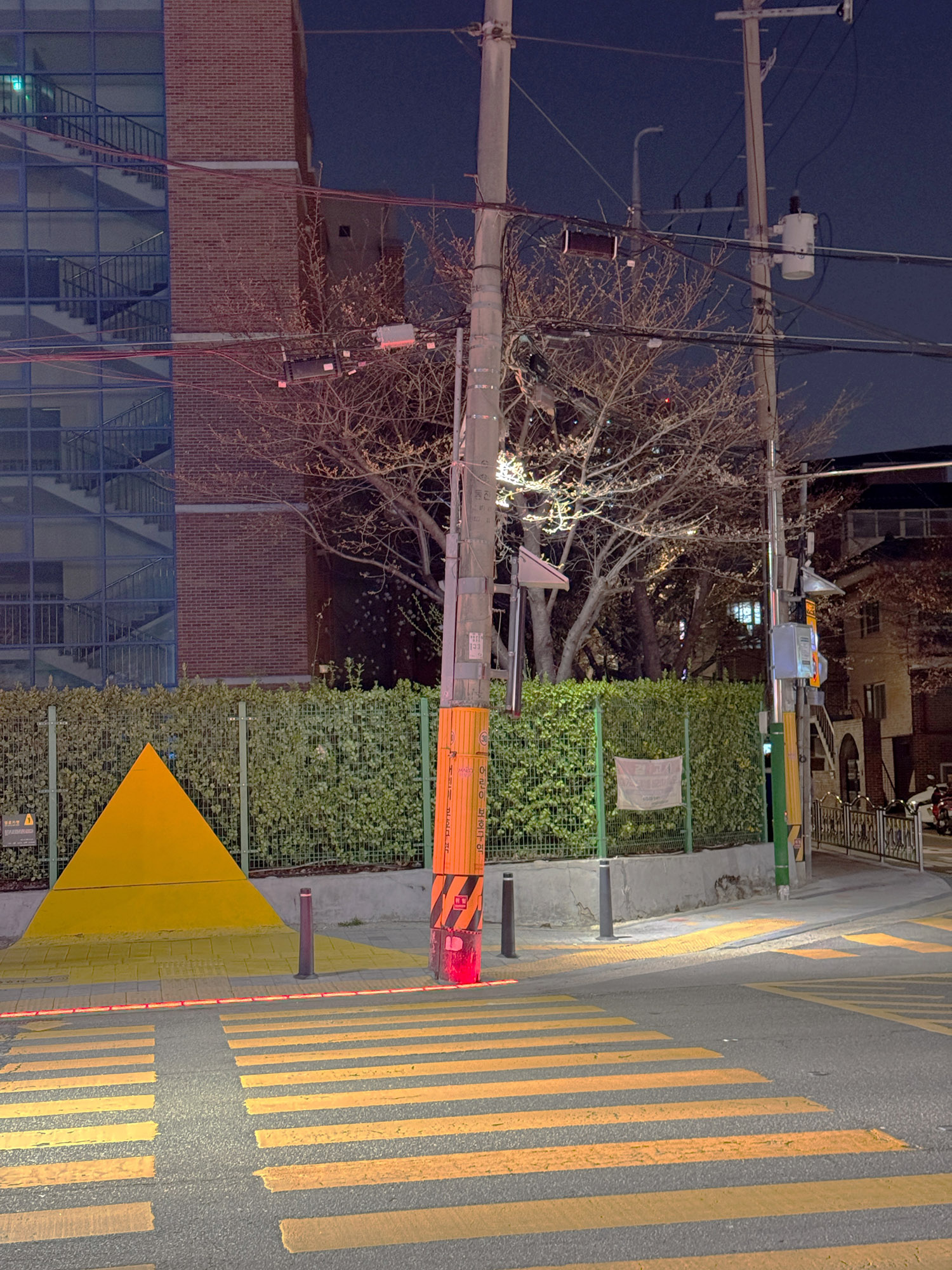
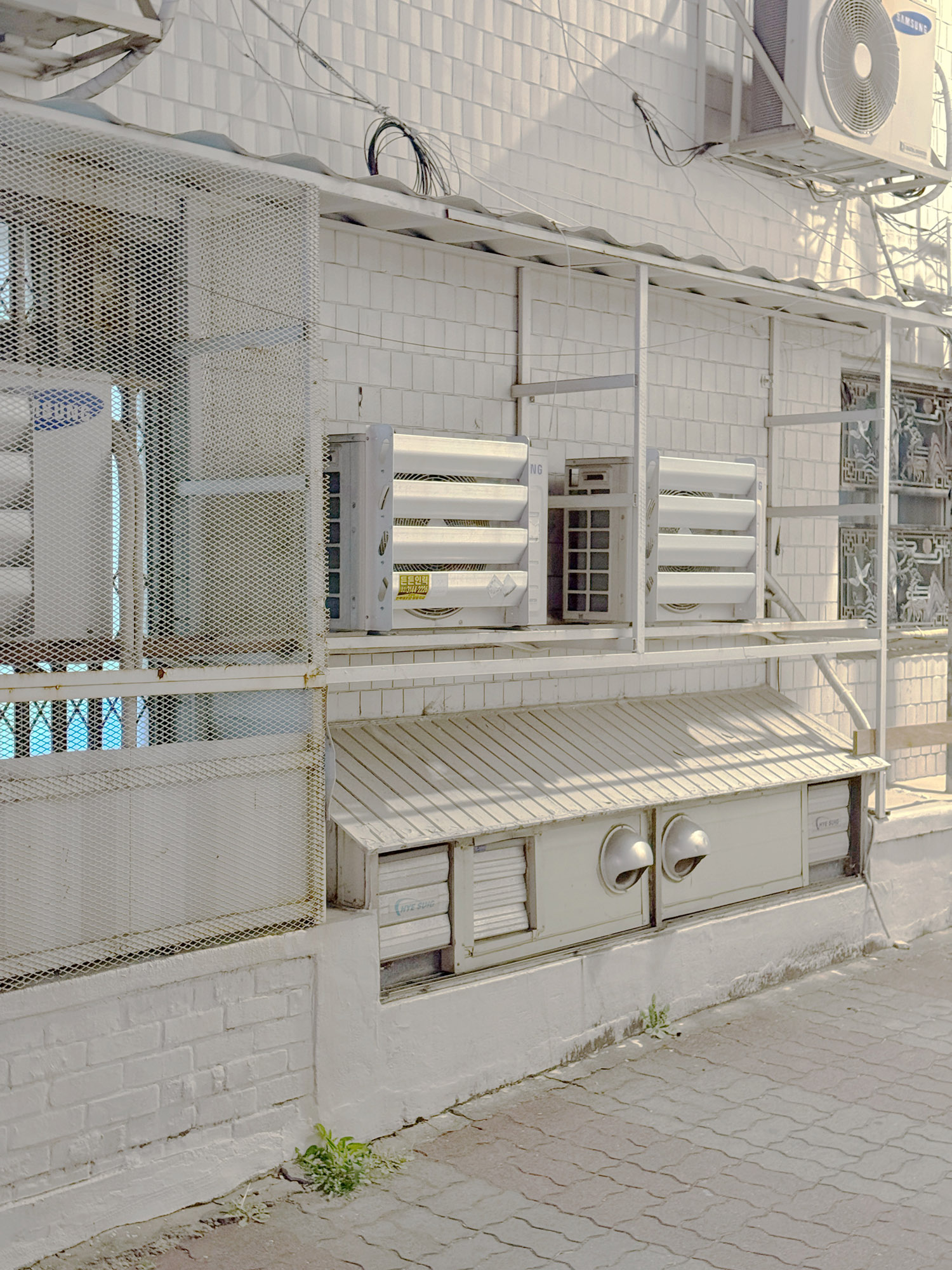
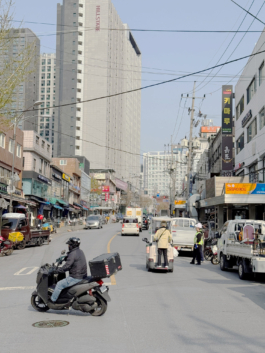
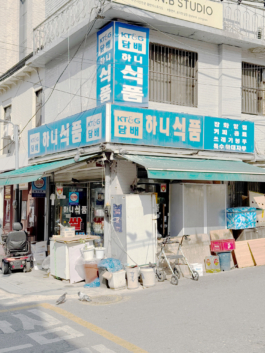
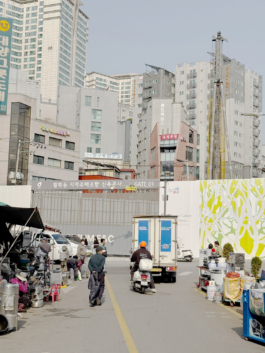
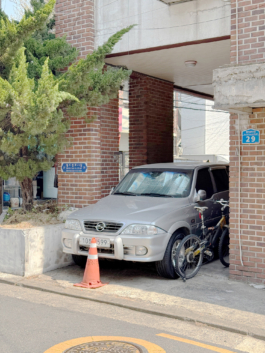
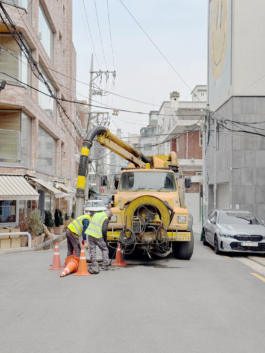
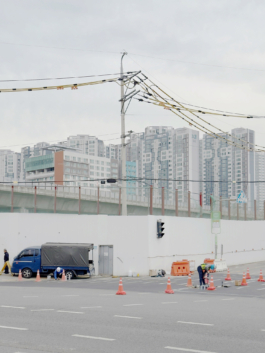
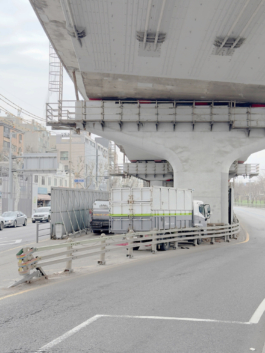
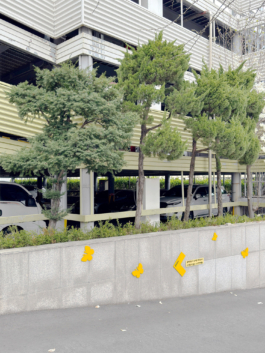
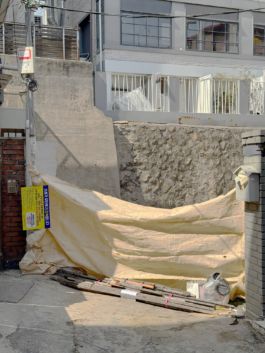
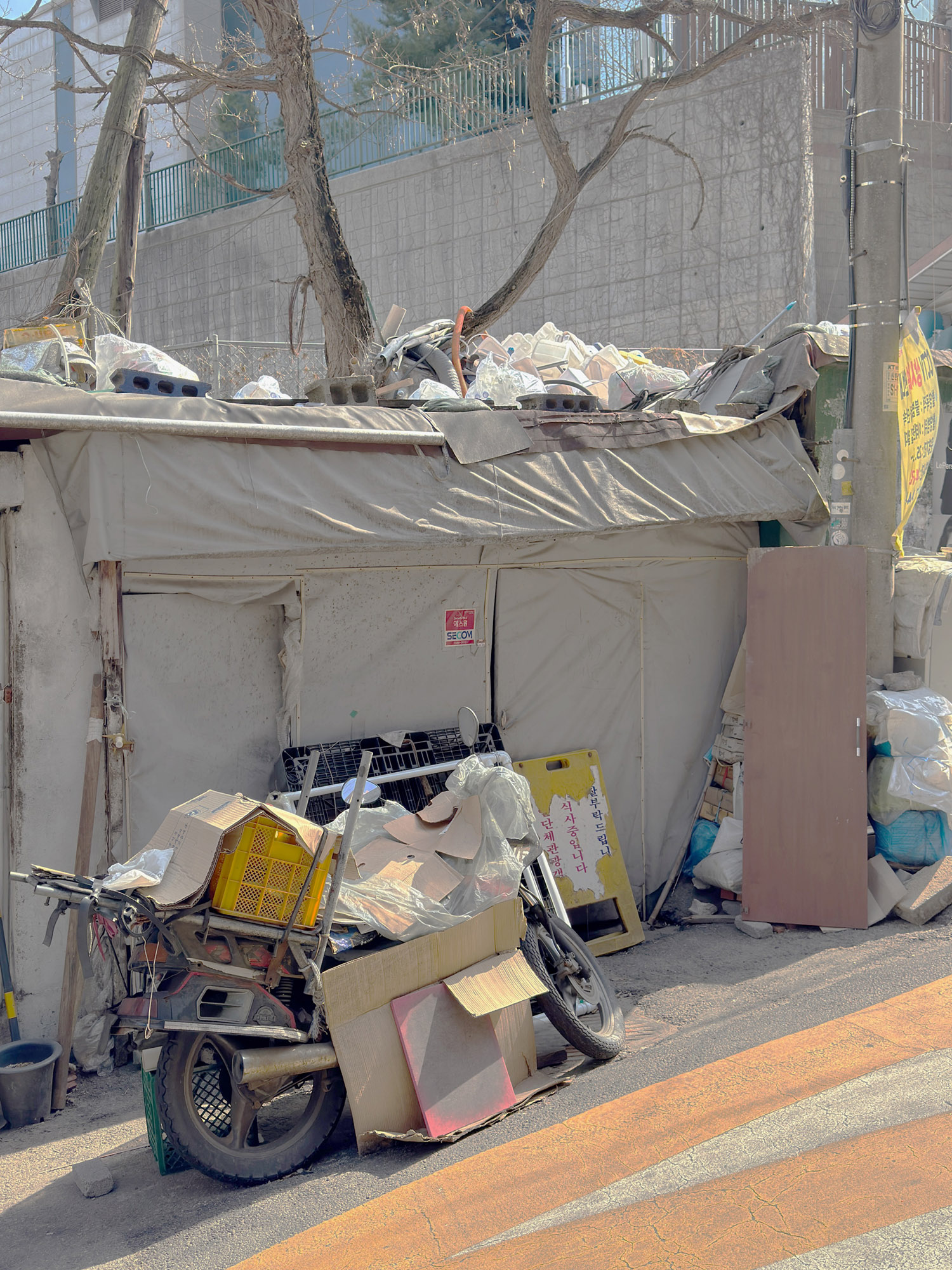
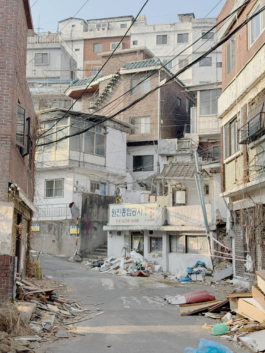
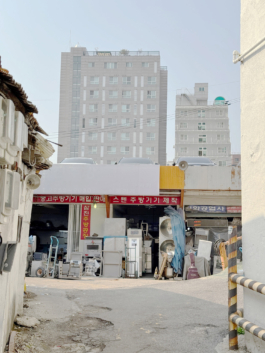
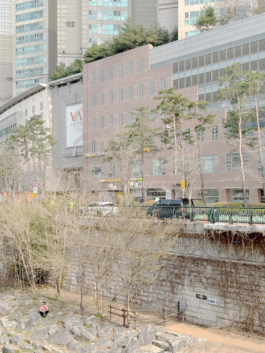
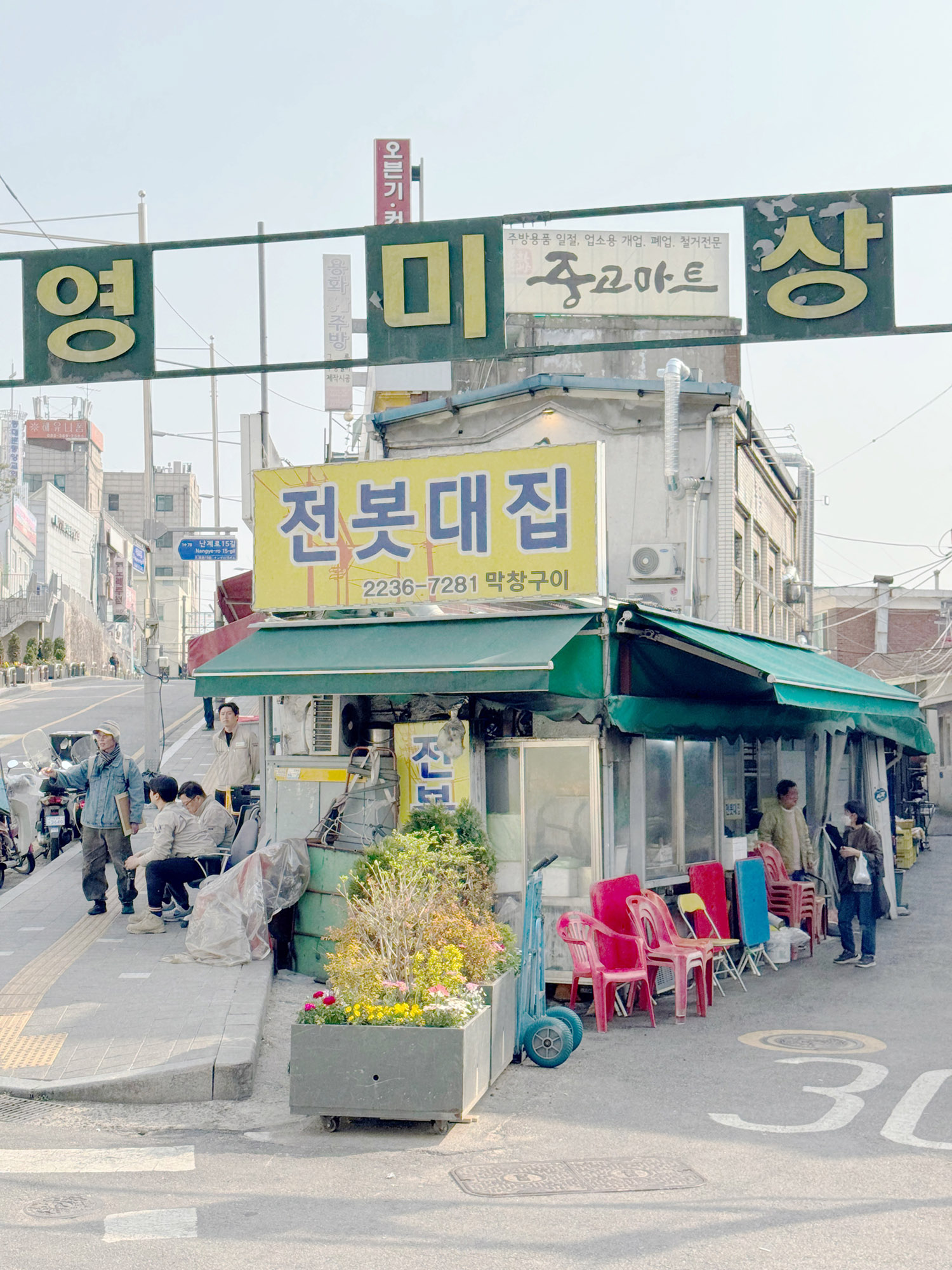
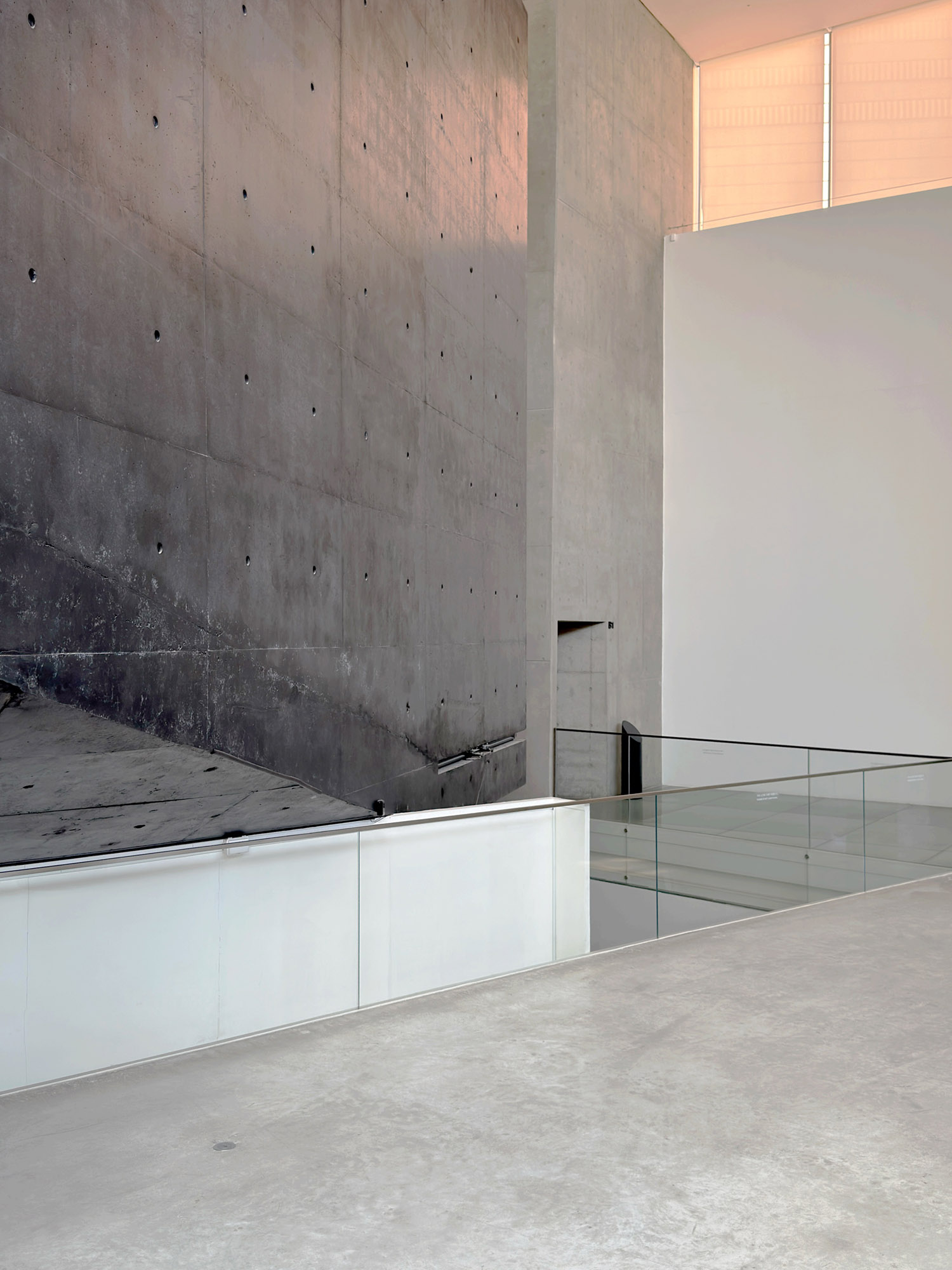
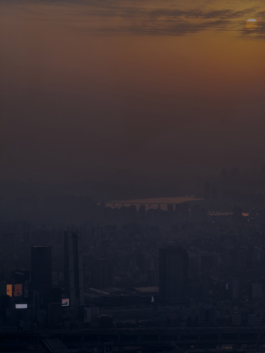
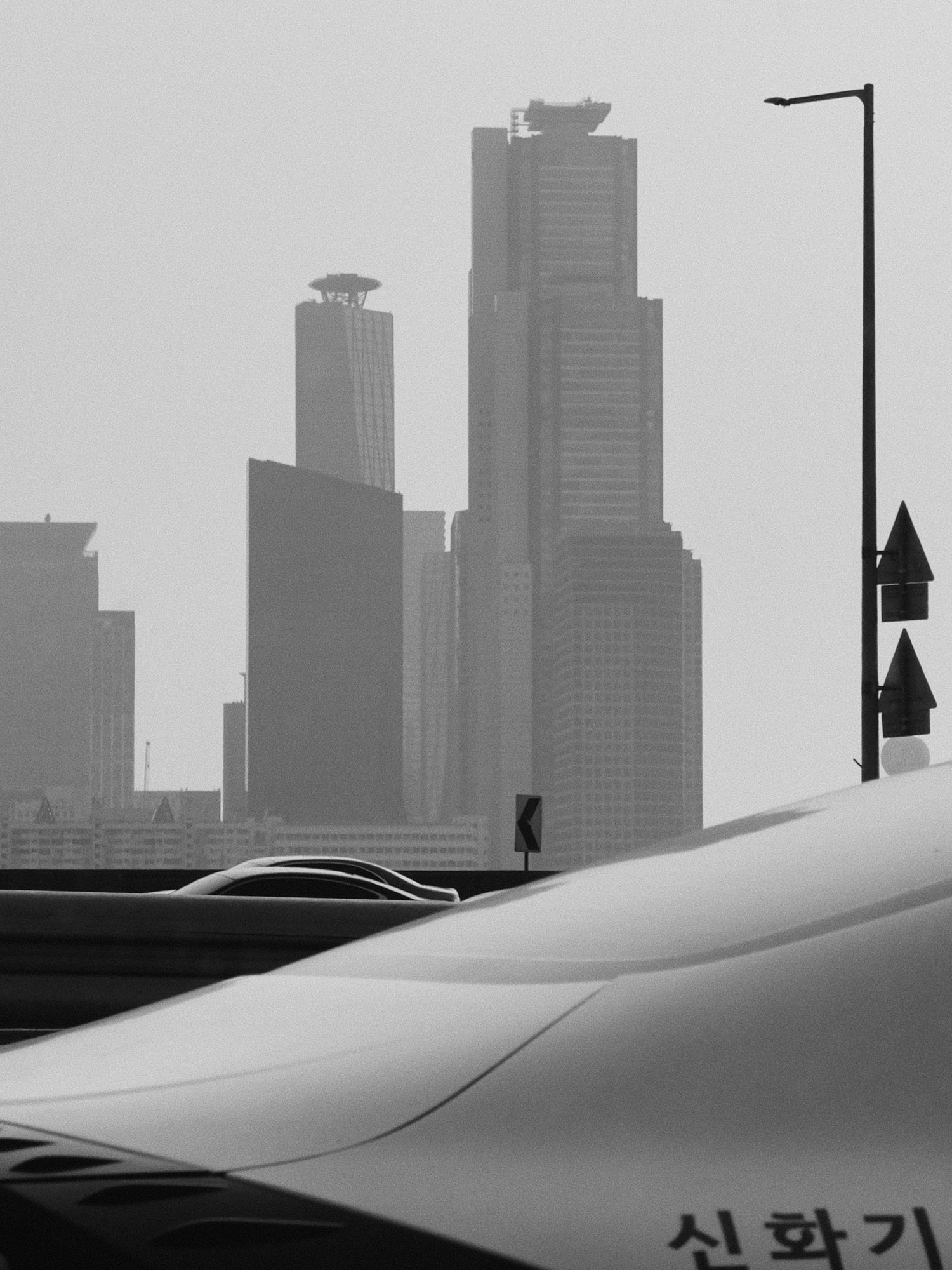
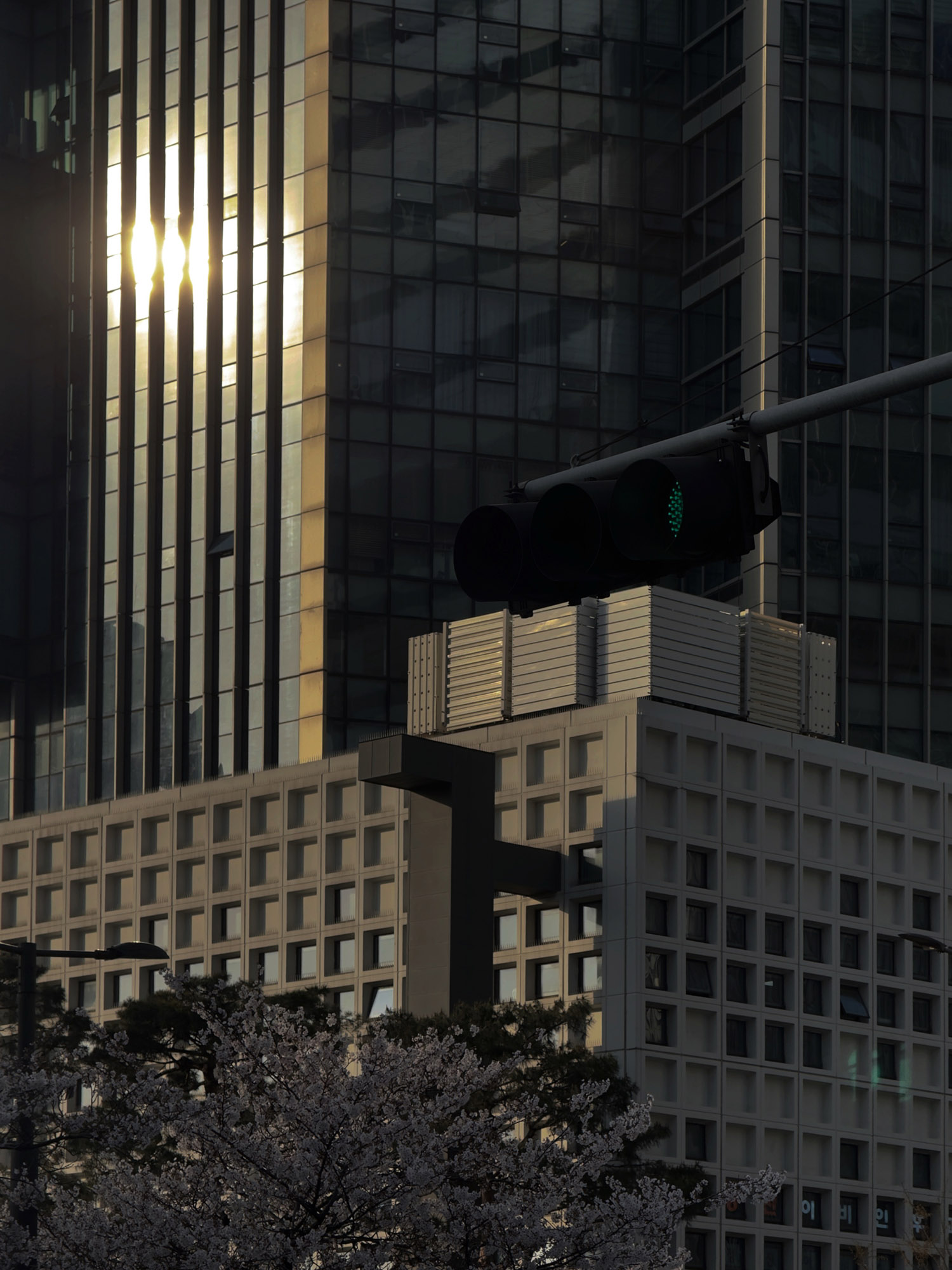
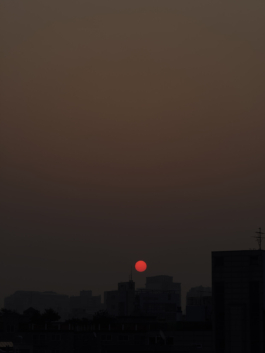
New York City
Photography
Field notes
2023
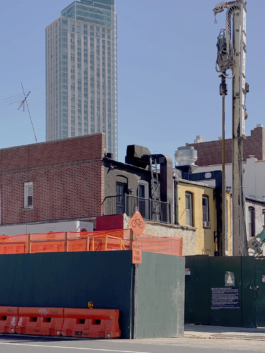
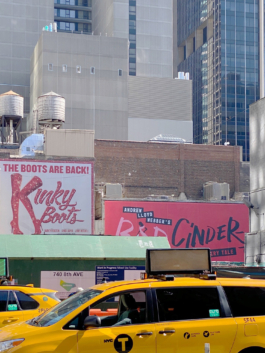
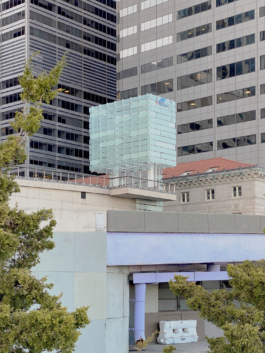
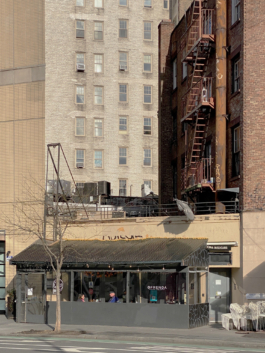
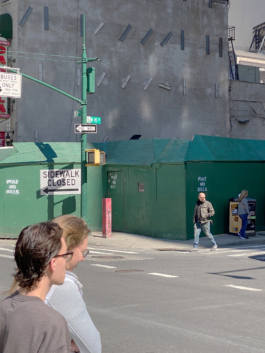
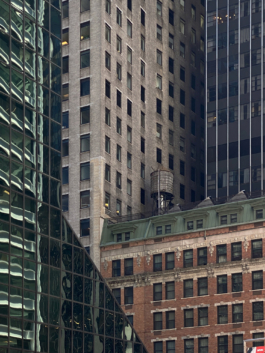
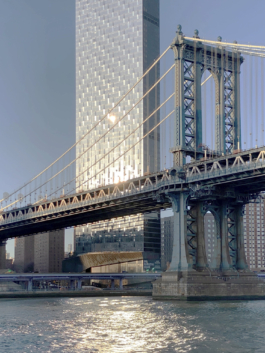
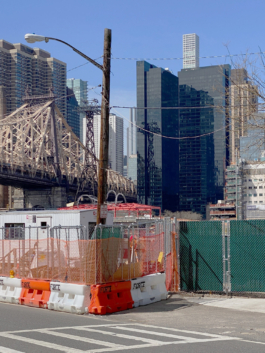
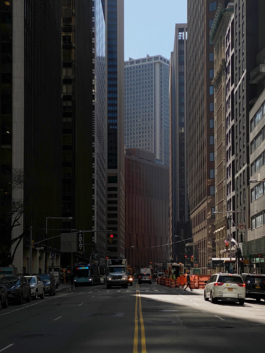
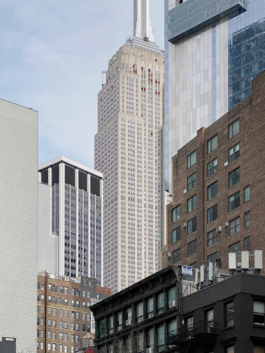
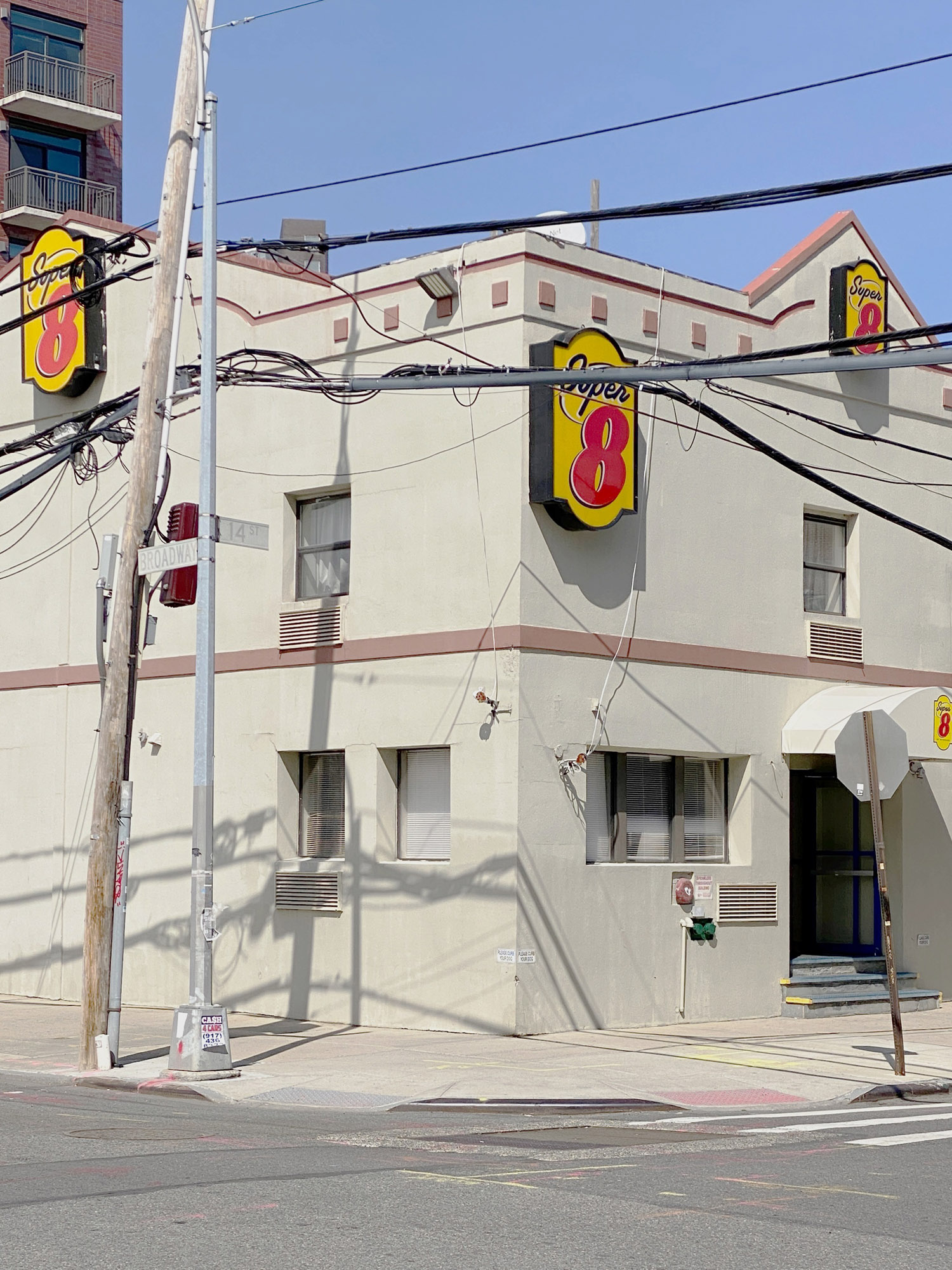
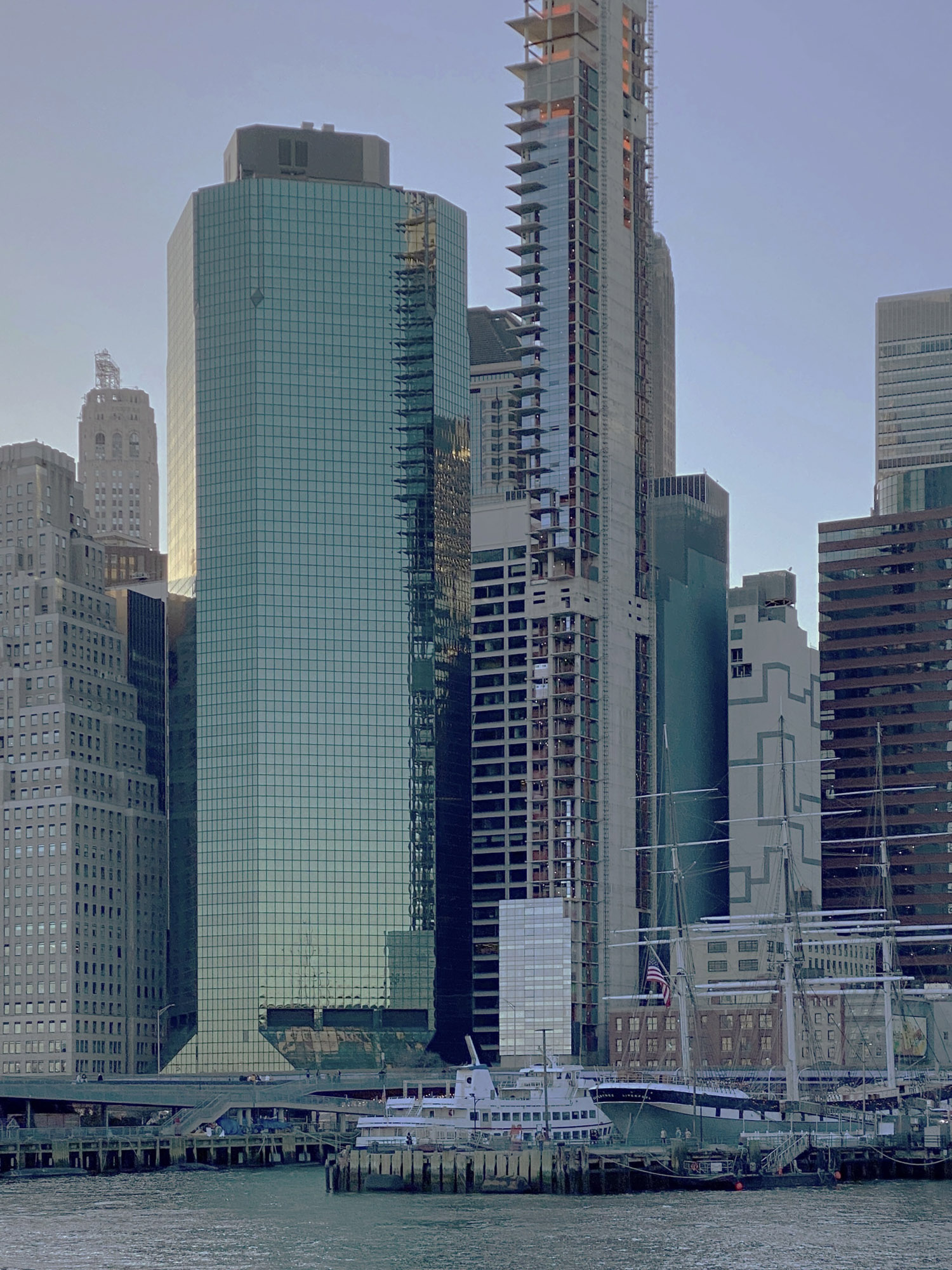
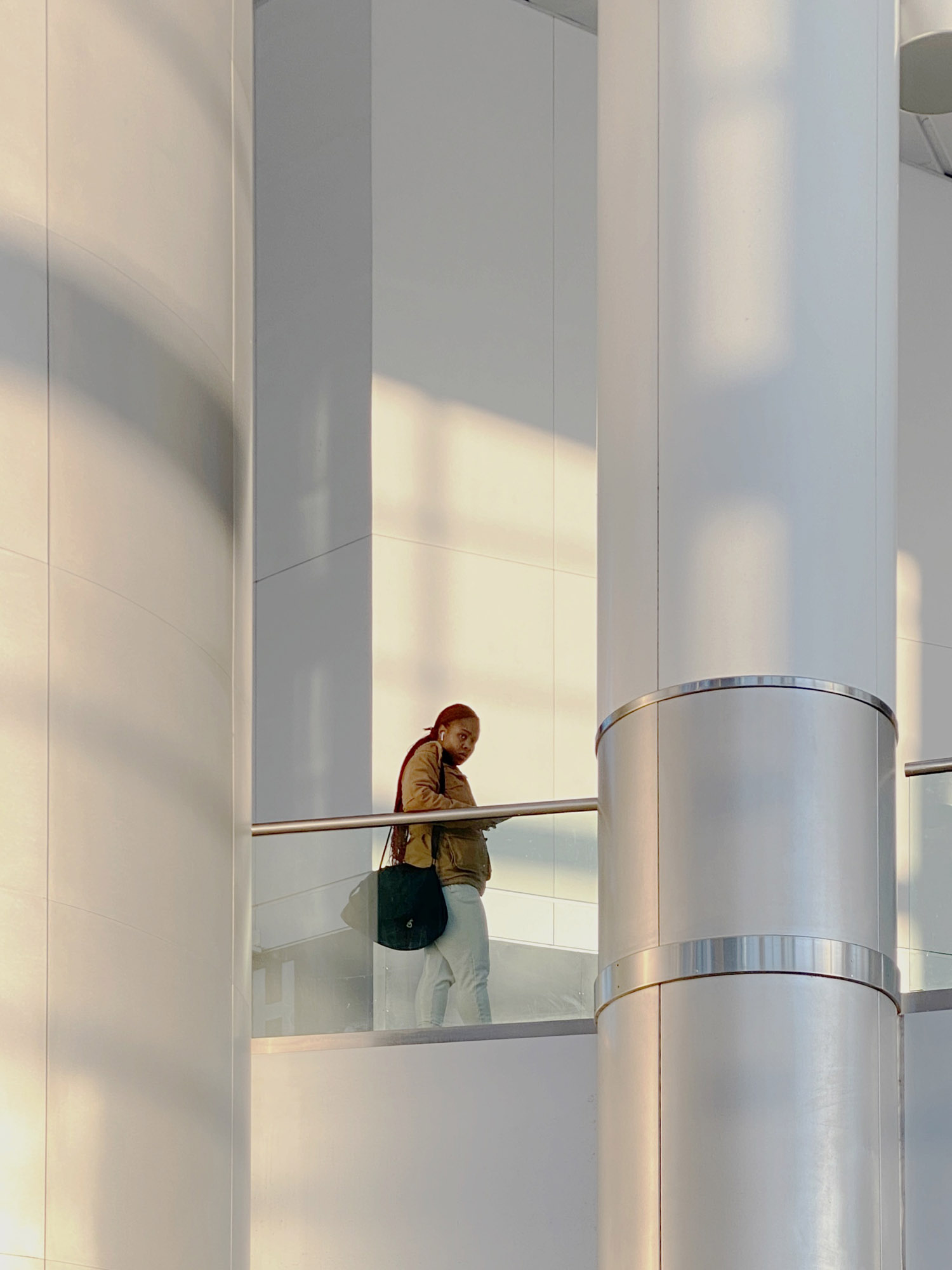
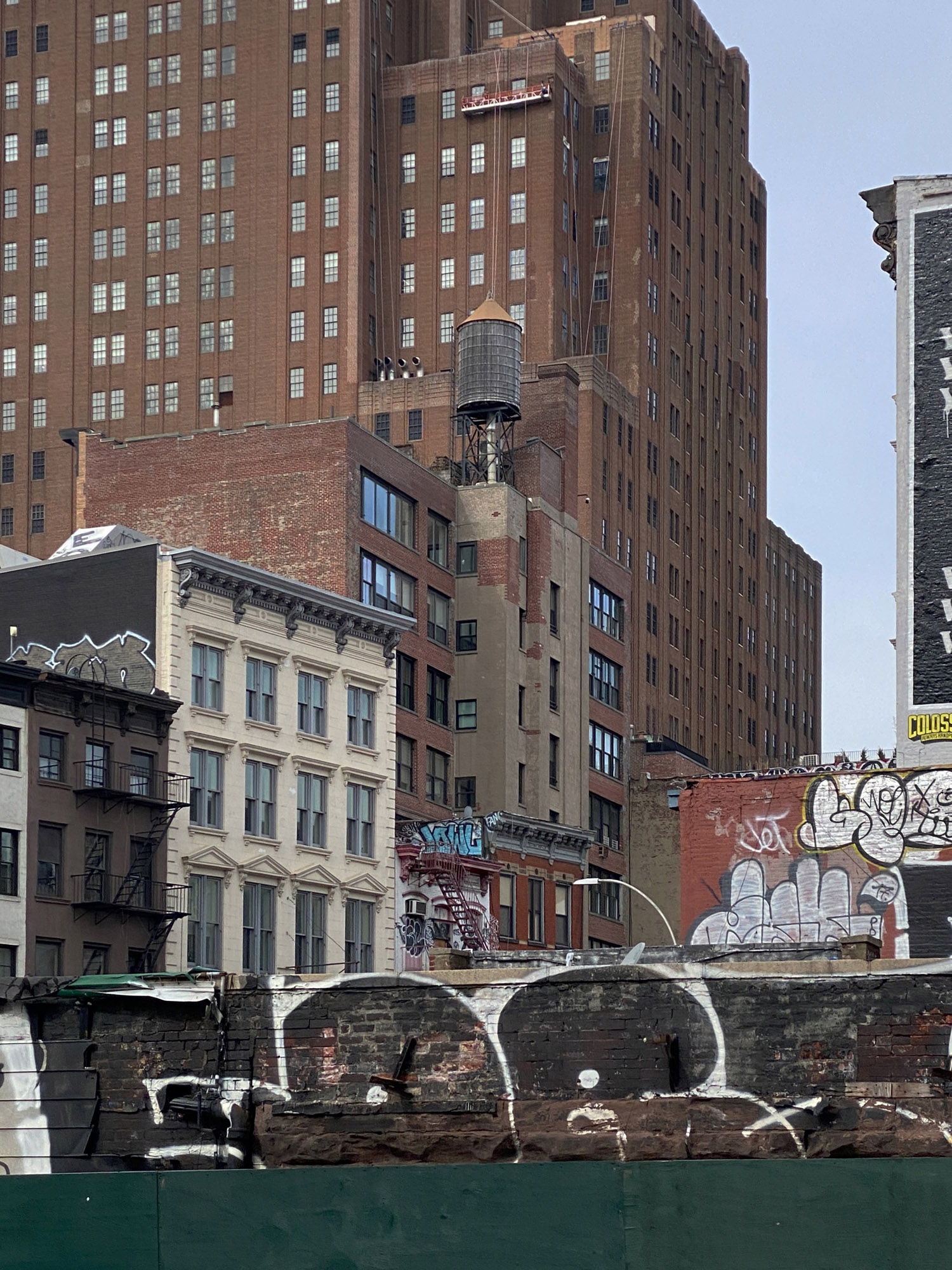
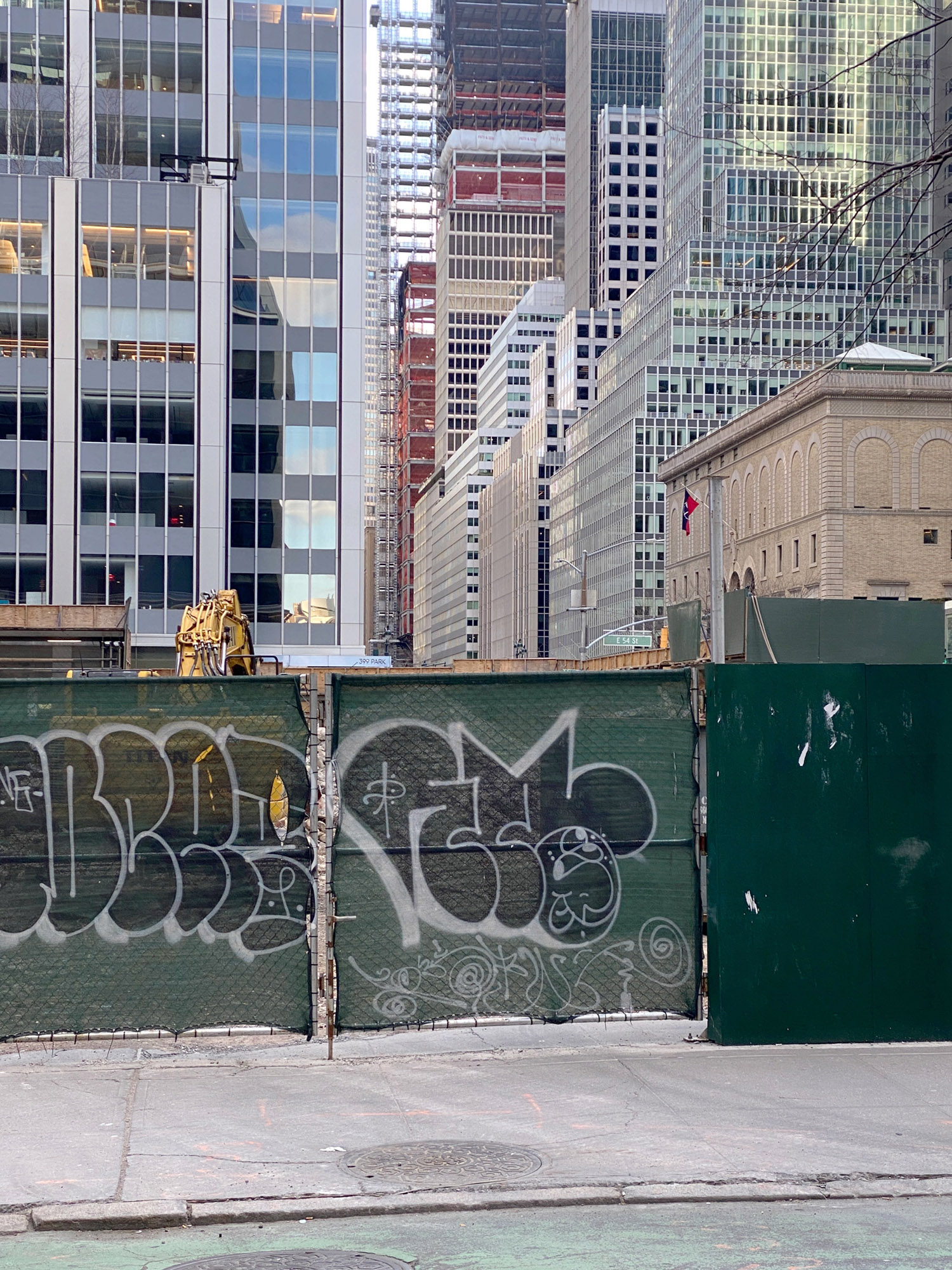
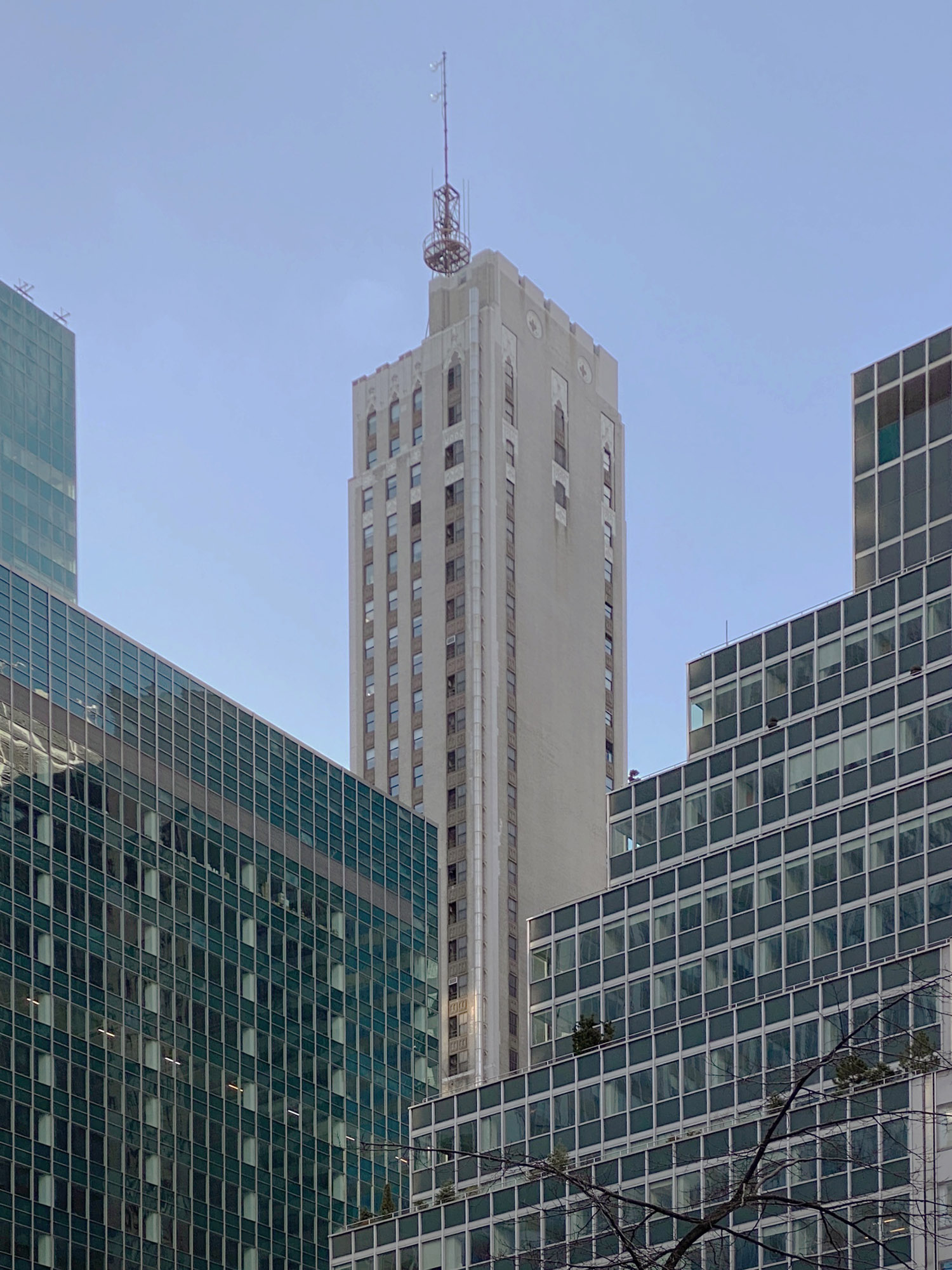
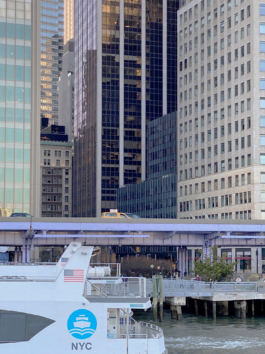
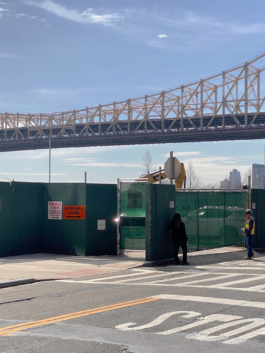
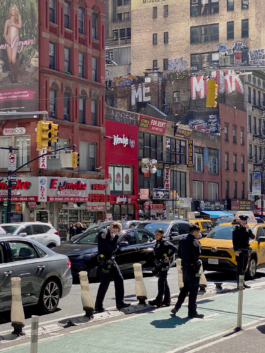
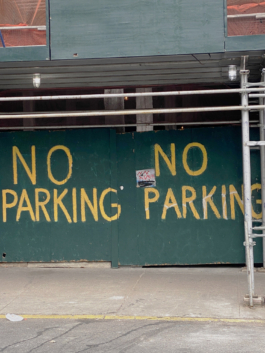
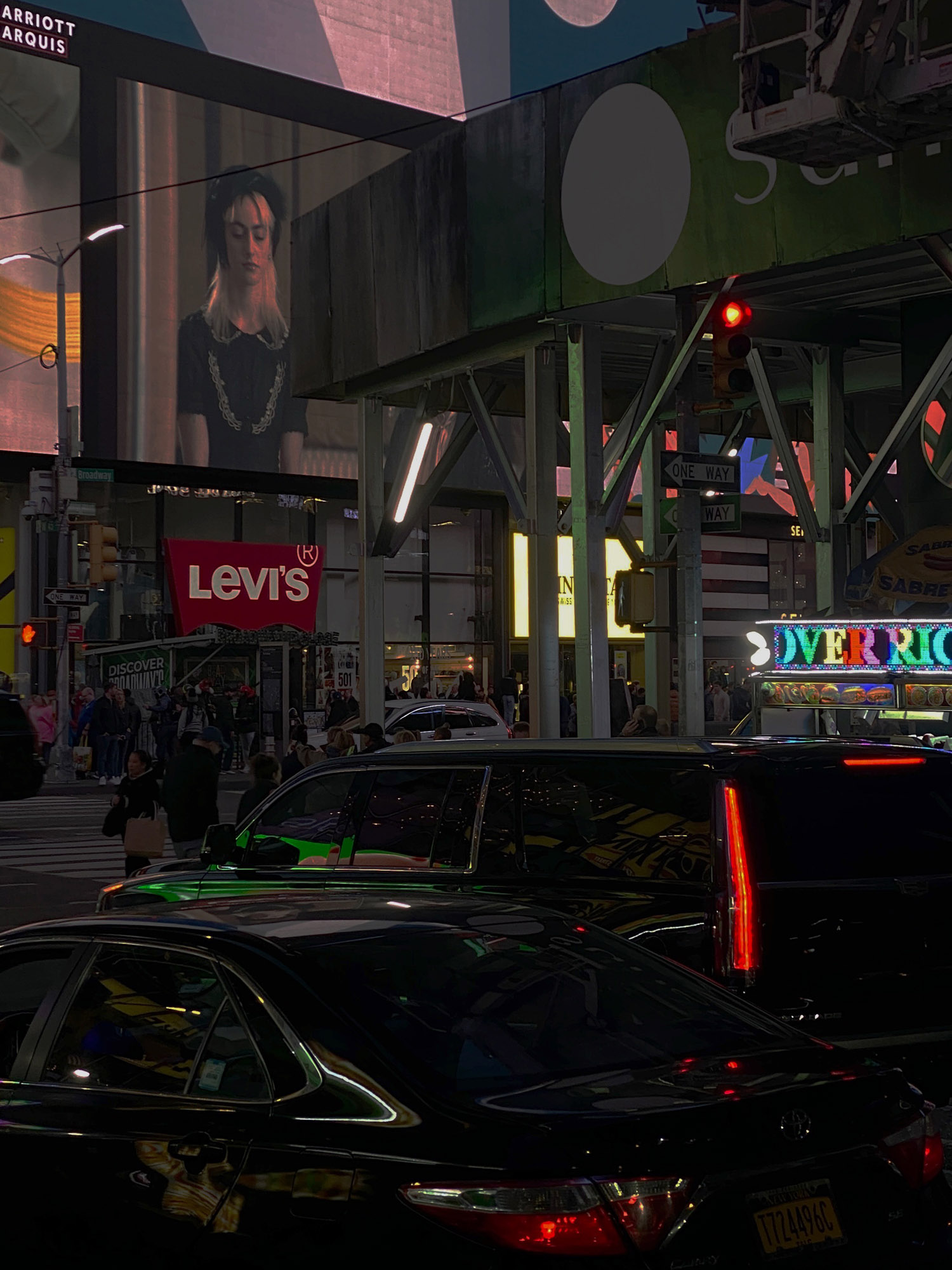
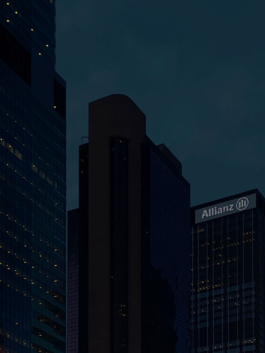
En passant: Accounts of the Gaze
Film
Documentary, 1080p, 07:33 min
2023
en passant: accounts of the gaze (2023) is an artistic and conceptual work that investigates the gaze as a primary instance of every interpersonal interaction. Central to the film is the gaze in passing (fr. en passant), through which a relationship is established between the act of seeing—the gaze of one person upon another and vice versa—and the domain of everyday racism, understood as prejudice, generalized suspicion, and structurally ingrained assumptions. The work addresses the gaze as gesture, as expression, and as a form of resistance; everyday narratives and personal accounts of Black people living in Germany provide the contextual framework. Each encounter begins with a gaze—sometimes brief, sometimes prolonged; sometimes avoided—yet in every instance, communication occurs. Gazes may appear insistent, intrusive, oppositional, fearful, cheerful, friendly, inviting, aroused, or arousing. Through them, stories are told about experience, desire, fear, and hope, and a continuous relational exchange unfolds with those who are being observed, as gazes are interpreted, reciprocated, and responded to.
At the heart of the work are narratives from the Black diaspora in Germany: people who provide insight into their everyday experiences—sometimes painful, sometimes absurd, sometimes bitterly humorous—thereby contextualizing their own gaze. The extreme close-up of the narrators and the focus on their eyes serve to concentrate attention and render visible the narrow frame—both internal and external—within which they often move: imposed and constrained by a discriminatory and colonial-racist exterior, and simultaneously internalized through confrontation and social conditioning. The gaze functions here both as the directing of the eyes toward something and as an expression of the eyes themselves.
In the spirit of the Cameroonian Kwelle Ndumbe, who in 1896 acquired an opera glass to observe visitors at the First German Colonial Exhibition in Berlin’s Treptower Park, en passant: accounts of the gaze seeks to make visible through attentive looking. What do the narrators’ gazes reveal? How do viewers look at them, and how are viewers themselves looked at? What becomes perceptible through the gaze—in oneself, in the other?
Image: Alexandre Kurek, en passant: accounts of the gaze, 2023, film still, 07:33 min.

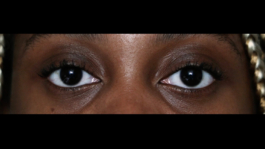
Around the Corner I have a Friend
Photography, book design
14,8x21 cm
2020–2025
Around the Corner I have a Friend (2020) is a photographic-literary work that approaches urban transformation, memory, and transience not as isolated phenomena but as interwoven processes. Its starting point is the poem of the same name by Charles Hanson Towne (1919), whose linear and formally rigid structure serves as a framework for a photographic investigation of the unfinished and the impermanent within the urban landscape.
The work does not aim to document architecture in a strict sense; rather, it traces the visual presence of the in-between—what is not yet completed, what is about to disappear. At its core, the project brings together two layers that never directly intersect: the poem’s reflection on loss and death and a serial photographic structure that, through minor compositional variations, reflects on the photographic medium itself. Urban space is not presented as static or neutral but as a site of collective experience—a space where personal histories, architectural development, and temporal processes intersect.
The images were created over a period of five years (2020–2025) as part of a long-term observation of a single construction site in Berlin. Formally, the photographic series draws on the logic of typology but breaks it subtly through handheld shooting. The resulting micro-variations between images reveal urban reality as unstable, contradictory, and shaped by constant change: the city emerges as a space in which visibility and absence, proximity and distance, presence and erasure are continuously negotiated. The work thus poses questions about how memory is constructed, how time can be shaped in images, and how urban transformation can be narrated—not as a linear story, but as a fragmentary and open-ended process.
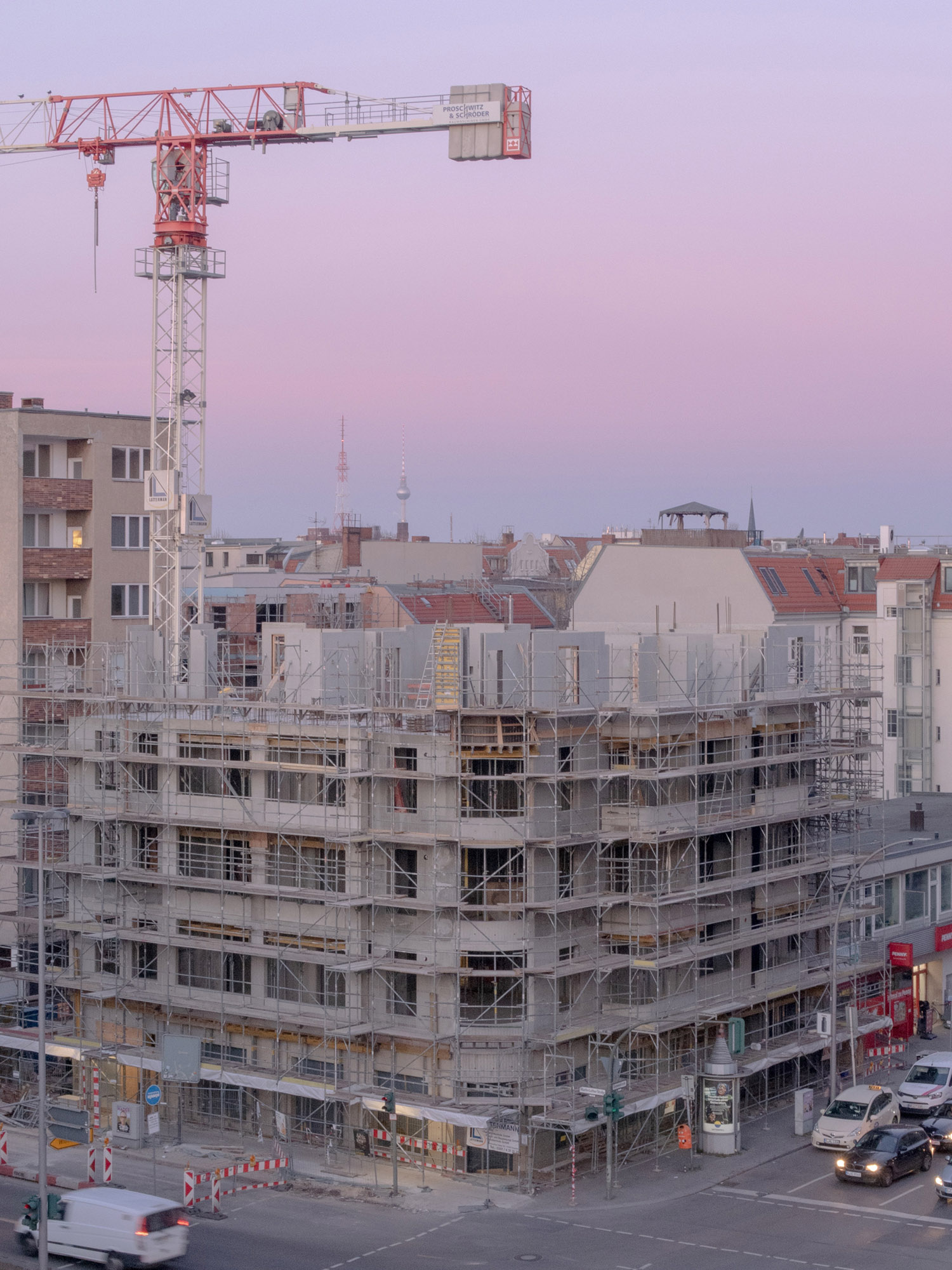
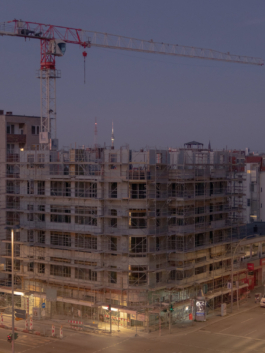
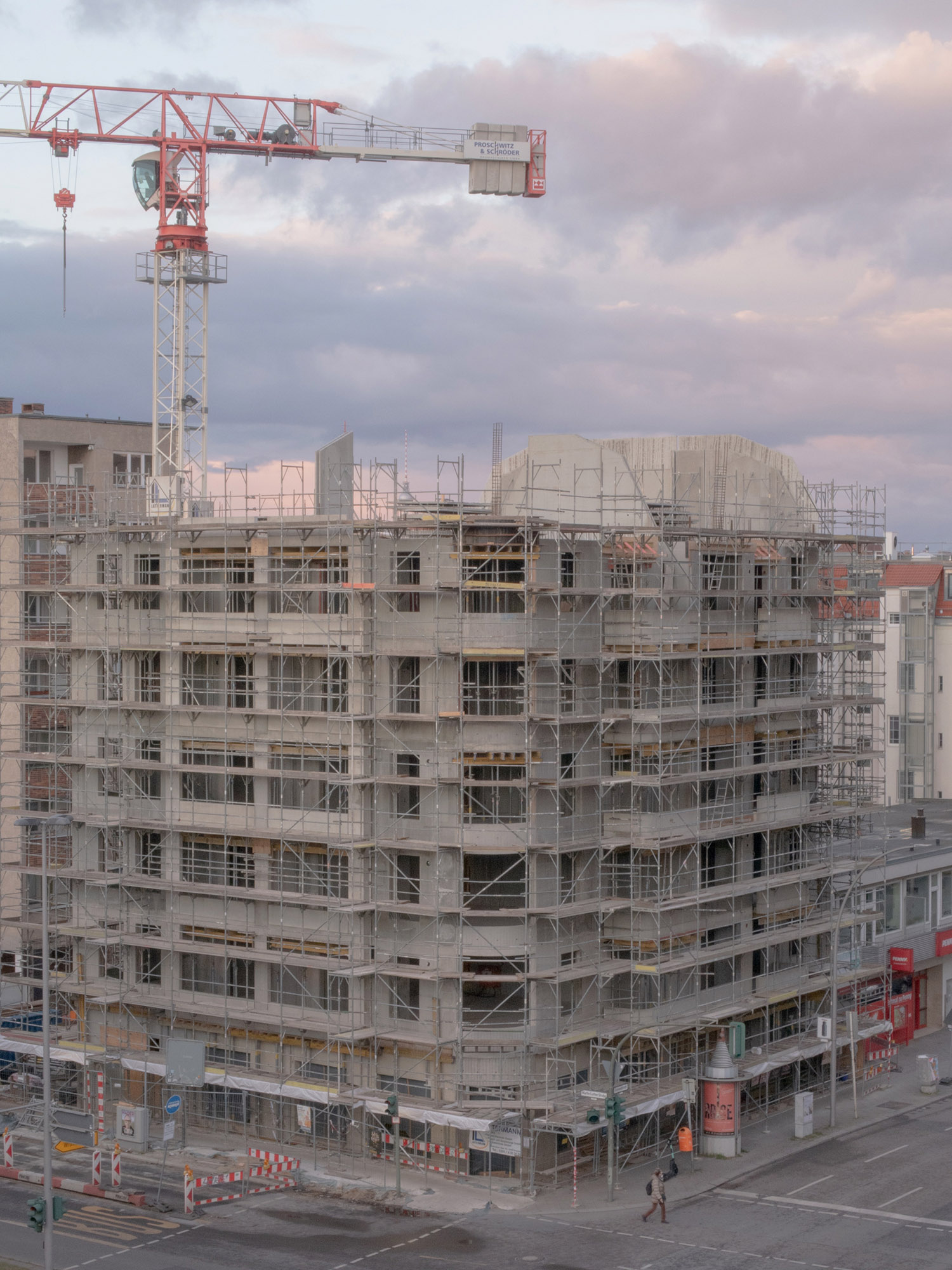
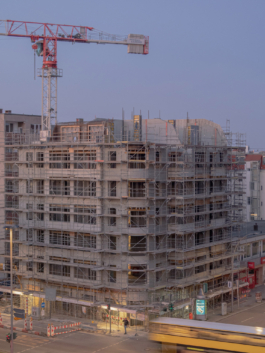
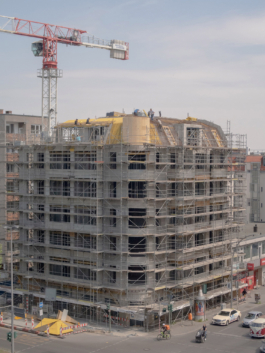
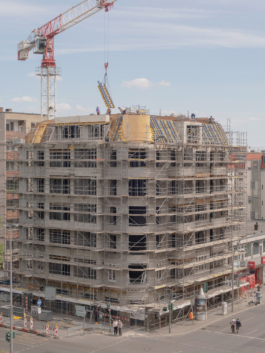
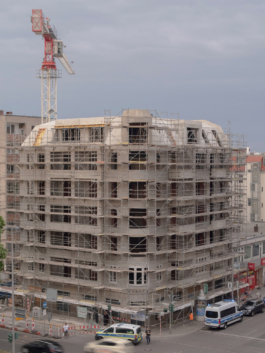
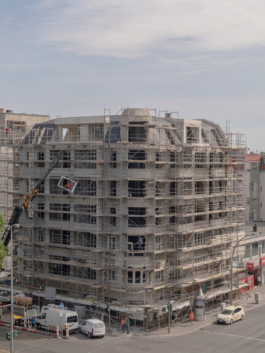
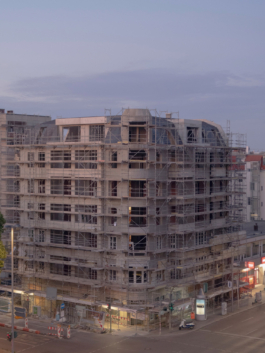
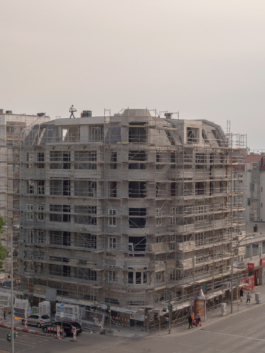
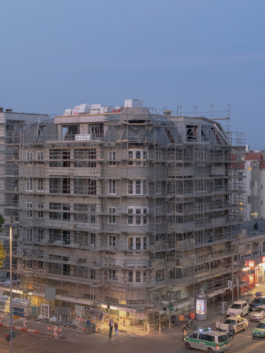
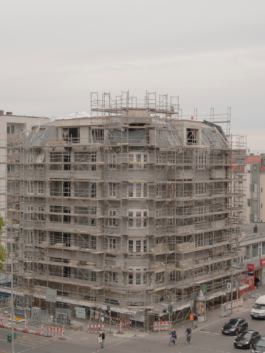
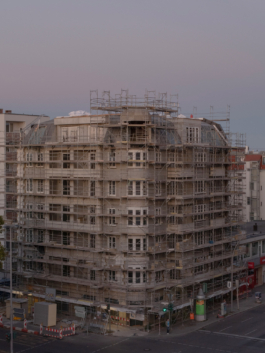
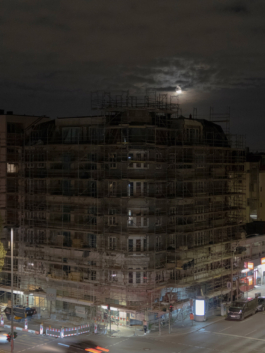
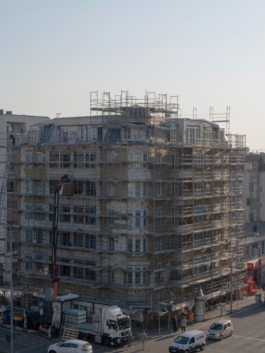
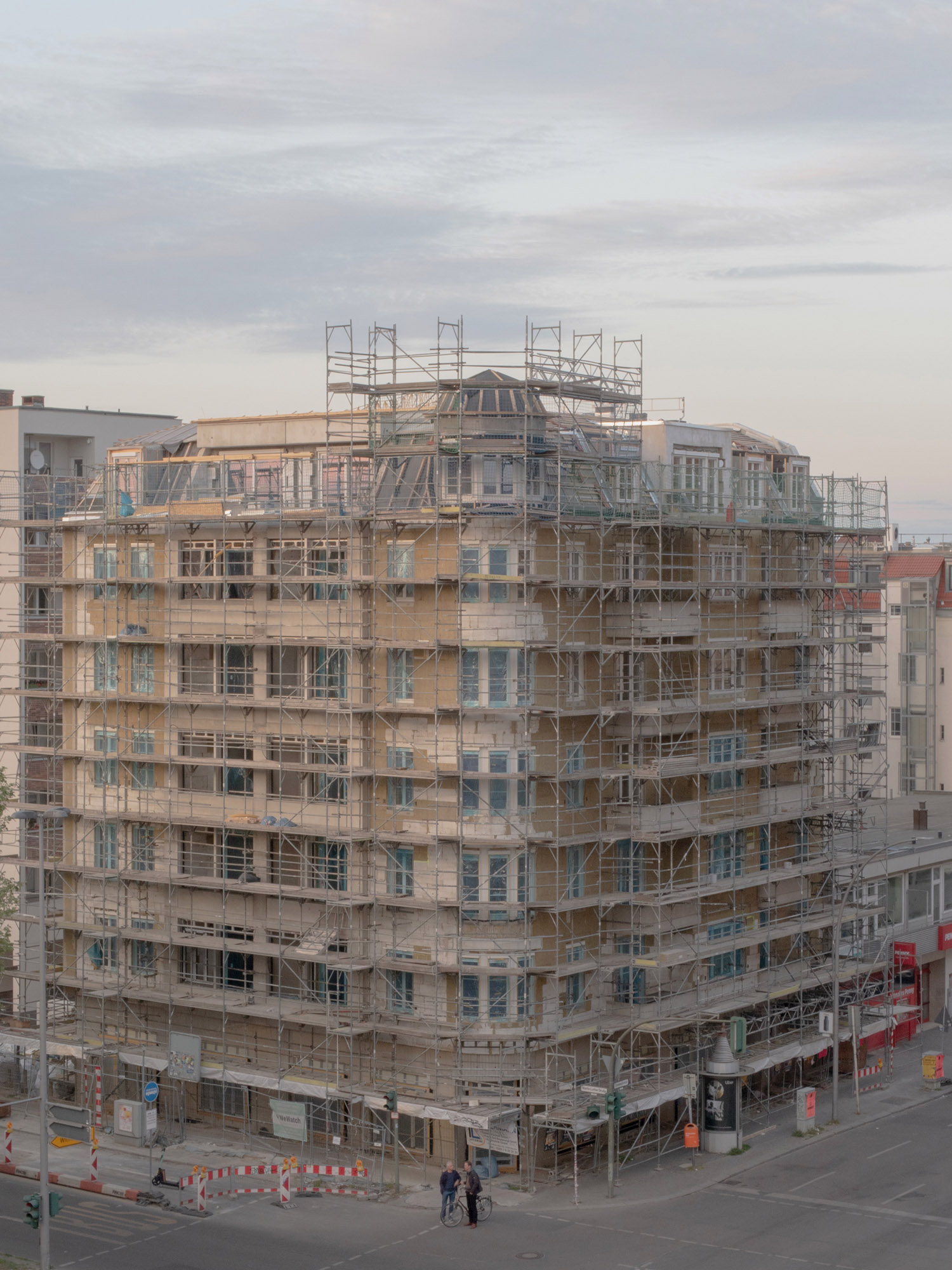
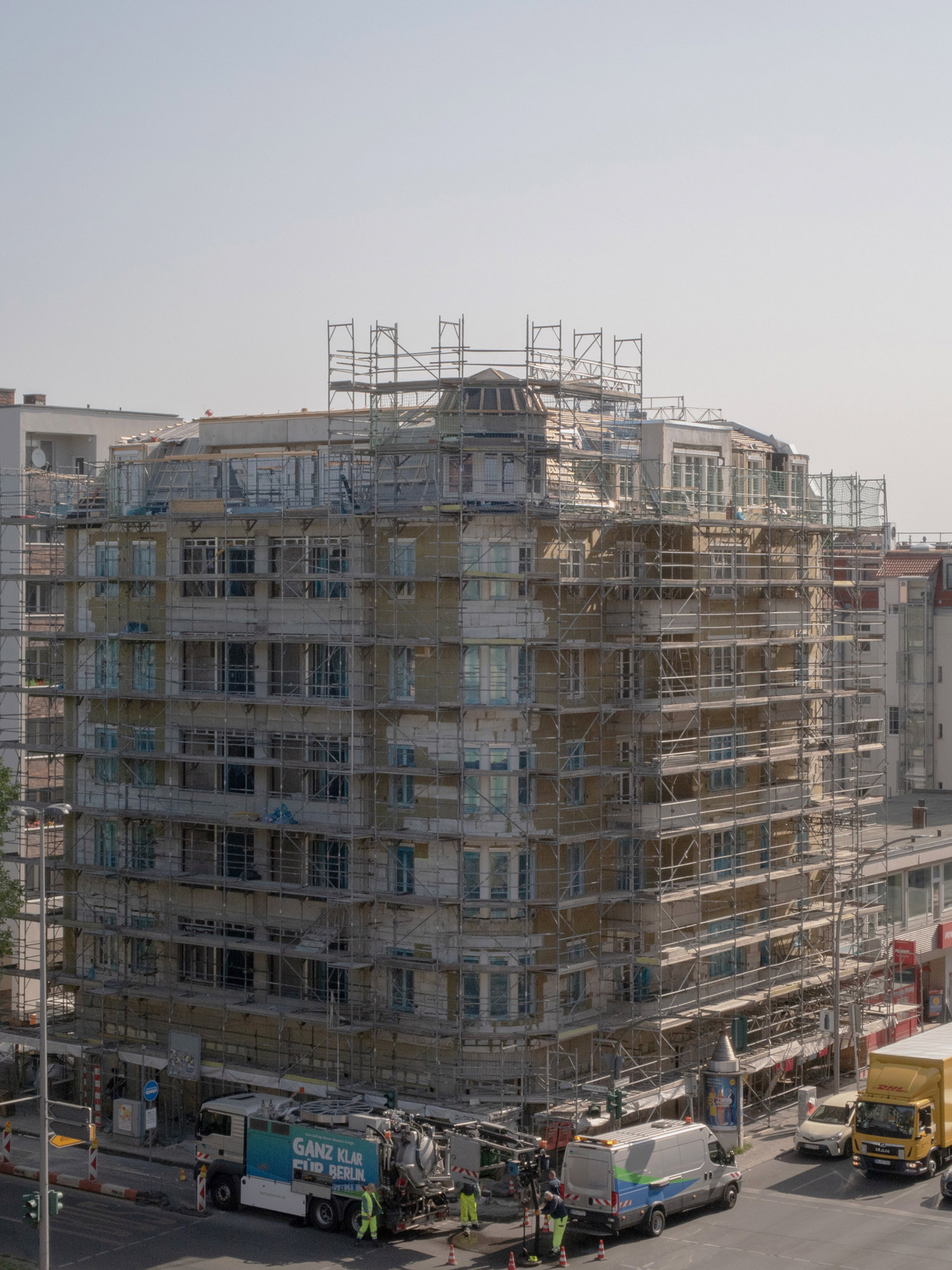
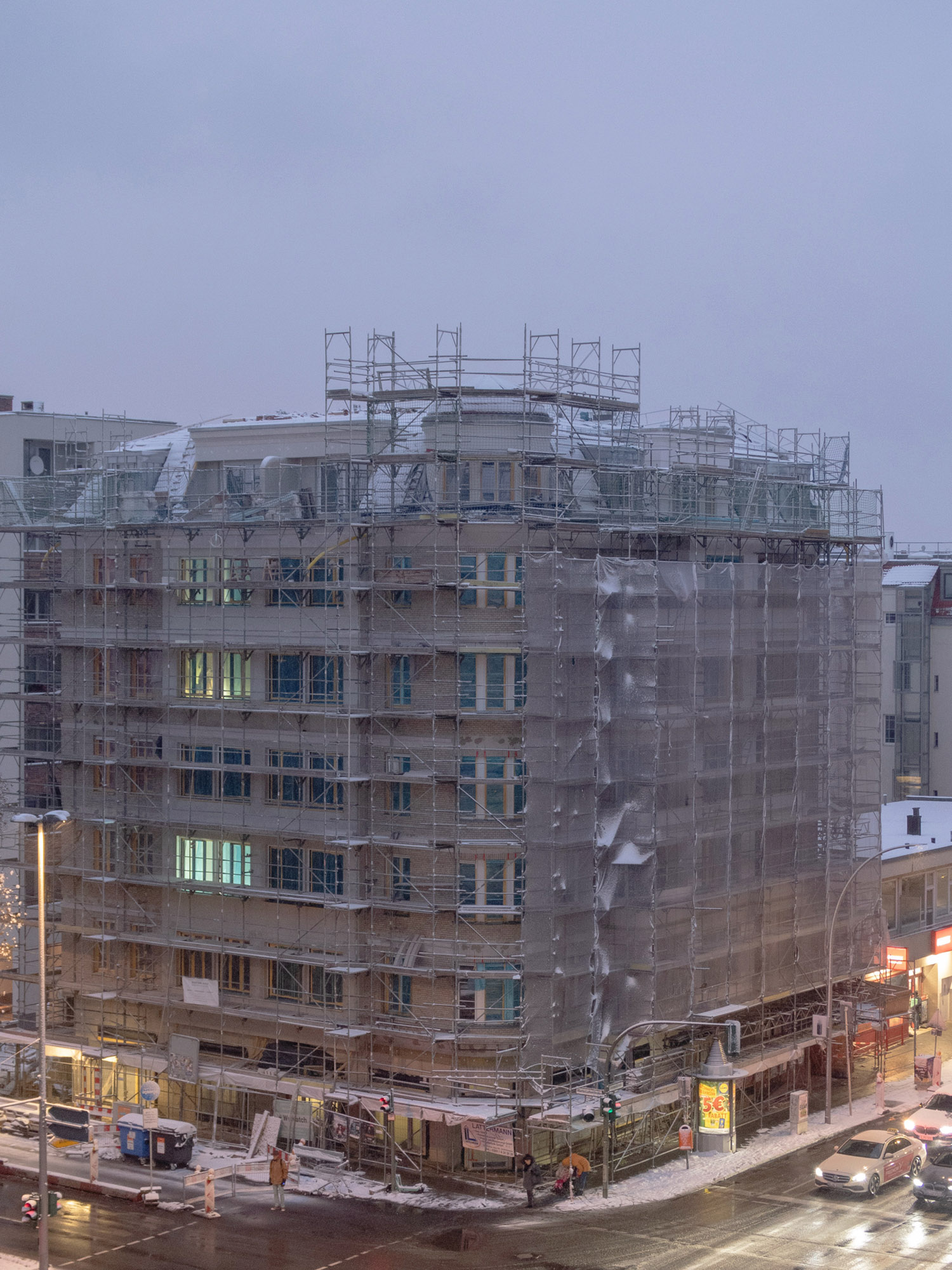
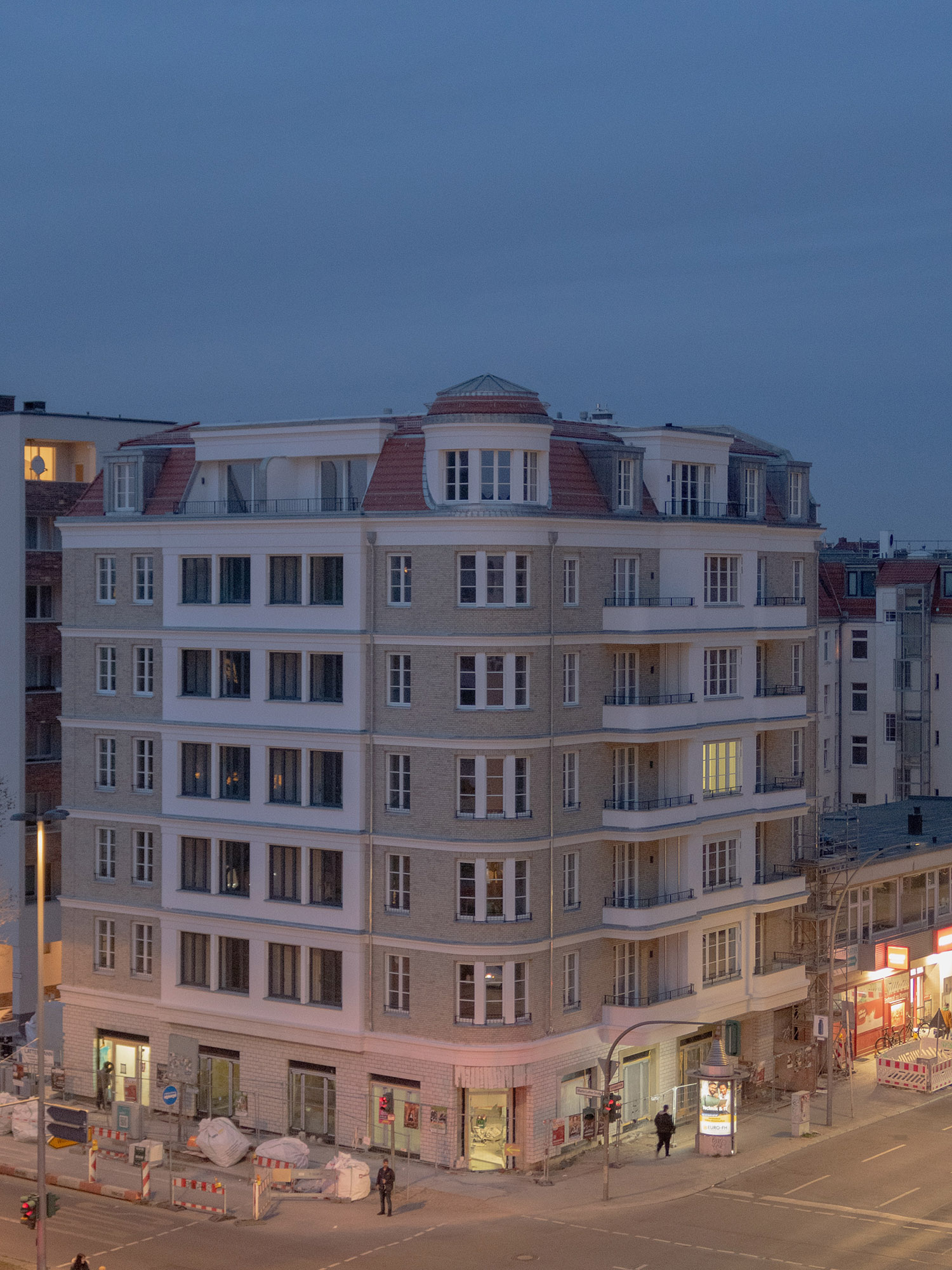
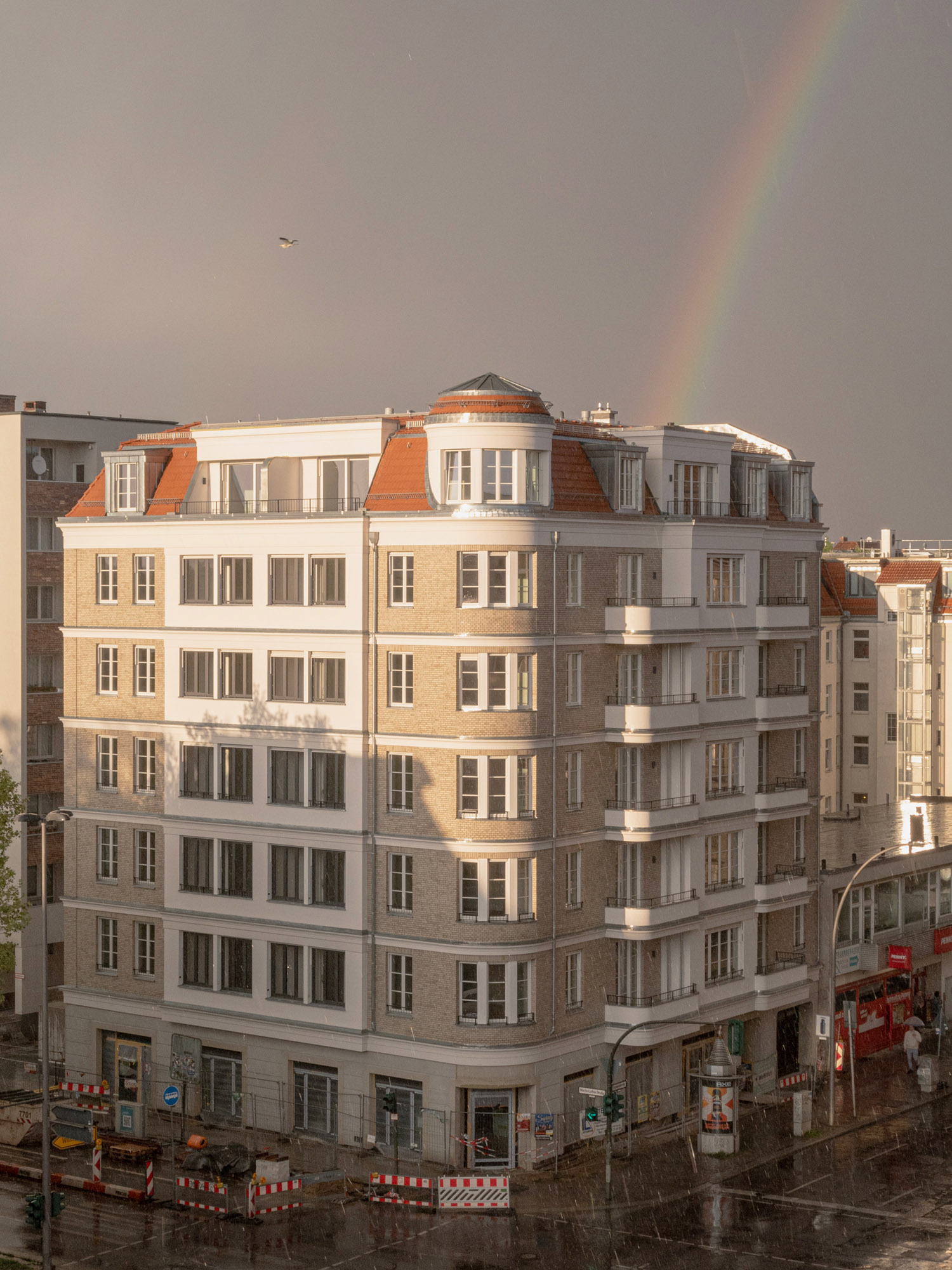
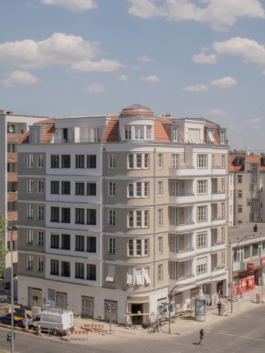
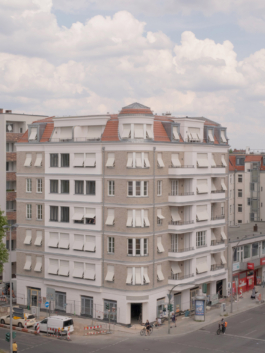
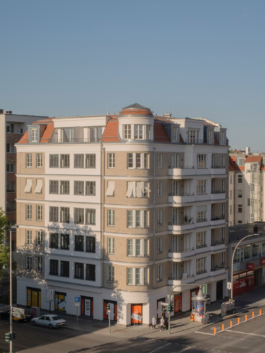

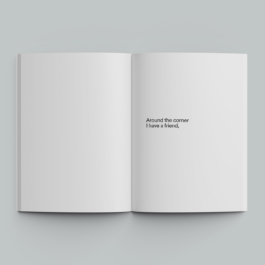
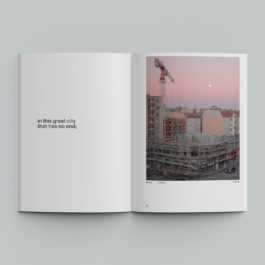
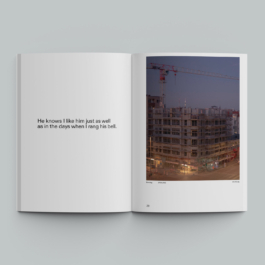
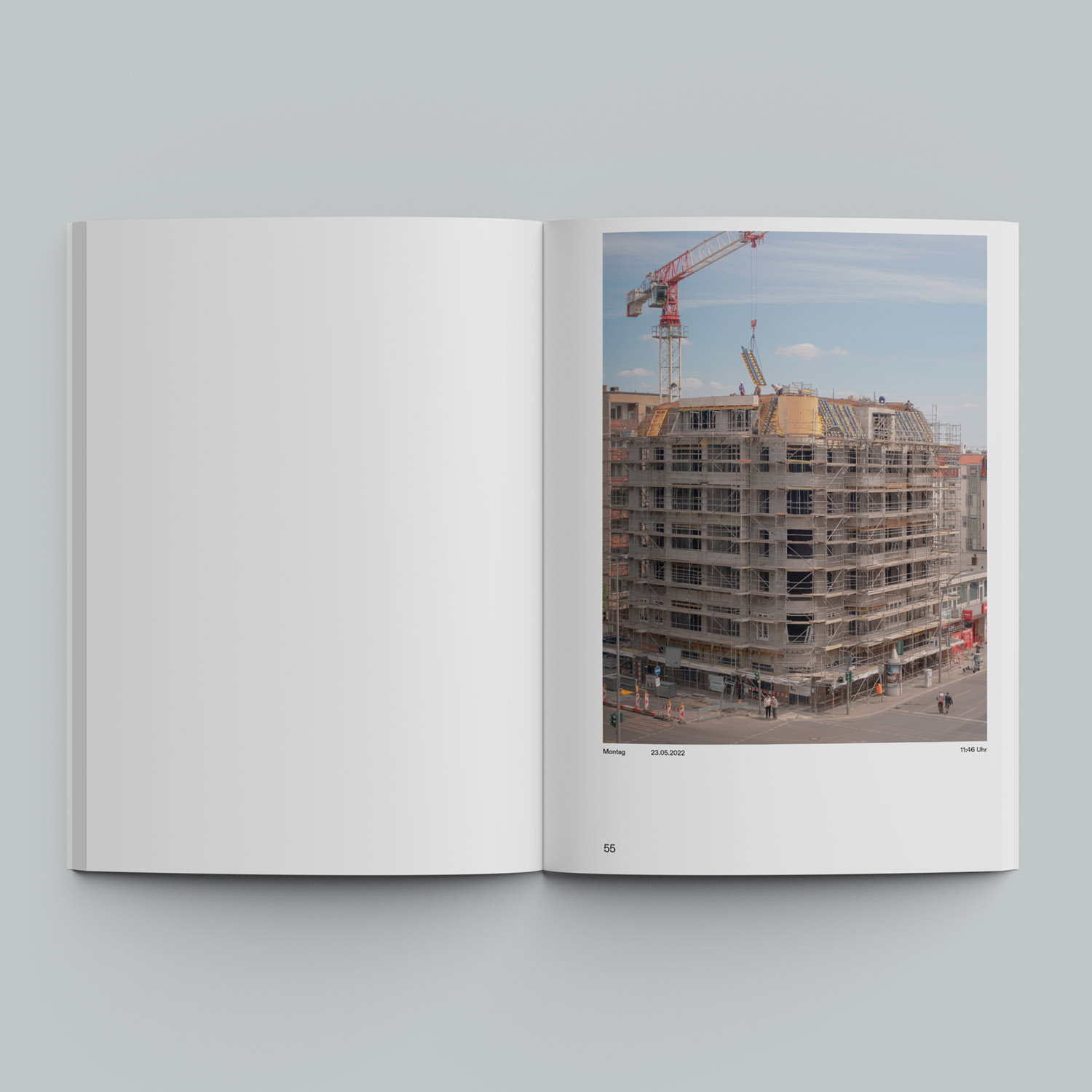
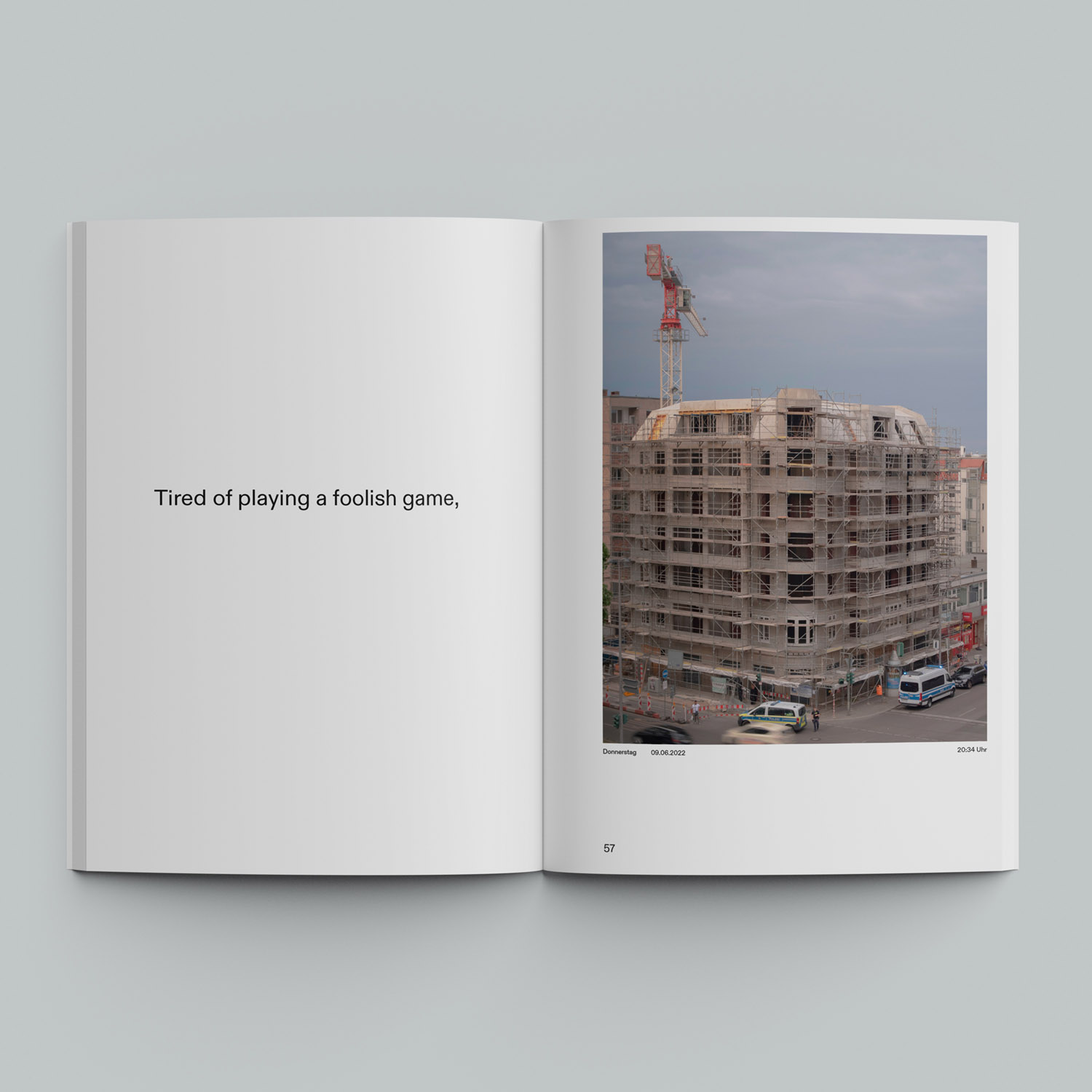
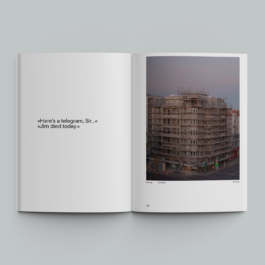
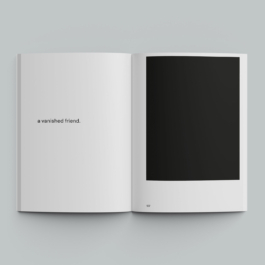
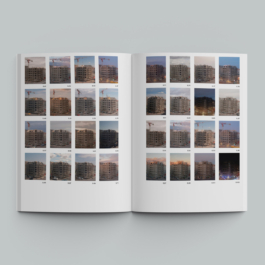
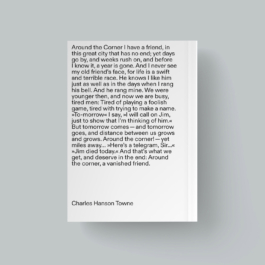
Tokyo—Osaka
Photography
Field notes
2020
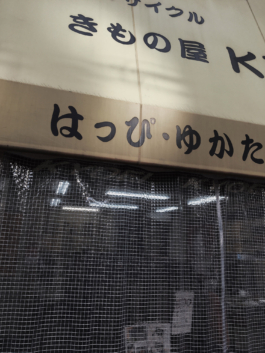
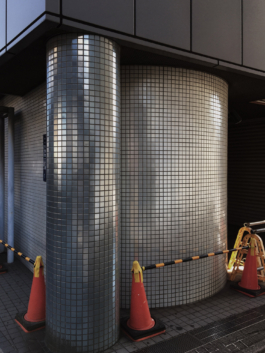
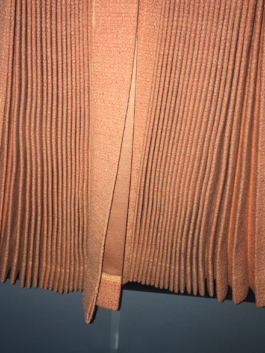
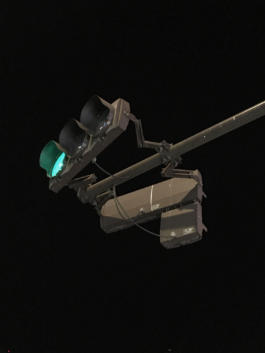
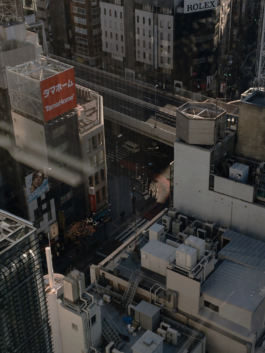
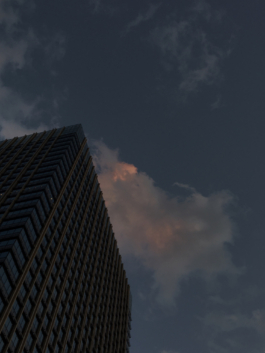
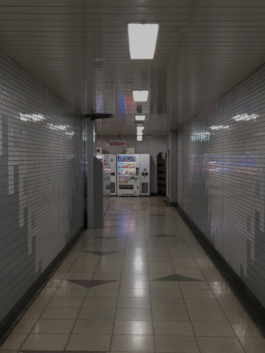
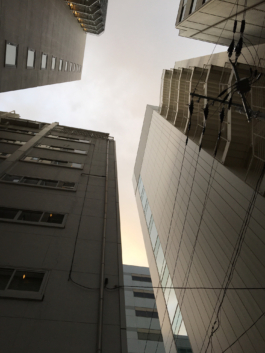
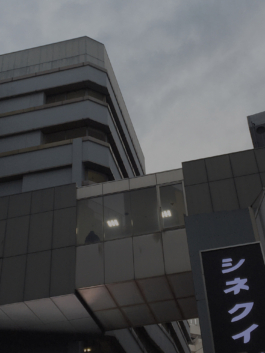
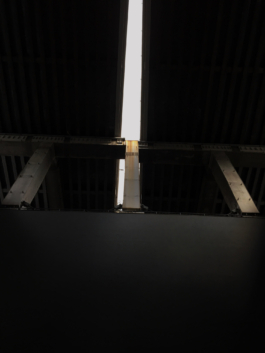
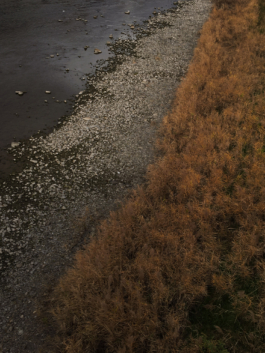
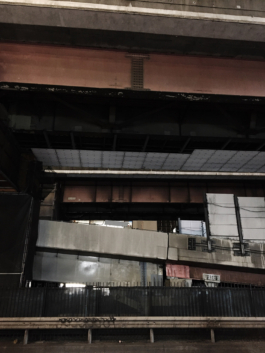
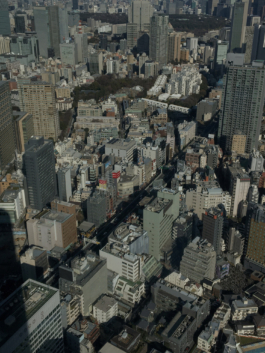
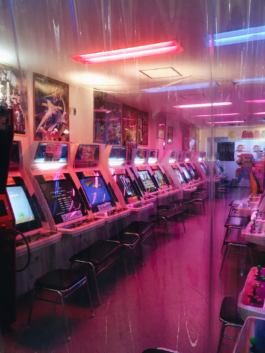
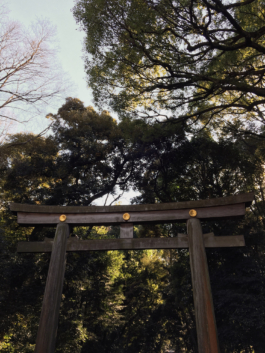
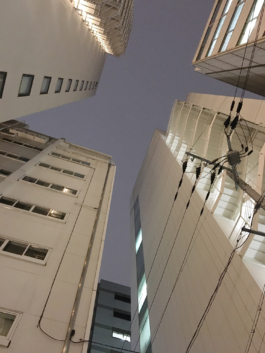
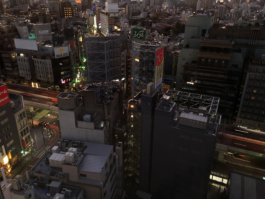
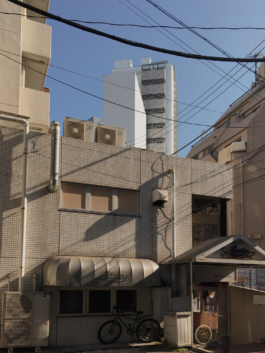
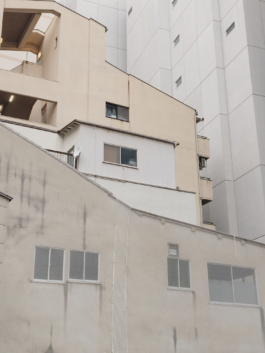
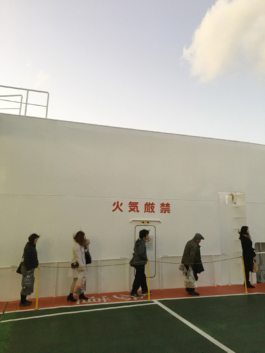
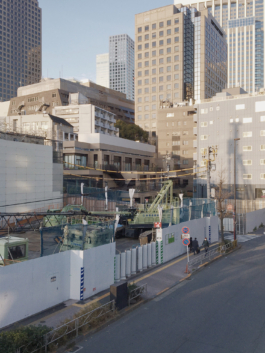
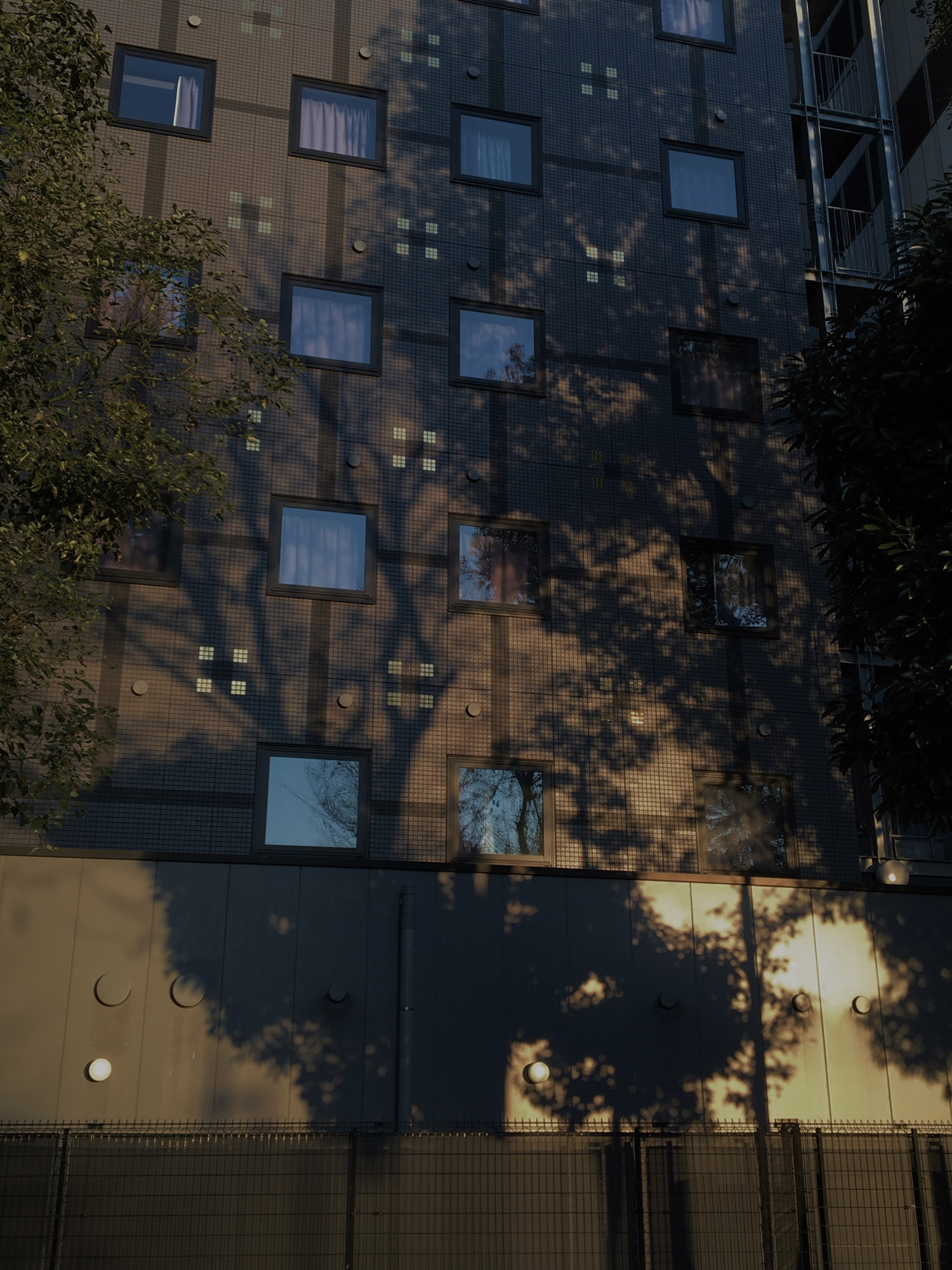
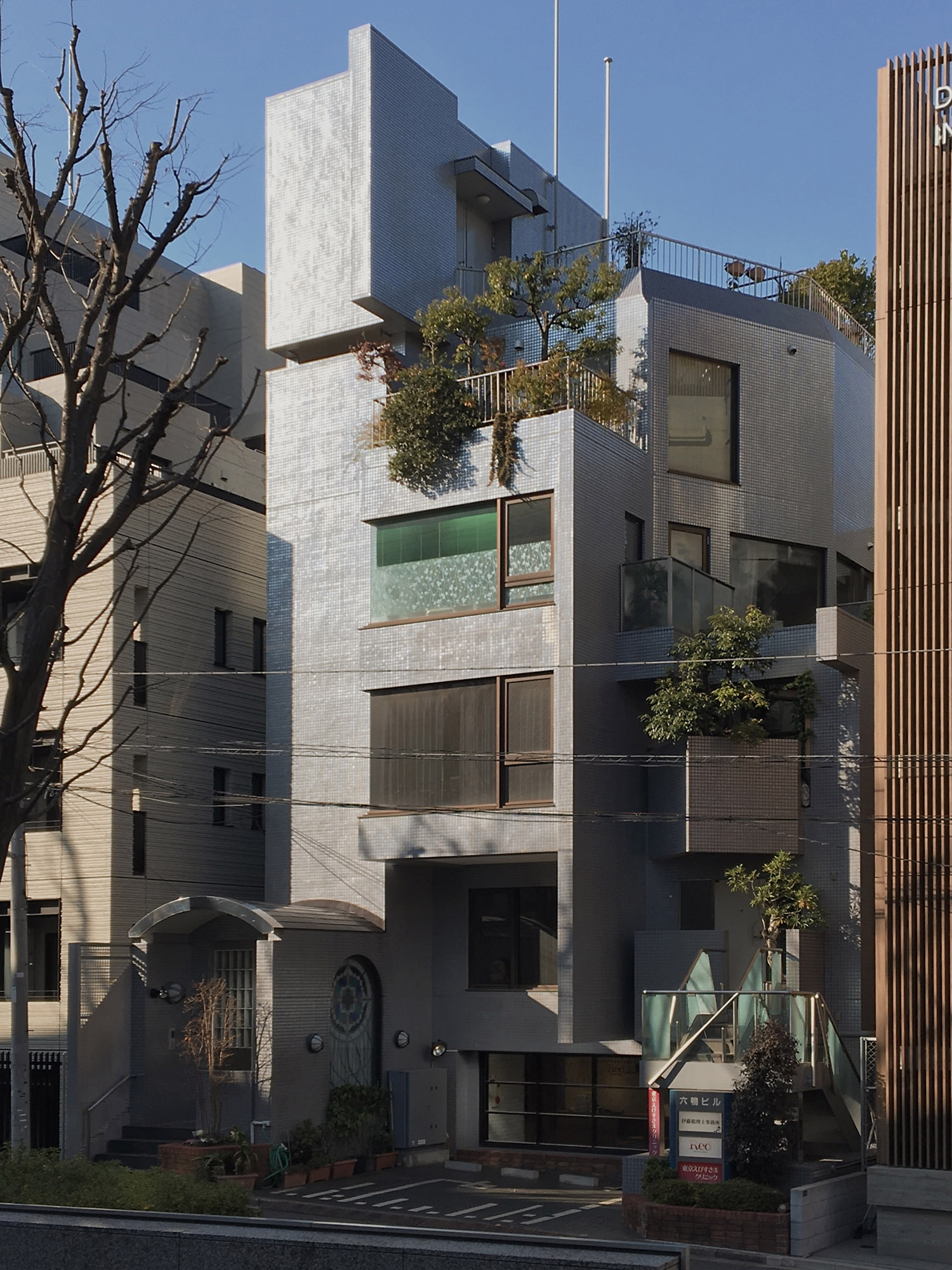
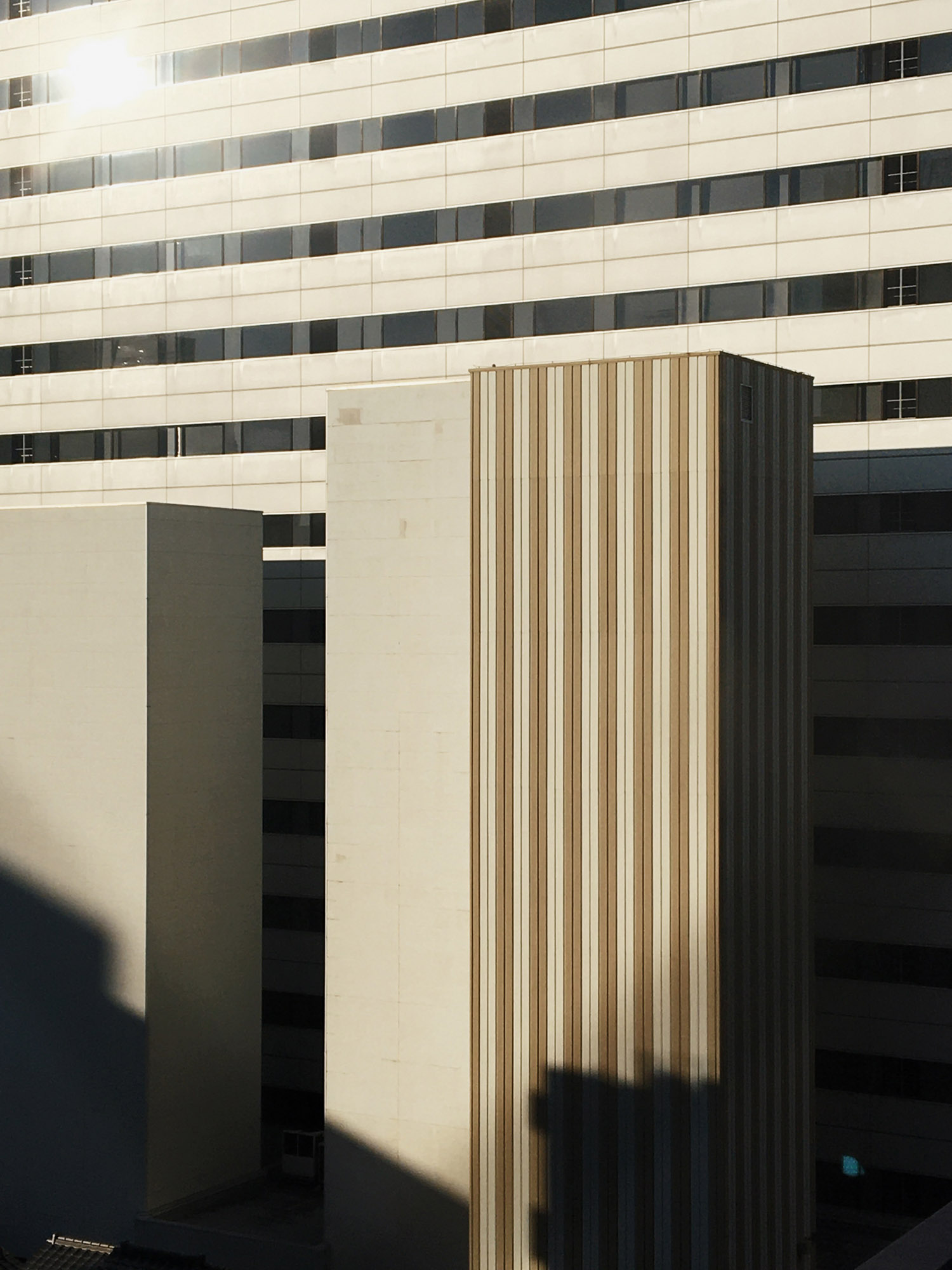
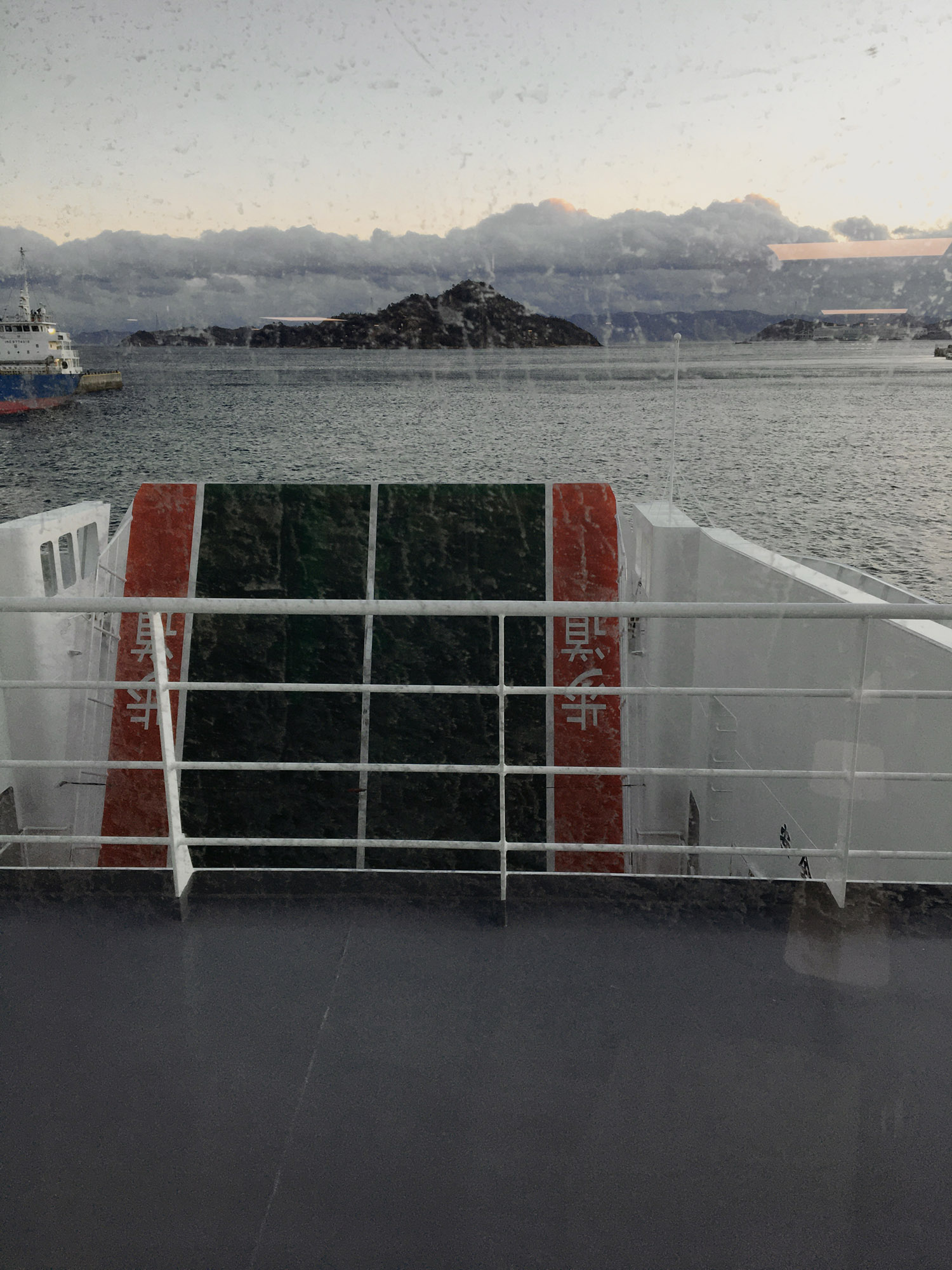
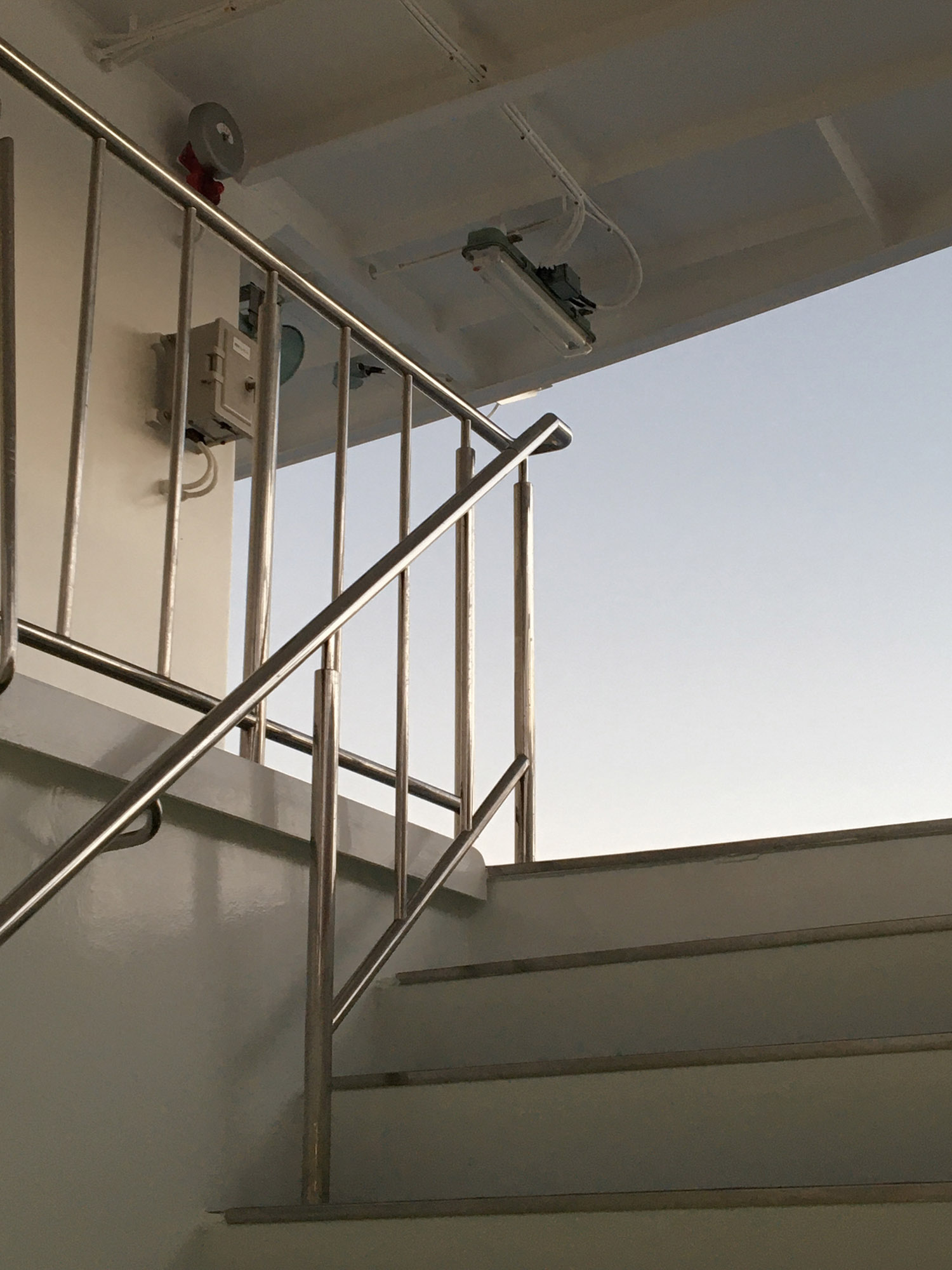
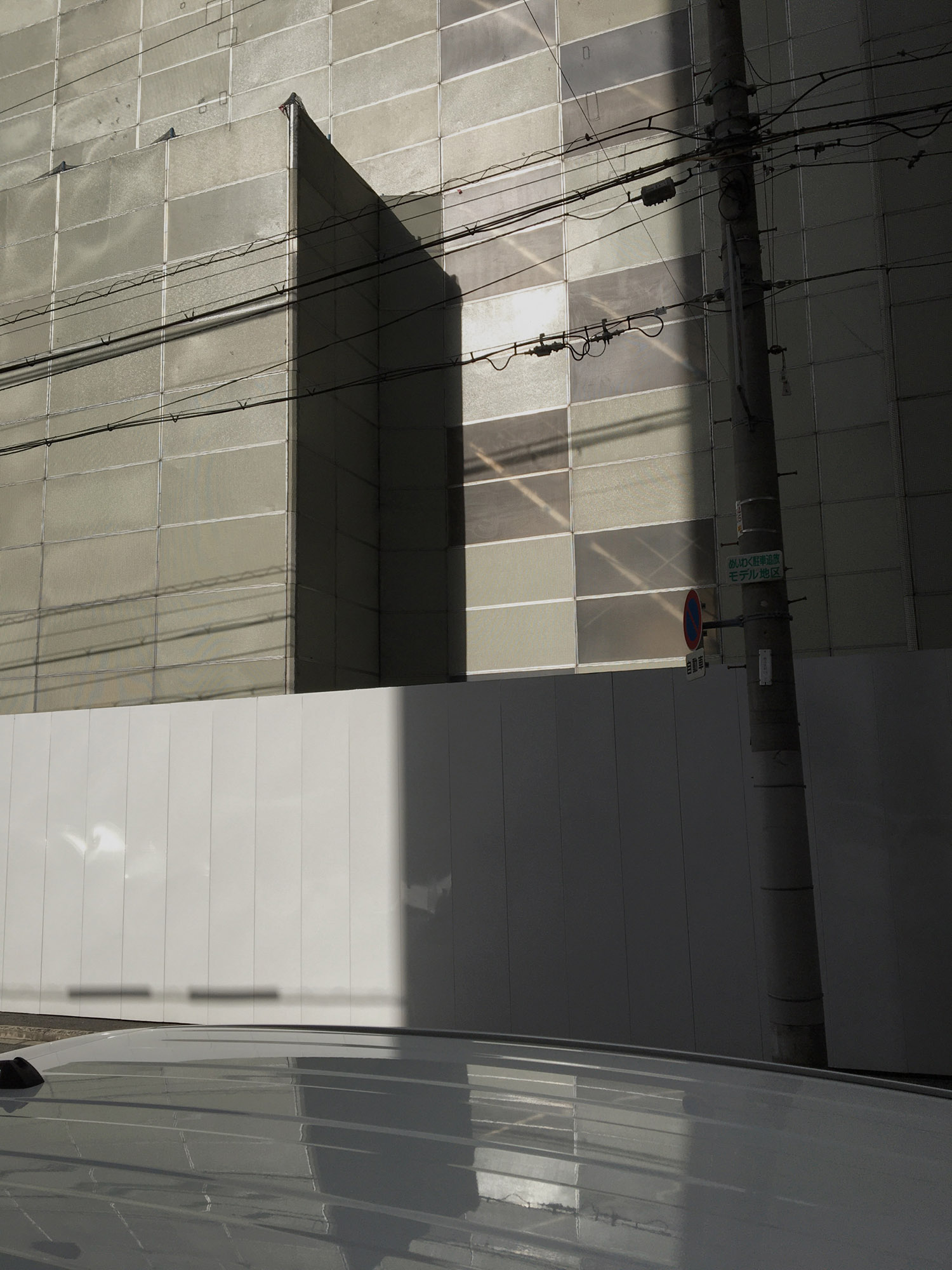
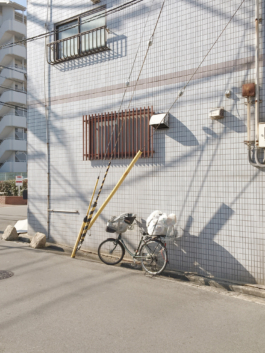
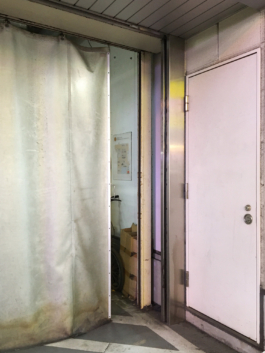
allcitiesarebeautiful.com
Concept, publishing
Web platform
2018–ongoing
allcitiesarebeautiful.com is a community-driven, cross-disciplinary platform for contemporary documentary photography and thoughtful writing that engages with the visual and medial representation of urban space. Since its founding in 2018, the platform has brought together photographic positions that trace the material and symbolic transformations of the built environment—through industrialization, suburbanization, and commercialization. The focus lies on a direct, formally attentive photographic style that approaches urban signs, architectures, and thresholds as visual manifestations of social structures and spatial orders.
Functioning as an archive, curatorial space, and site of discourse, the platform situates photographic practice within a broader field of media-theoretical reflection. Through interviews, artist-centered texts, and critical resources, allcitiesarebeautiful.com links artistic research with questions of visibility, representation, and power in the urban field. Cities are not merely depicted as physical environments, but understood as media—spaces in which meaning, memory, and ideology are constantly negotiated.
Combining theoretical and practice-based approaches to photography and urbanism, the platform operates as an open-access resource that supports a diverse and inclusive photographic culture. It promotes respectful exchange through digital formats, social media, and collaborative contributions. In doing so, allcitiesarebeautiful.com becomes a medium in its own right—a space of critical engagement with city, image, and society.
↘︎ Visit the platform (EN)
»What kind of gaze does the city license? What kind of gaze does it induce, determine, inform, program, organise? What is the nature of the city as reality, as image and as symbol? What is this object of desire, at once near and ungraspable, fascinating and repulsive, attractive and intractable, necessary and unbearable, intimate and impenetrable, available and inaccessible, that it is for itself as well as for the man of the crowd, for the man in the street, for the man of the city, for those who inhabit it and those merely passing through it, for anyone who knows that it is a labyrinth but nonetheless allows himself to remain trapped in it?«
Hubert Damisch, Takashi Homma, The Narcissistic City, 2016.
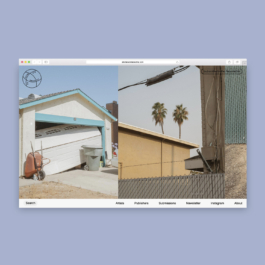
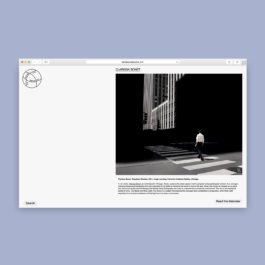
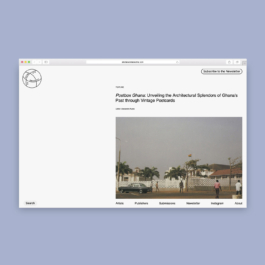
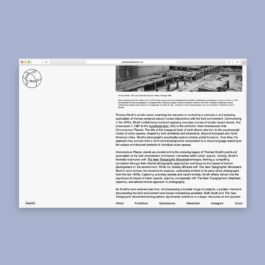
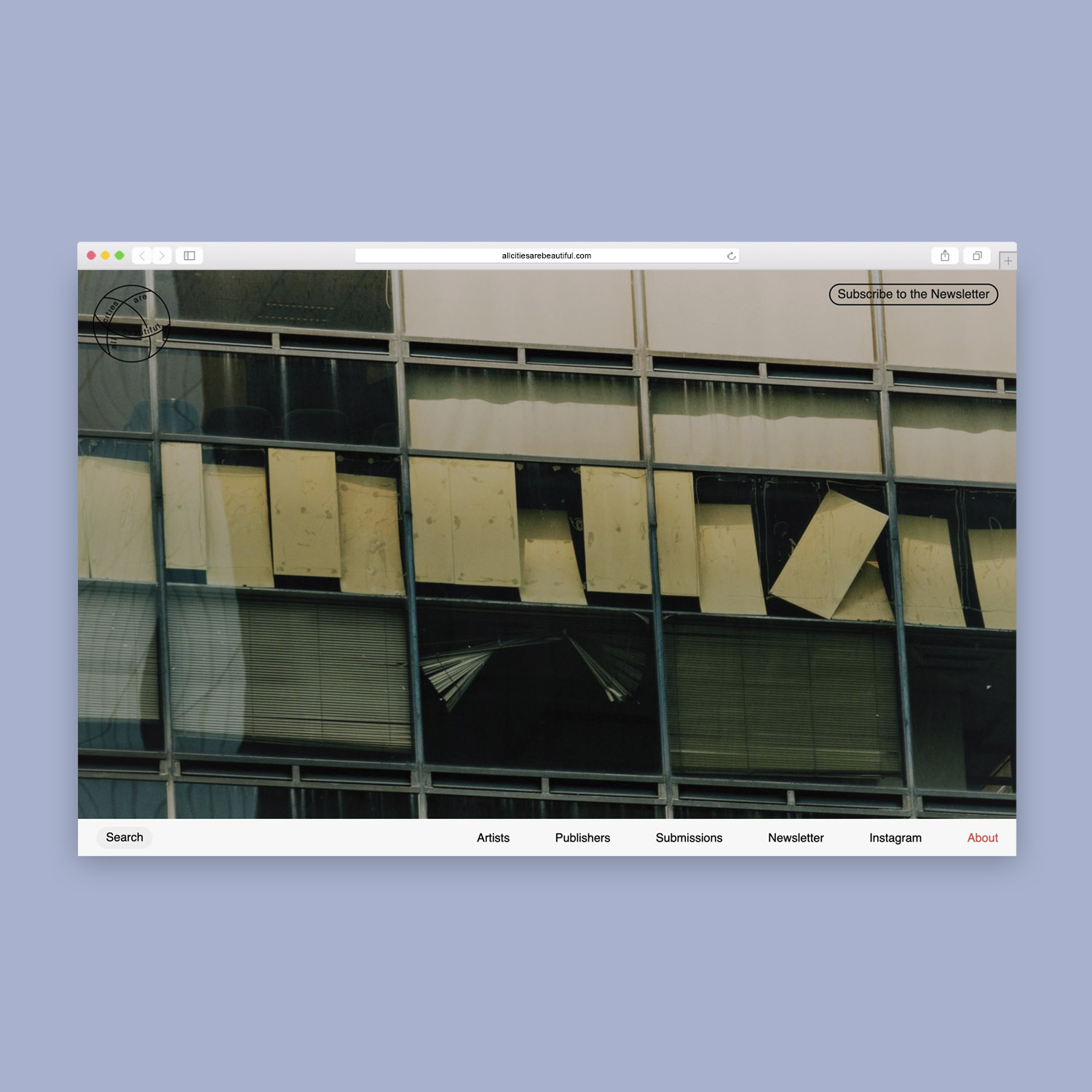
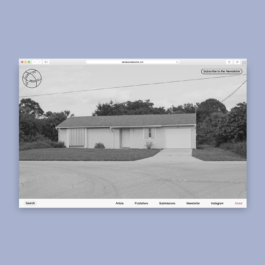
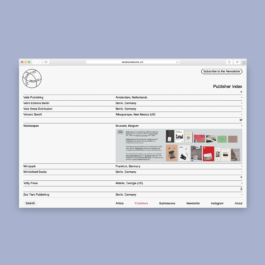
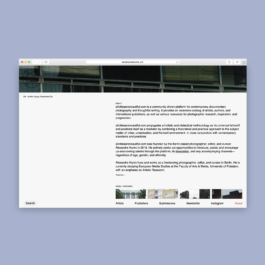
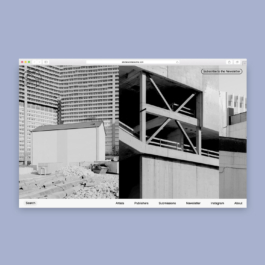
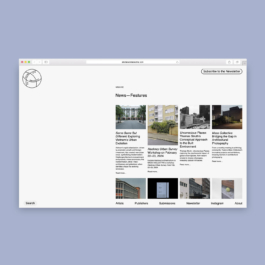
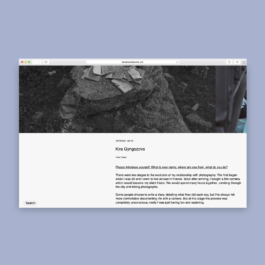
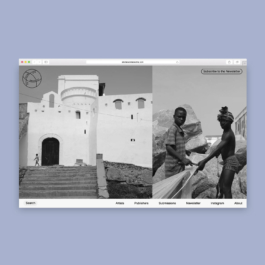
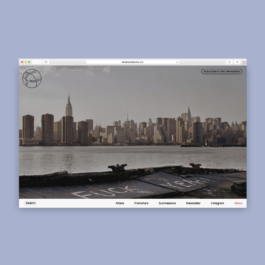
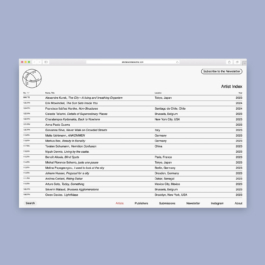
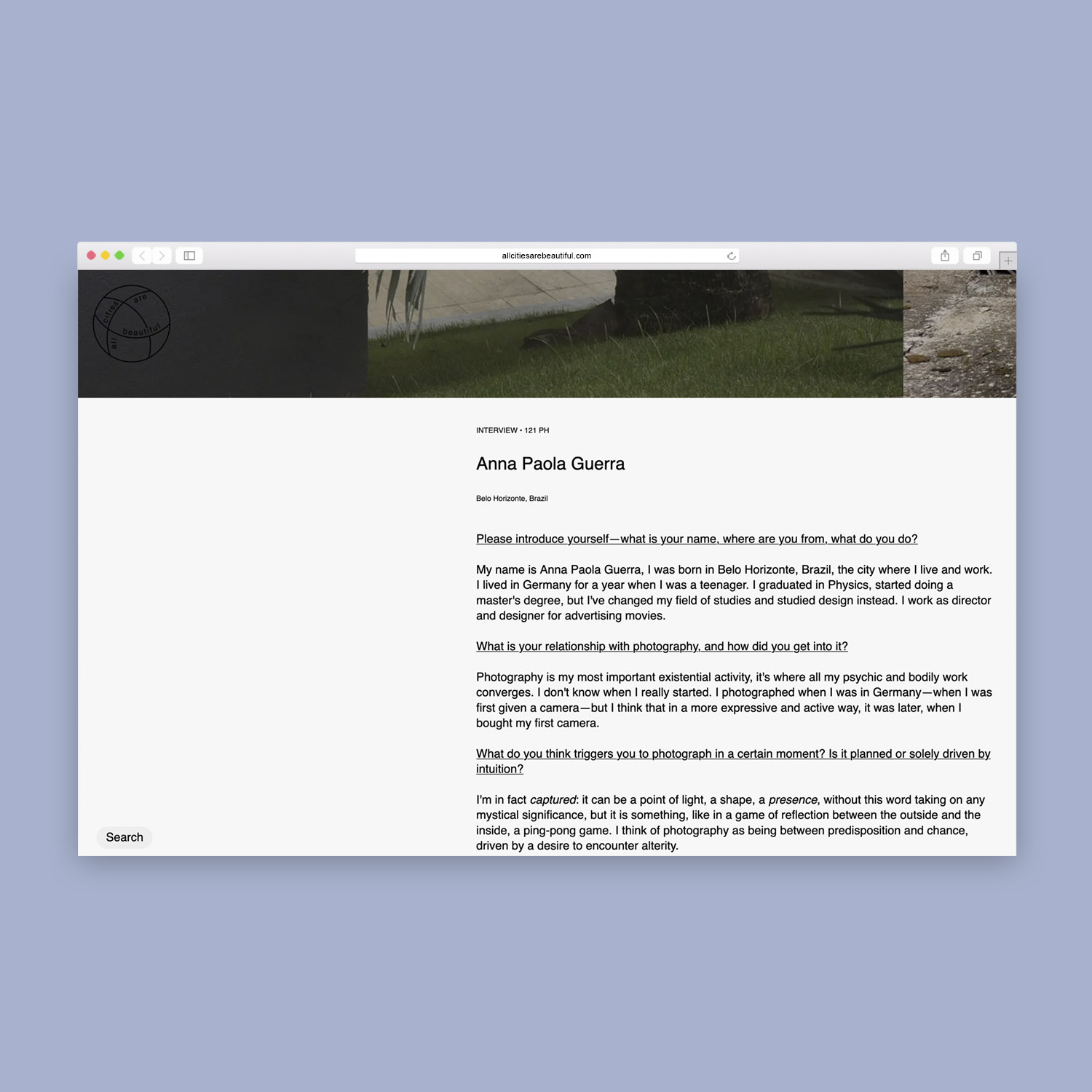
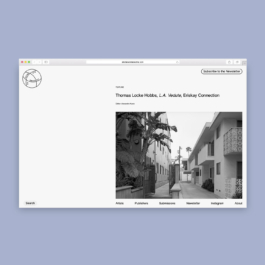
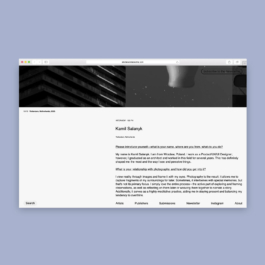
Back to top
Title
Heiland
Category
Photography
Format
Long-term multimedia project
Year
2020–ongoing







































Notes on an Urban Landscape
Photography, text, book design
14,8x21 cm
2025
The urban landscape is a space where nature and architecture meet, intersect, and are continually renegotiated. Notizen einer Stadtlandschaft engages with this relationship between urban space and nature by making visible how green areas, trees, and hedges are embedded in the architecture of Berlin. The work focuses on the everyday, inconspicuous aspects of this urban nature that are often overlooked, showing how they can nonetheless serve as places of retreat and contemplation.
The 36 black-and-white photographs trace the boundaries of the Berlin district Tempelhof-Schöneberg and draw on classical motifs and topoi found in depictions of Arcadia—an idealized landscape in art history. The aim is not to repeat these concepts in a romanticizing way, but to translate them into the context of the contemporary city: the locus amoenus (the pleasant or idyllic place) is reinterpreted and situated within urban life.
Notizen einer Stadtlandschaft is a visual reflection on the transience and presence of nature within the city. It asks where we go to withdraw, where we pause, and whether it is possible to find a personal connection to nature within a structured urban environment. It invites viewers to consider the significance and value of these seemingly banal places and to sharpen their perception for the unspectacular.
↘︎ Download full text PDF (DE)
































SEOUL
Photography
Field notes
2025

































New York City
Photography
Field notes
2023






















En passant: Accounts of the Gaze
Film
Documentary, 1080p, 07:33 min
2023
en passant: accounts of the gaze (2023) is an artistic and conceptual work that investigates the gaze as a primary instance of every interpersonal interaction. Central to the film is the gaze in passing (fr. en passant), through which a relationship is established between the act of seeing—the gaze of one person upon another and vice versa—and the domain of everyday racism, understood as prejudice, generalized suspicion, and structurally ingrained assumptions. The work addresses the gaze as gesture, as expression, and as a form of resistance; everyday narratives and personal accounts of Black people living in Germany provide the contextual framework. Each encounter begins with a gaze—sometimes brief, sometimes prolonged; sometimes avoided—yet in every instance, communication occurs. Gazes may appear insistent, intrusive, oppositional, fearful, cheerful, friendly, inviting, aroused, or arousing. Through them, stories are told about experience, desire, fear, and hope, and a continuous relational exchange unfolds with those who are being observed, as gazes are interpreted, reciprocated, and responded to.
At the heart of the work are narratives from the Black diaspora in Germany: people who provide insight into their everyday experiences—sometimes painful, sometimes absurd, sometimes bitterly humorous—thereby contextualizing their own gaze. The extreme close-up of the narrators and the focus on their eyes serve to concentrate attention and render visible the narrow frame—both internal and external—within which they often move: imposed and constrained by a discriminatory and colonial-racist exterior, and simultaneously internalized through confrontation and social conditioning. The gaze functions here both as the directing of the eyes toward something and as an expression of the eyes themselves.
In the spirit of the Cameroonian Kwelle Ndumbe, who in 1896 acquired an opera glass to observe visitors at the First German Colonial Exhibition in Berlin’s Treptower Park, en passant: accounts of the gaze seeks to make visible through attentive looking. What do the narrators’ gazes reveal? How do viewers look at them, and how are viewers themselves looked at? What becomes perceptible through the gaze—in oneself, in the other?
Image: Alexandre Kurek, en passant: accounts of the gaze, 2023, film still, 07:33 min.


Around the Corner I have a Friend
Photography, book design
14,8x21 cm
2020–2025
Around the Corner I have a Friend (2020) is a photographic-literary work that approaches urban transformation, memory, and transience not as isolated phenomena but as interwoven processes. Its starting point is the poem of the same name by Charles Hanson Towne (1919), whose linear and formally rigid structure serves as a framework for a photographic investigation of the unfinished and the impermanent within the urban landscape.
The work does not aim to document architecture in a strict sense; rather, it traces the visual presence of the in-between—what is not yet completed, what is about to disappear. At its core, the project brings together two layers that never directly intersect: the poem’s reflection on loss and death and a serial photographic structure that, through minor compositional variations, reflects on the photographic medium itself. Urban space is not presented as static or neutral but as a site of collective experience—a space where personal histories, architectural development, and temporal processes intersect.
The images were created over a period of five years (2020–2025) as part of a long-term observation of a single construction site in Berlin. Formally, the photographic series draws on the logic of typology but breaks it subtly through handheld shooting. The resulting micro-variations between images reveal urban reality as unstable, contradictory, and shaped by constant change: the city emerges as a space in which visibility and absence, proximity and distance, presence and erasure are continuously negotiated. The work thus poses questions about how memory is constructed, how time can be shaped in images, and how urban transformation can be narrated—not as a linear story, but as a fragmentary and open-ended process.













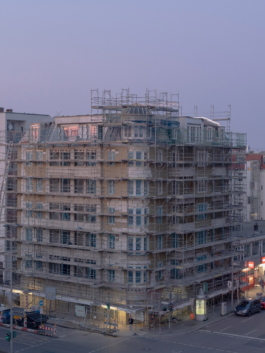



















Tokyo—Osaka
Photography
Field notes
2020




























allcitiesarebeautiful.com
Concept, publishing
Web platform
2018–ongoing
allcitiesarebeautiful.com is a community-driven, cross-disciplinary platform for contemporary documentary photography and thoughtful writing that engages with the visual and medial representation of urban space. Since its founding in 2018, the platform has brought together photographic positions that trace the material and symbolic transformations of the built environment—through industrialization, suburbanization, and commercialization. The focus lies on a direct, formally attentive photographic style that approaches urban signs, architectures, and thresholds as visual manifestations of social structures and spatial orders.
Functioning as an archive, curatorial space, and site of discourse, the platform situates photographic practice within a broader field of media-theoretical reflection. Through interviews, artist-centered texts, and critical resources, allcitiesarebeautiful.com links artistic research with questions of visibility, representation, and power in the urban field. Cities are not merely depicted as physical environments, but understood as media—spaces in which meaning, memory, and ideology are constantly negotiated.
Combining theoretical and practice-based approaches to photography and urbanism, the platform operates as an open-access resource that supports a diverse and inclusive photographic culture. It promotes respectful exchange through digital formats, social media, and collaborative contributions. In doing so, allcitiesarebeautiful.com becomes a medium in its own right—a space of critical engagement with city, image, and society.
↘︎ Visit the platform (EN)
»What kind of gaze does the city license? What kind of gaze does it induce, determine, inform, program, organise? What is the nature of the city as reality, as image and as symbol? What is this object of desire, at once near and ungraspable, fascinating and repulsive, attractive and intractable, necessary and unbearable, intimate and impenetrable, available and inaccessible, that it is for itself as well as for the man of the crowd, for the man in the street, for the man of the city, for those who inhabit it and those merely passing through it, for anyone who knows that it is a labyrinth but nonetheless allows himself to remain trapped in it?«
Hubert Damisch, Takashi Homma, The Narcissistic City, 2016.

















Back to top